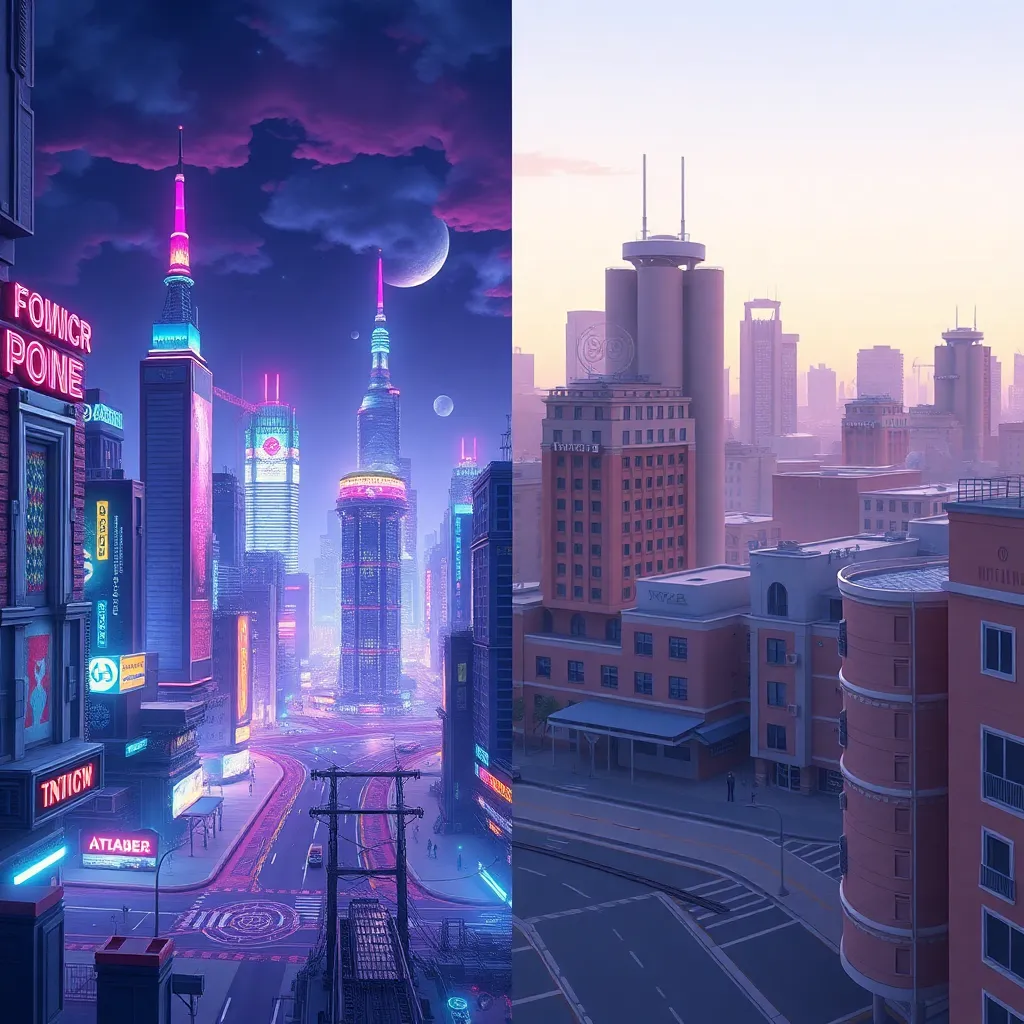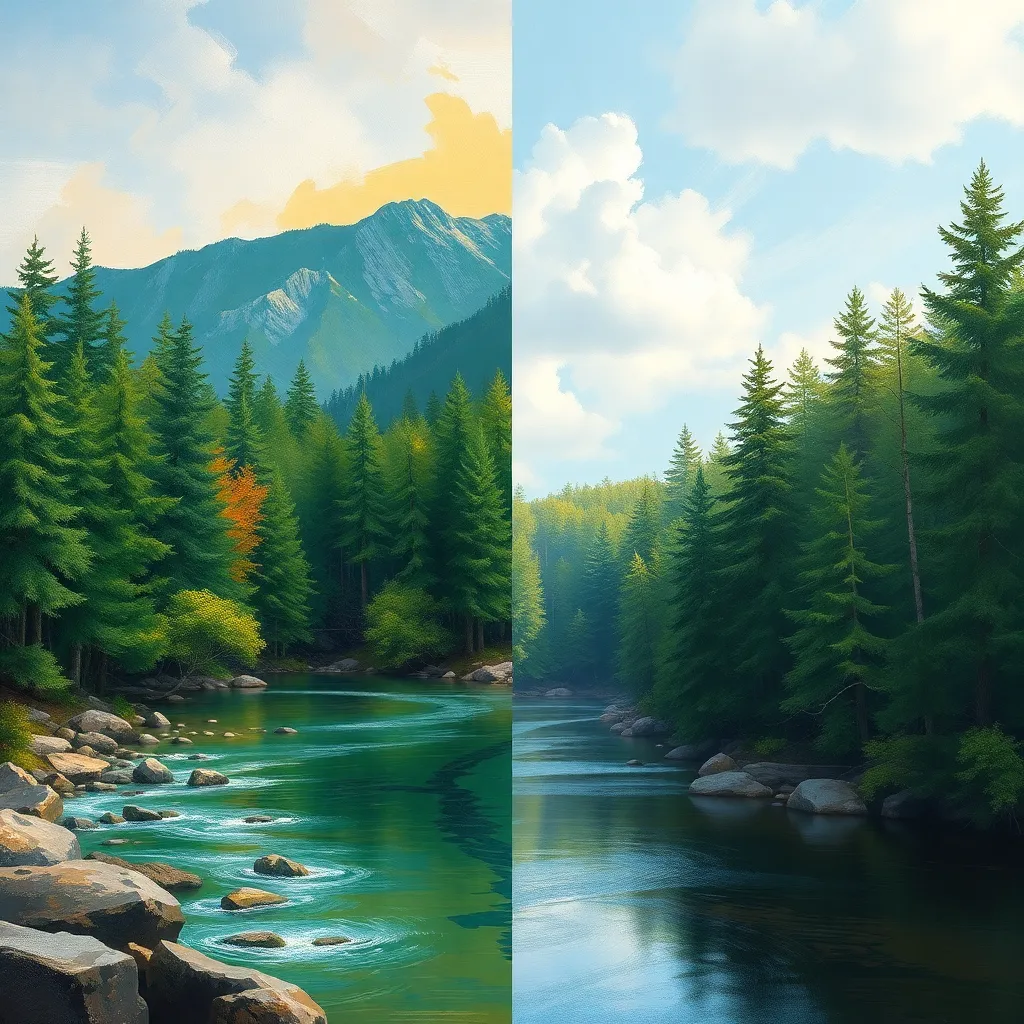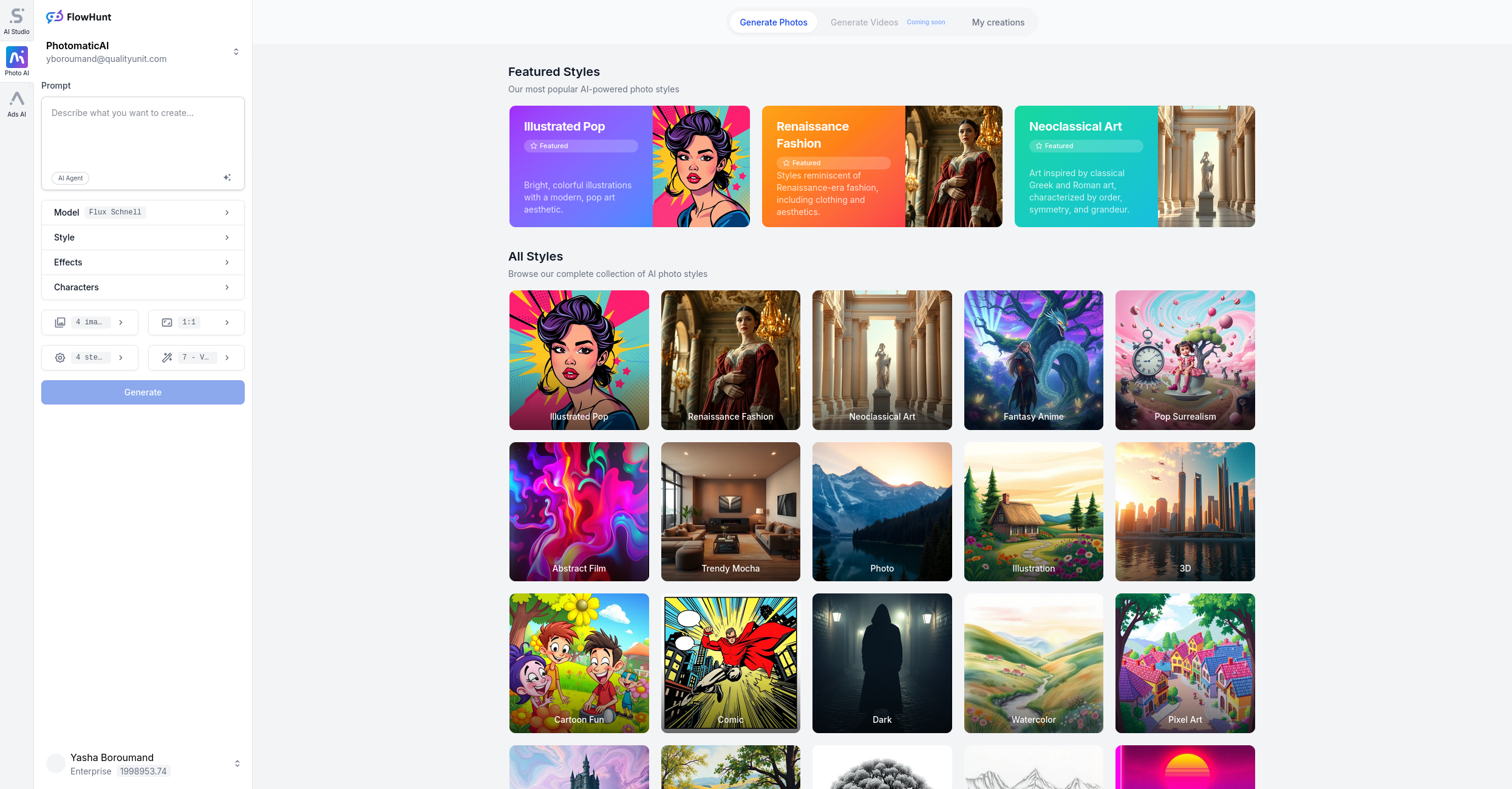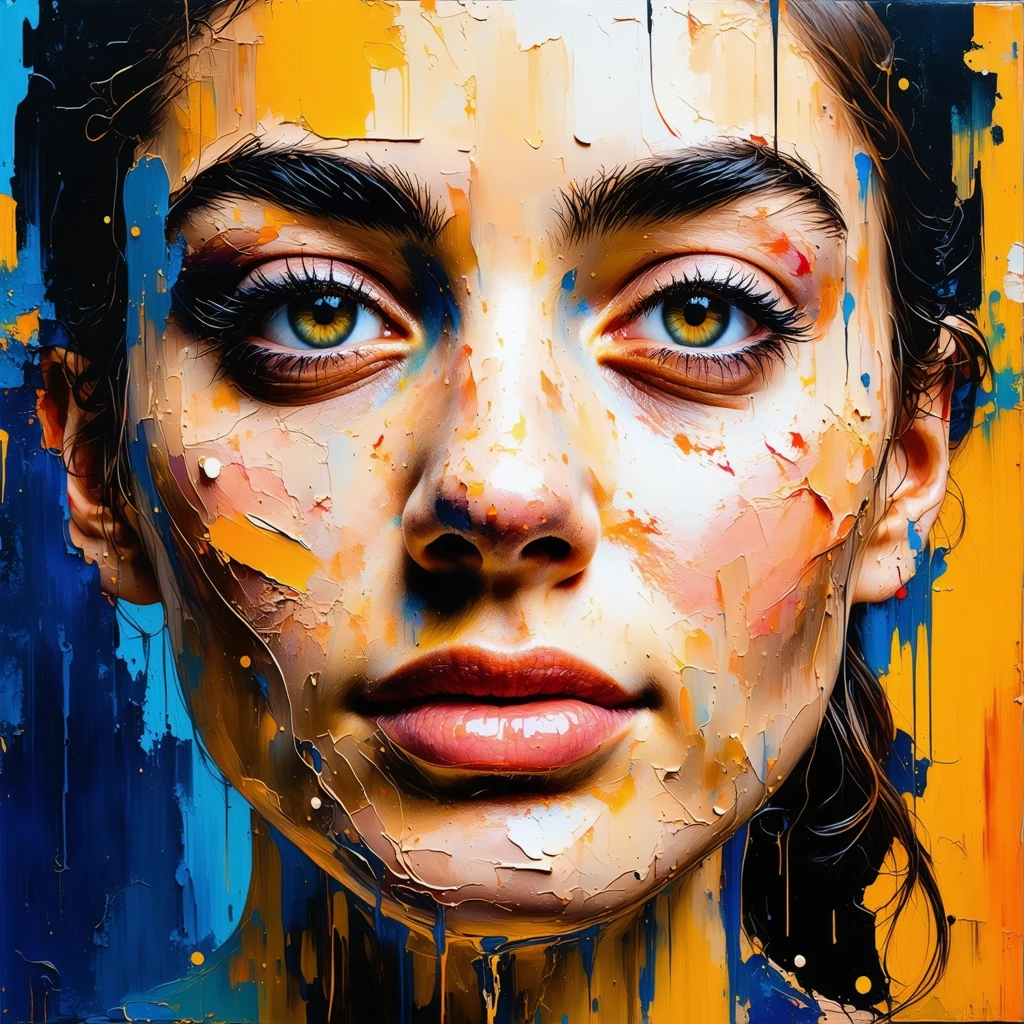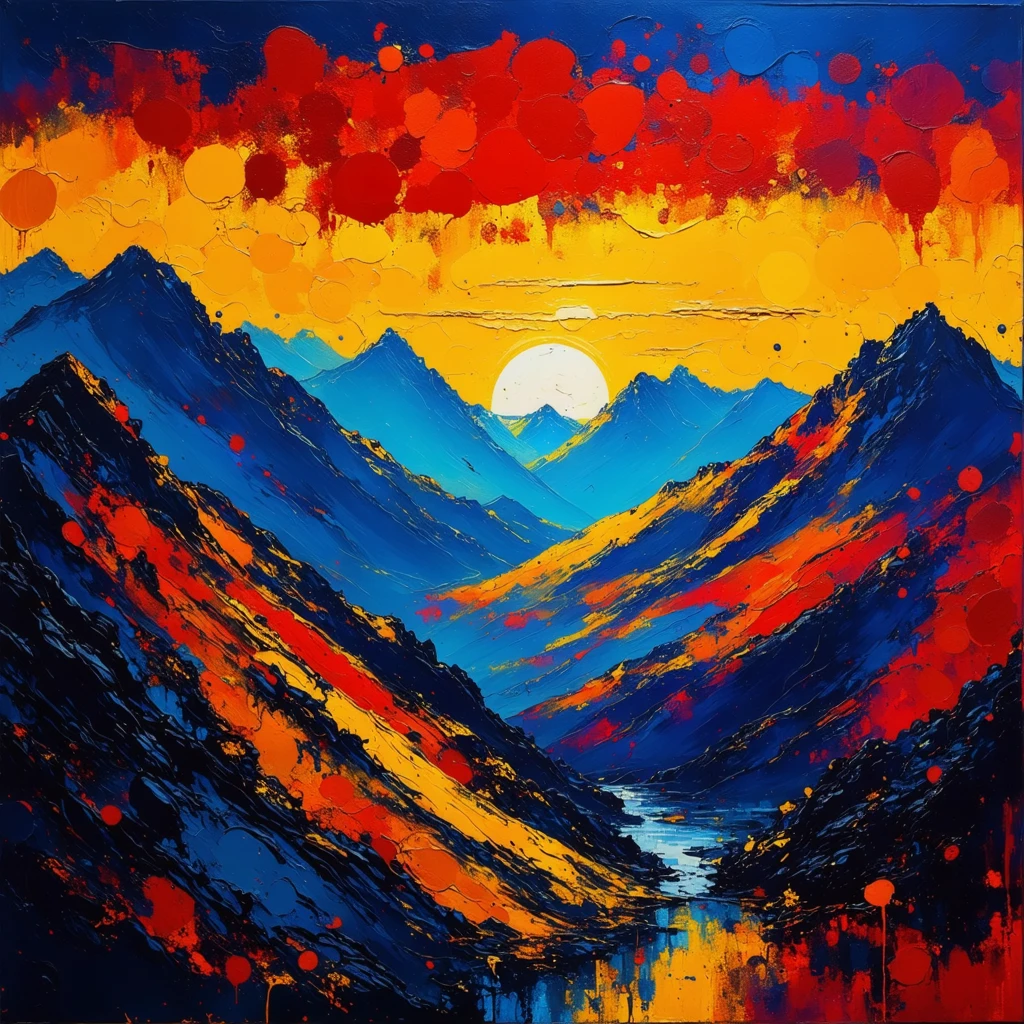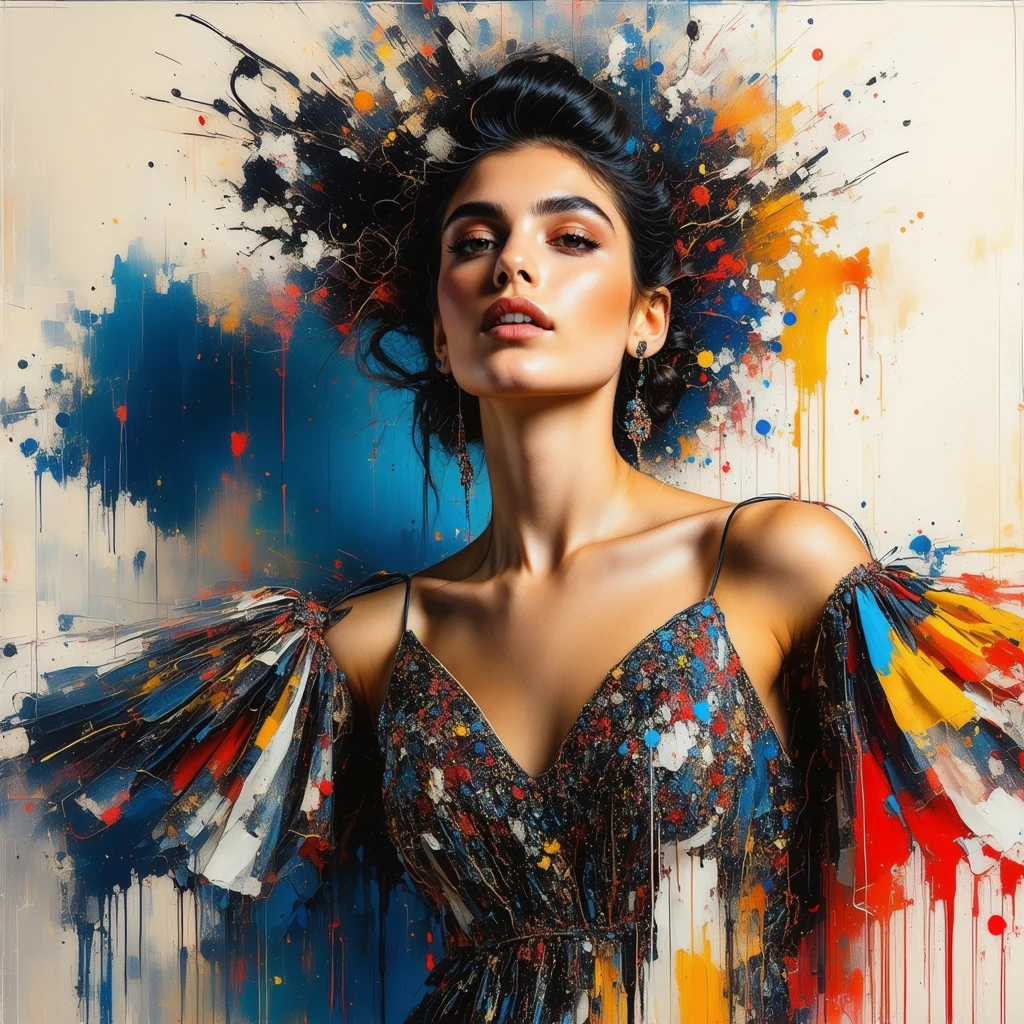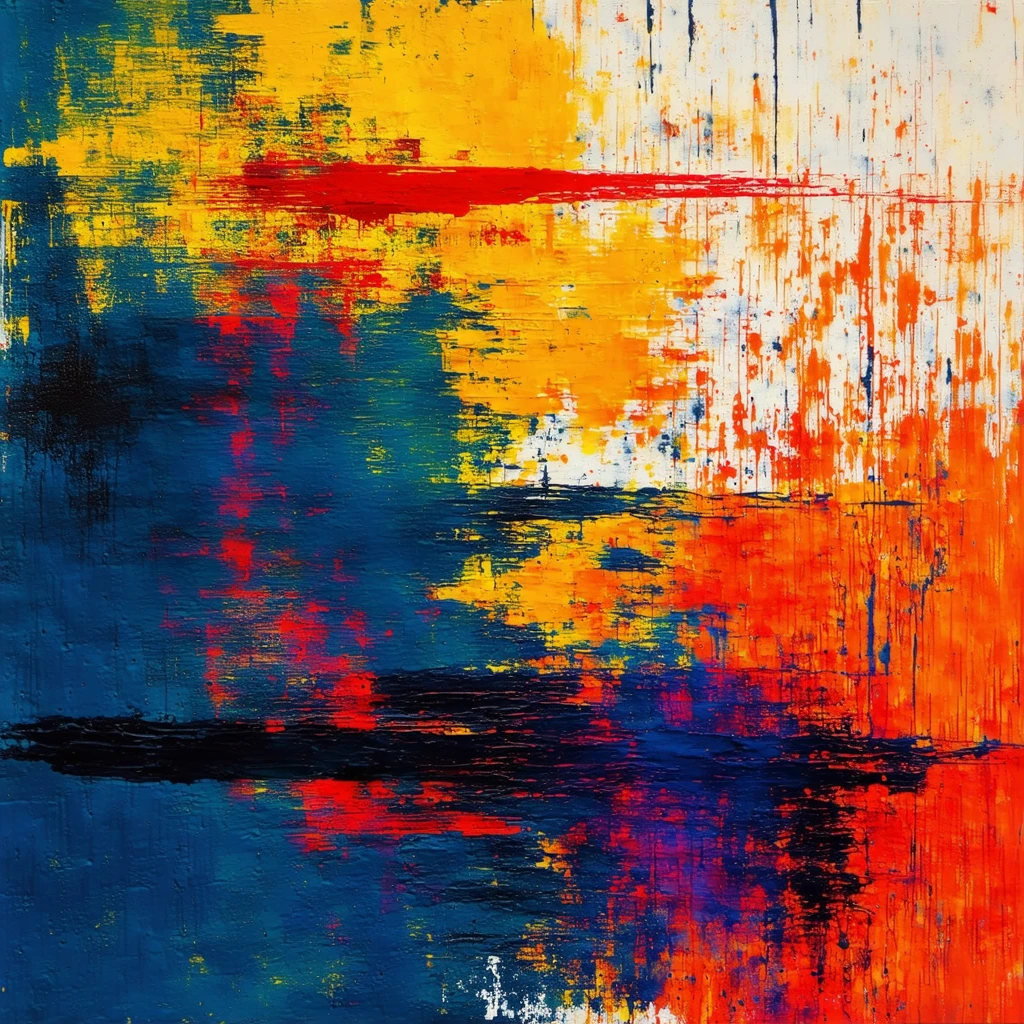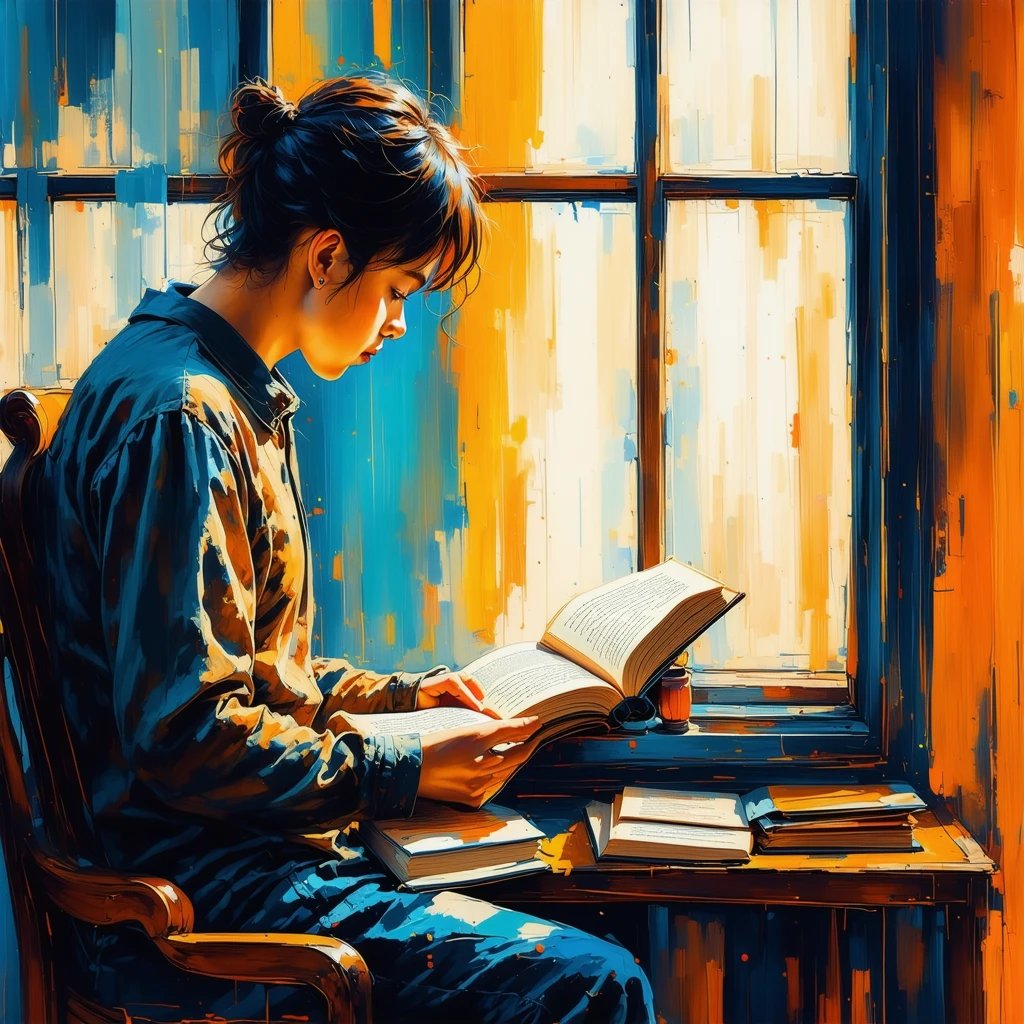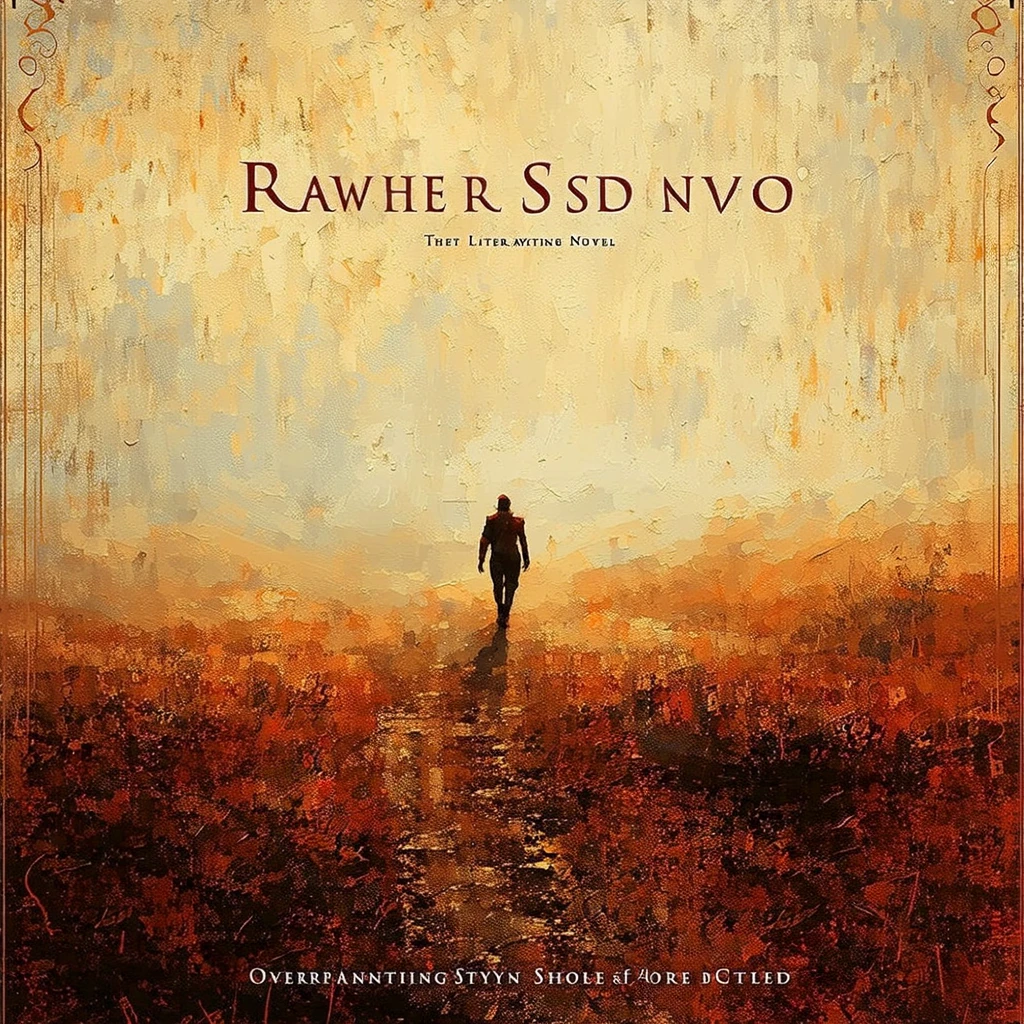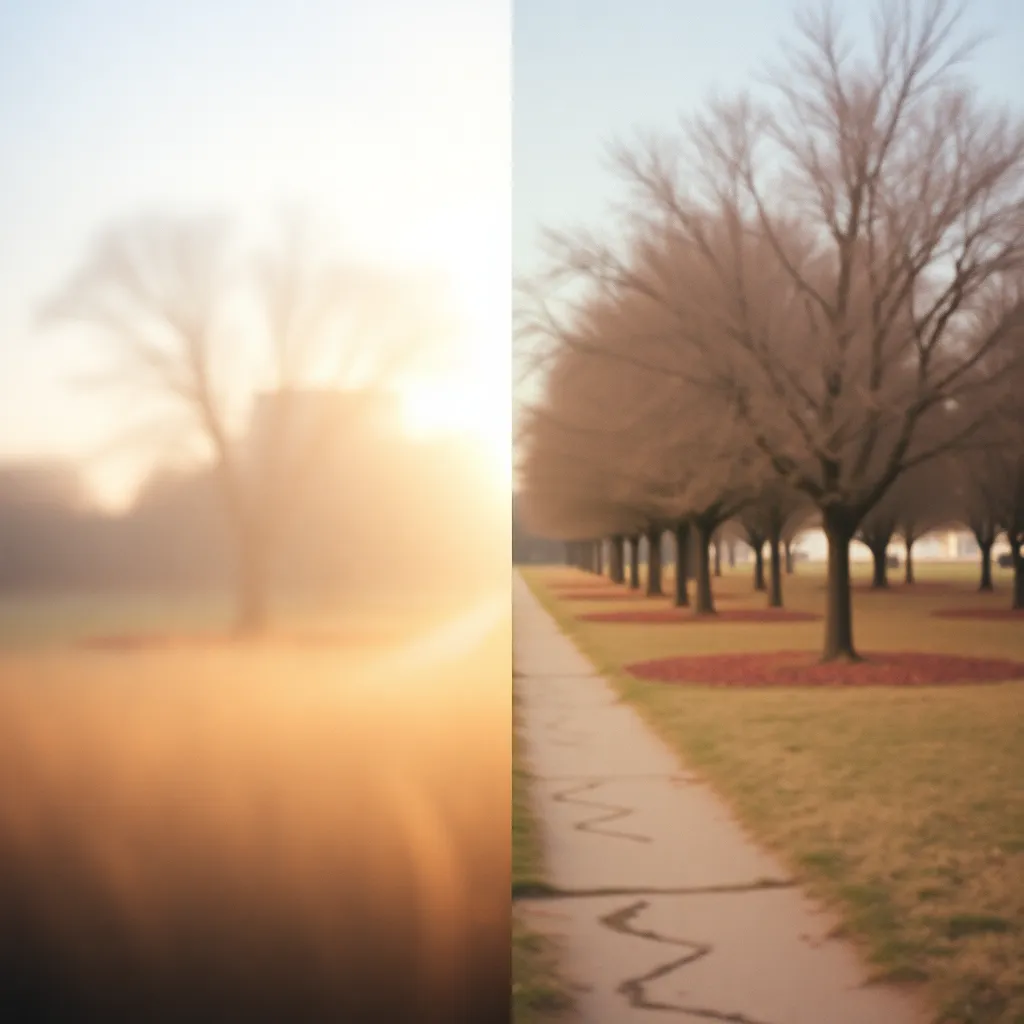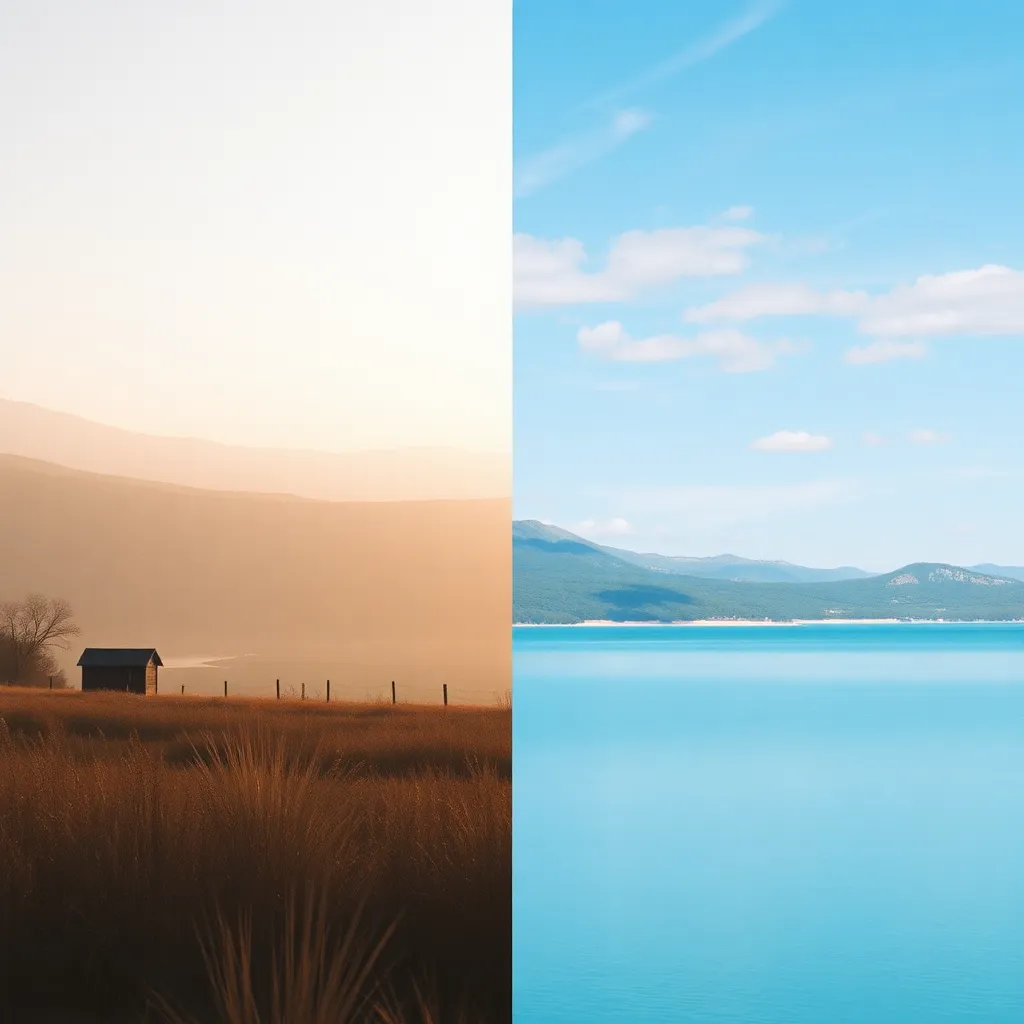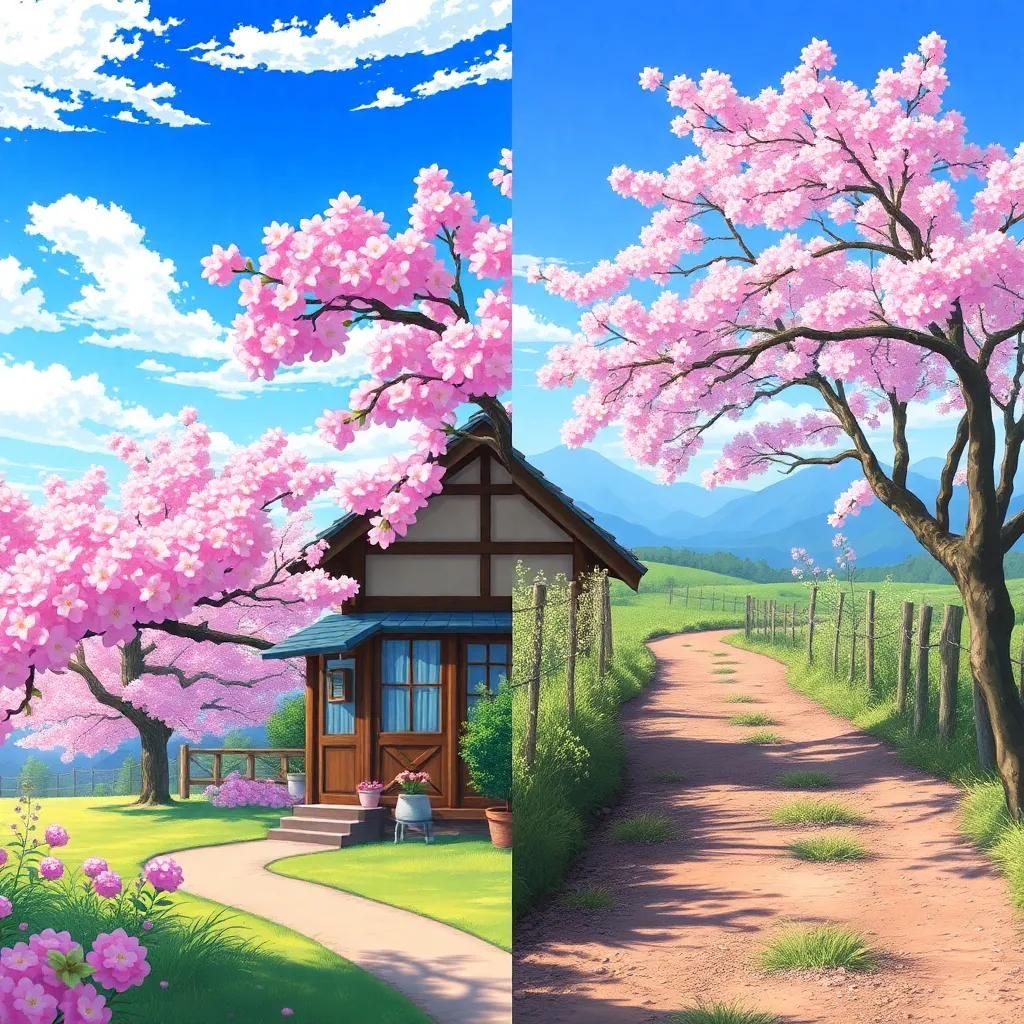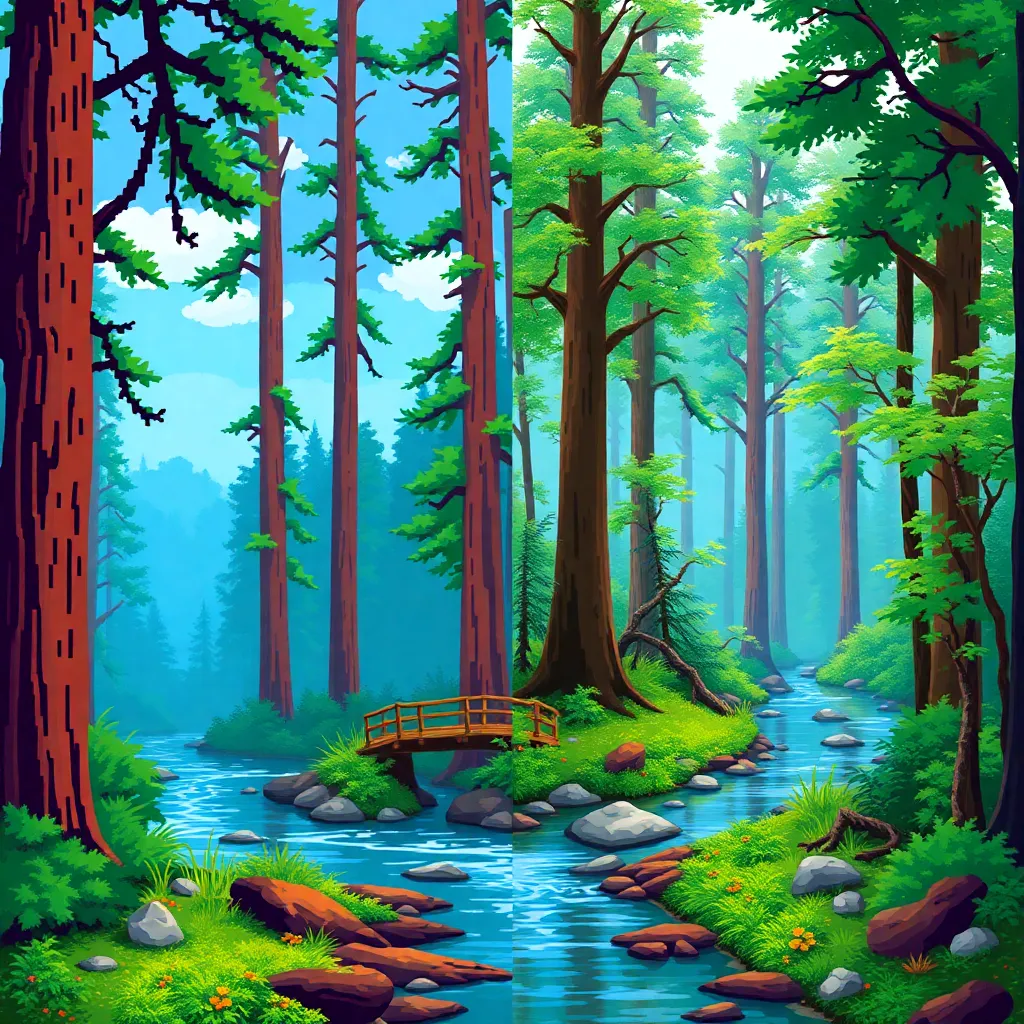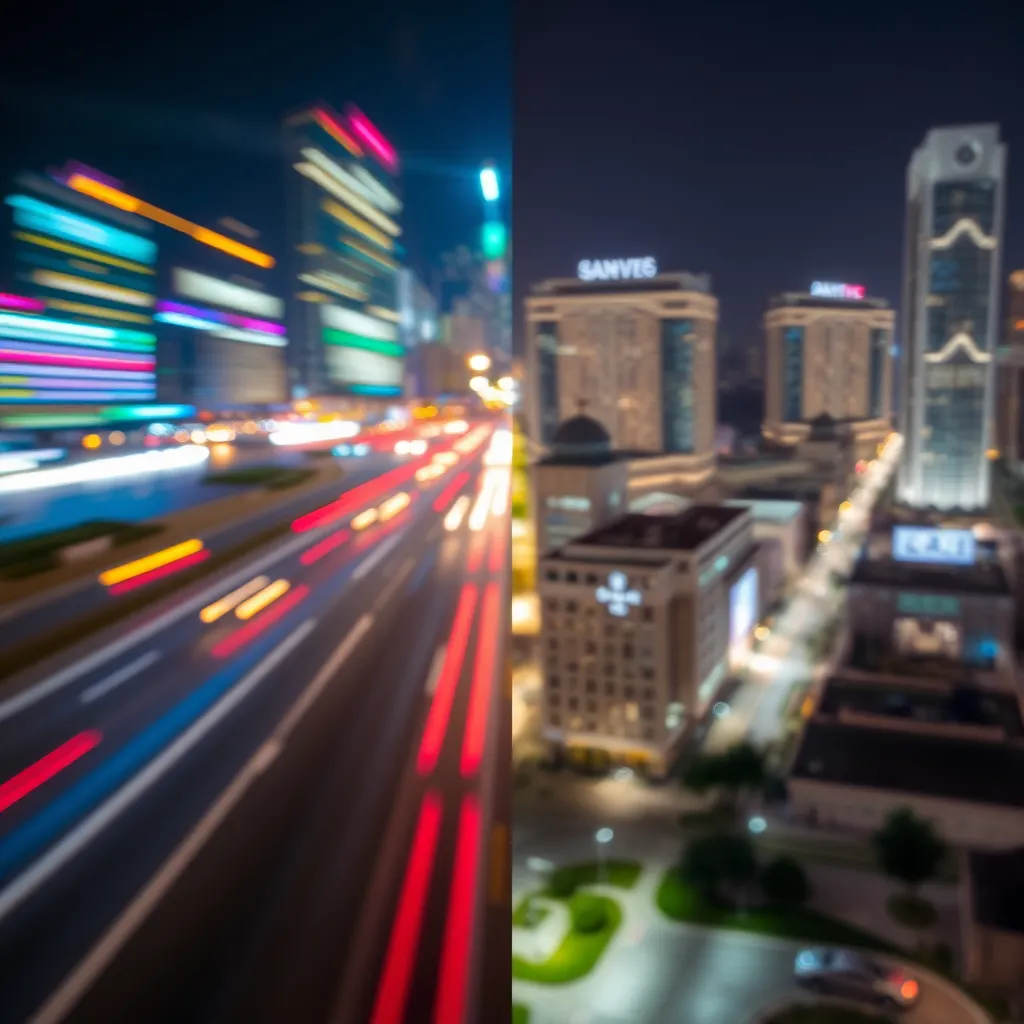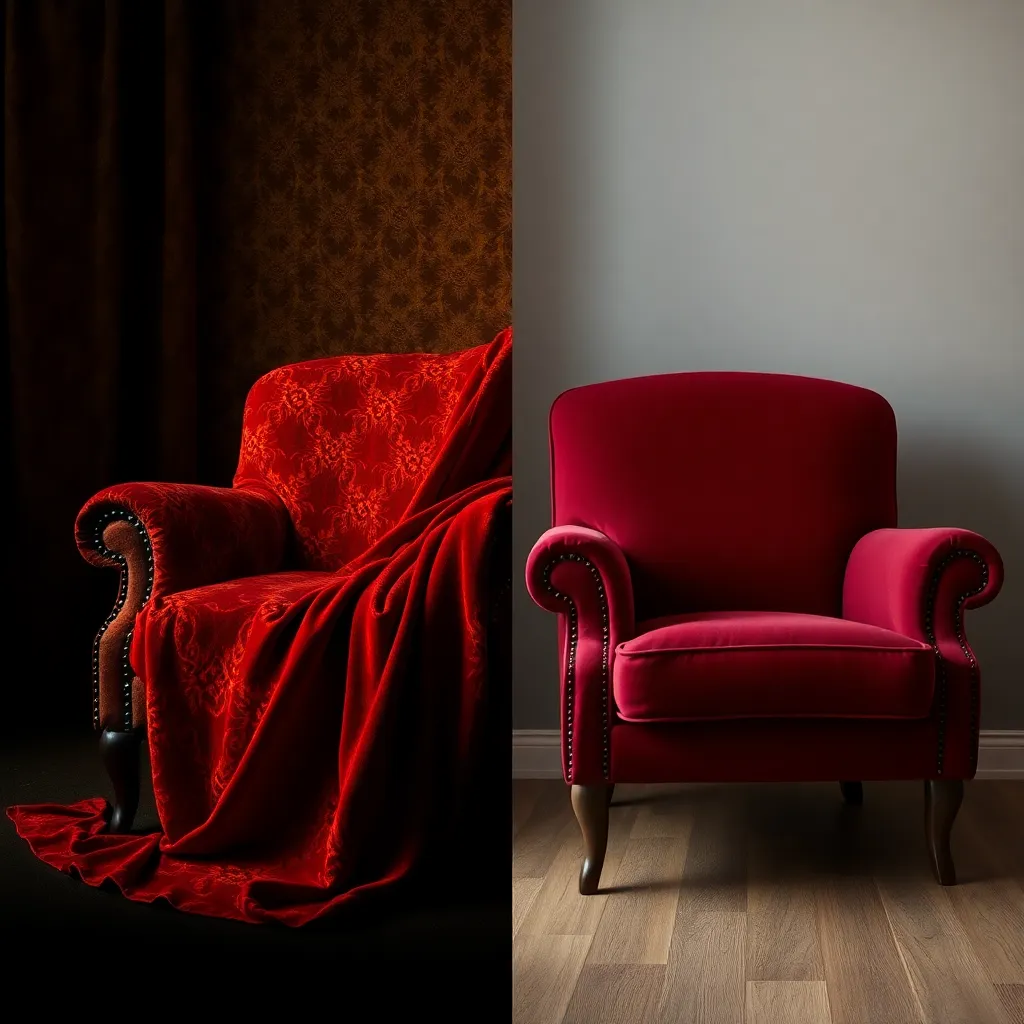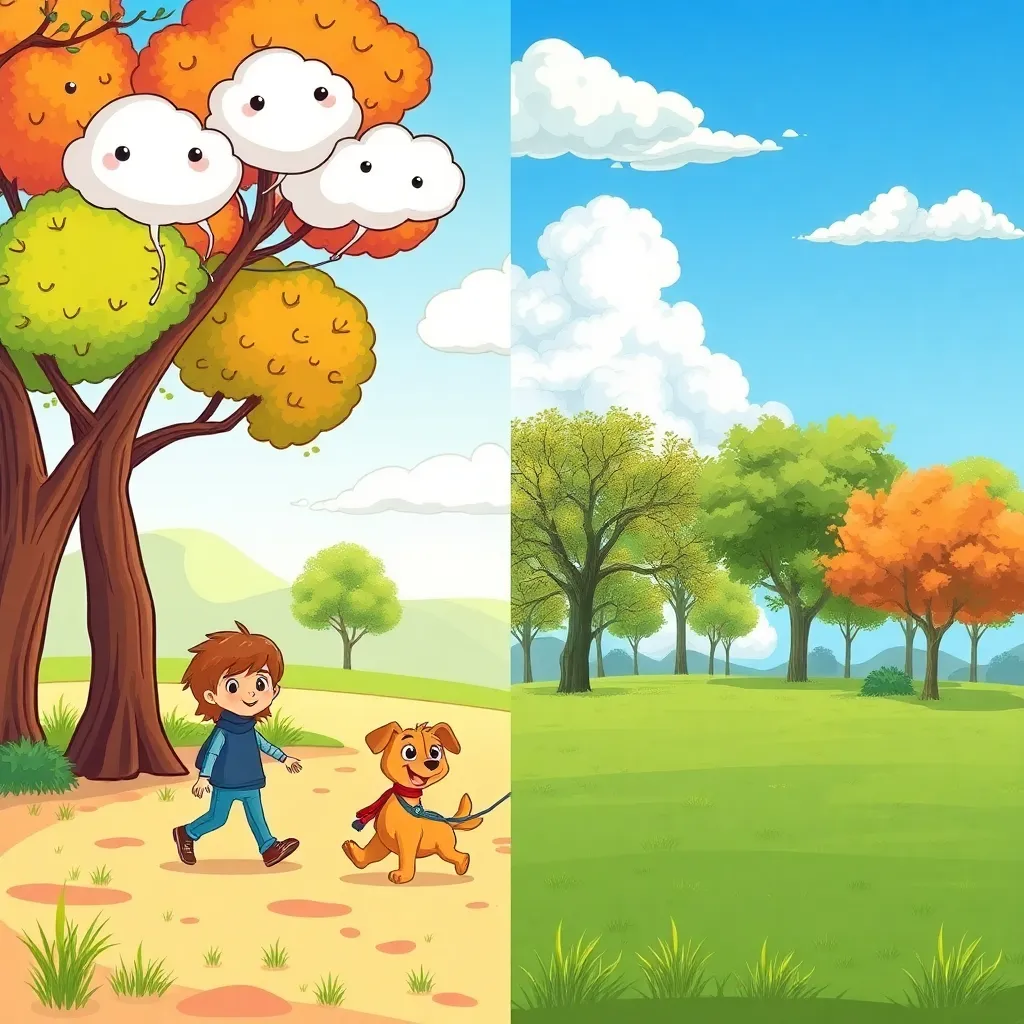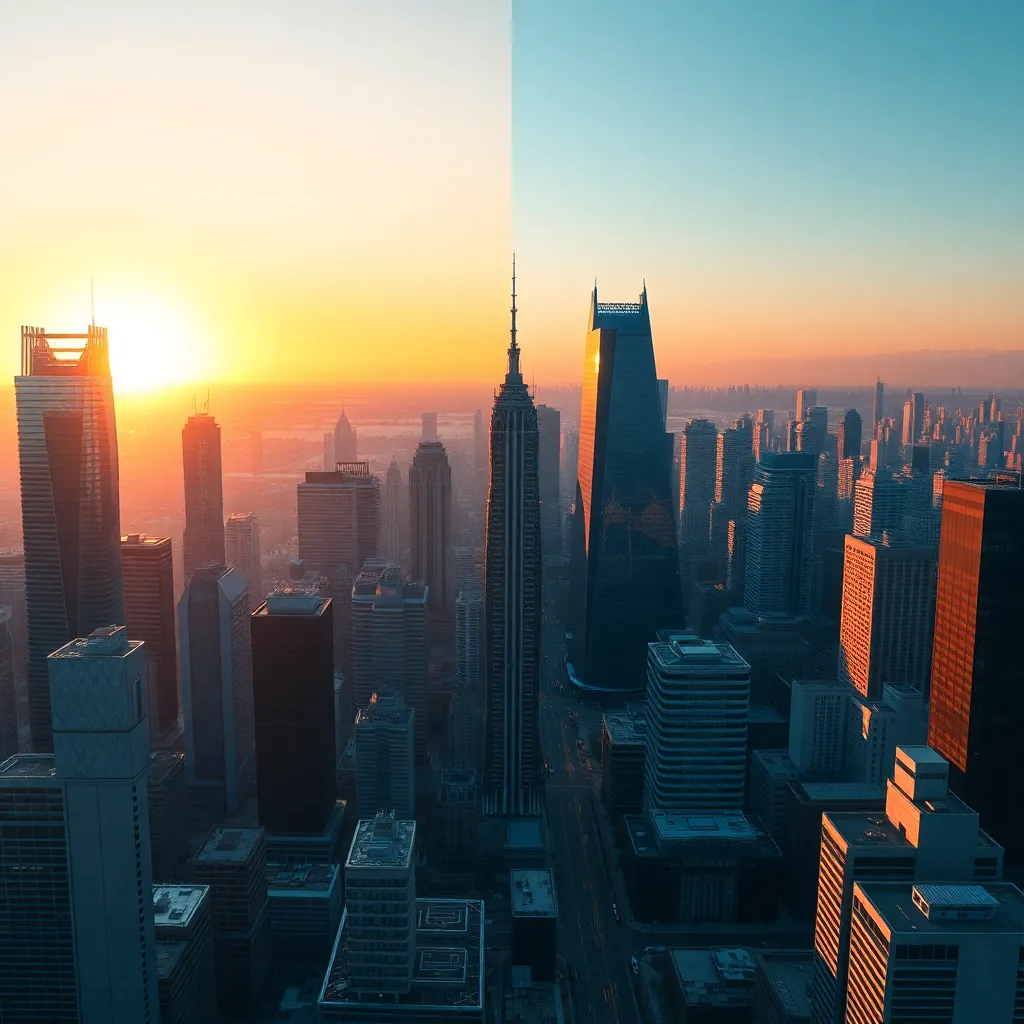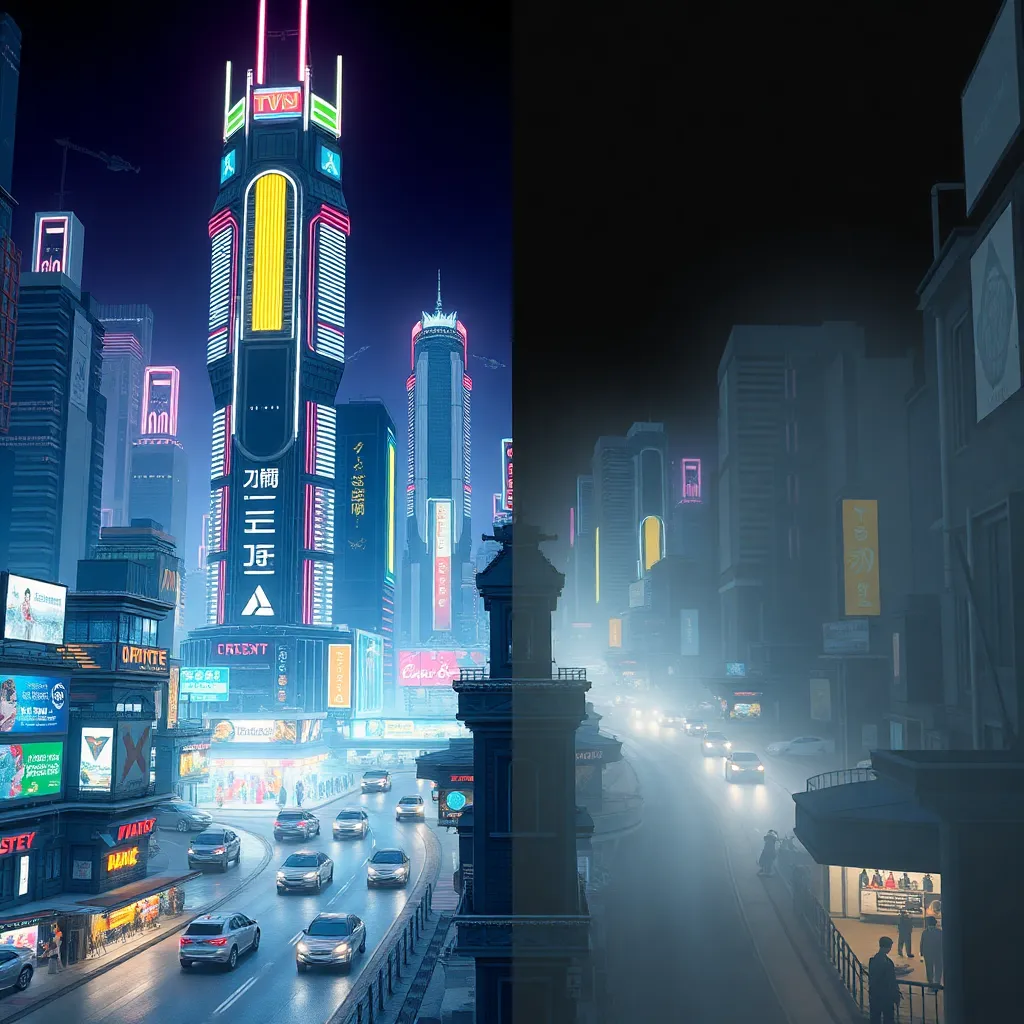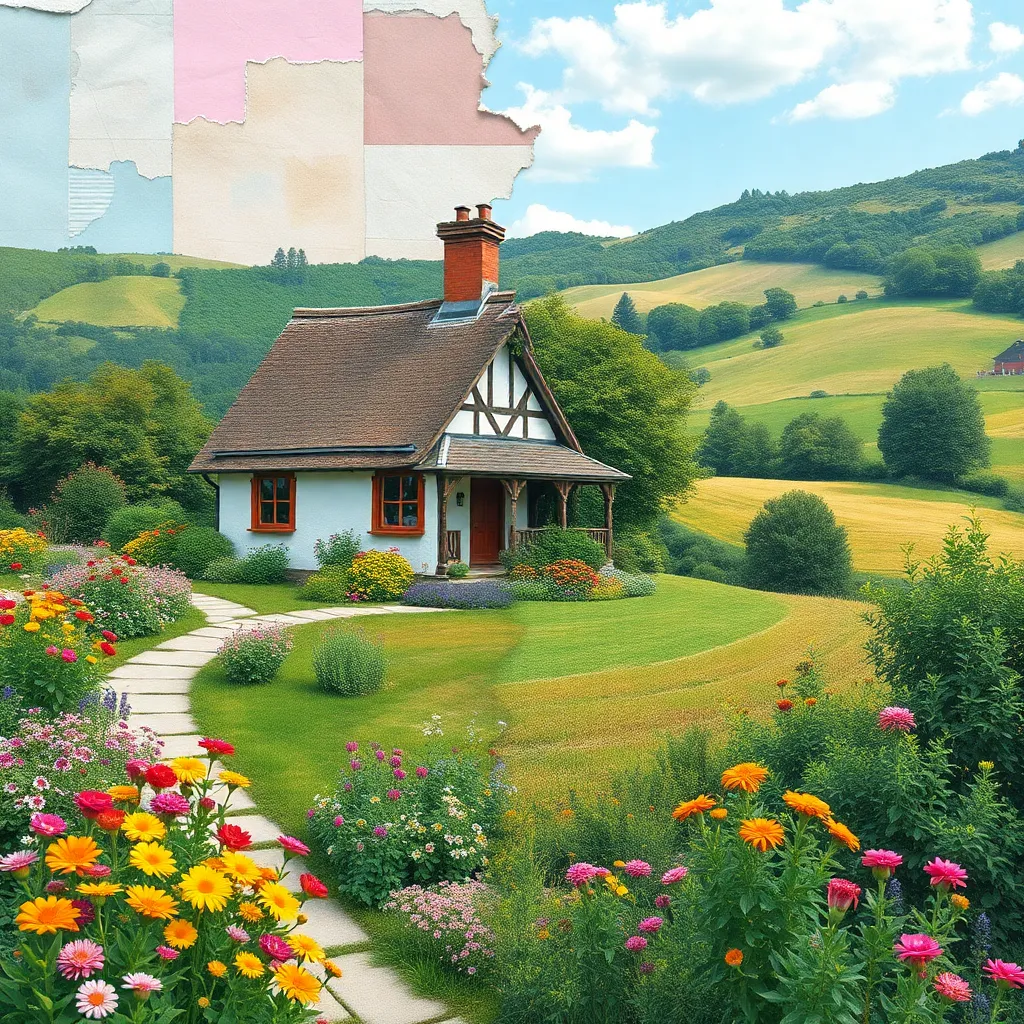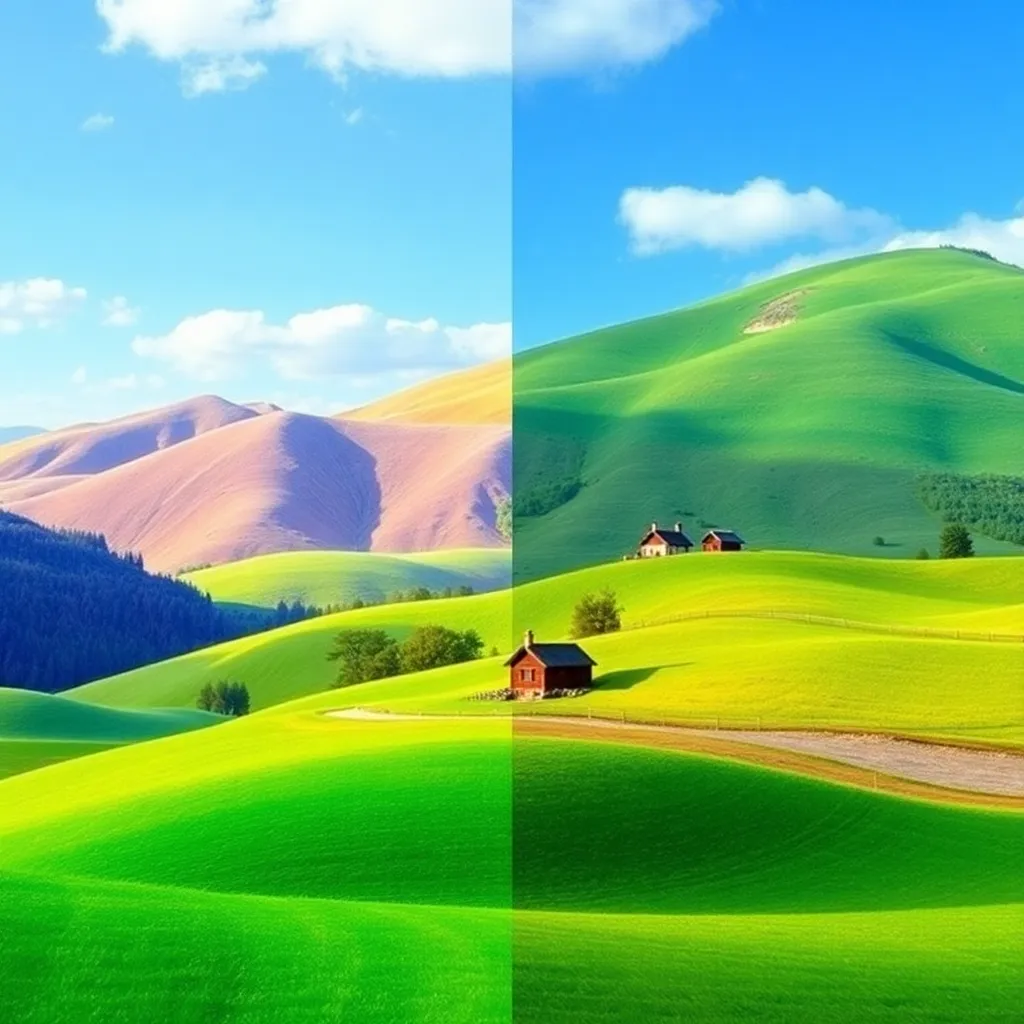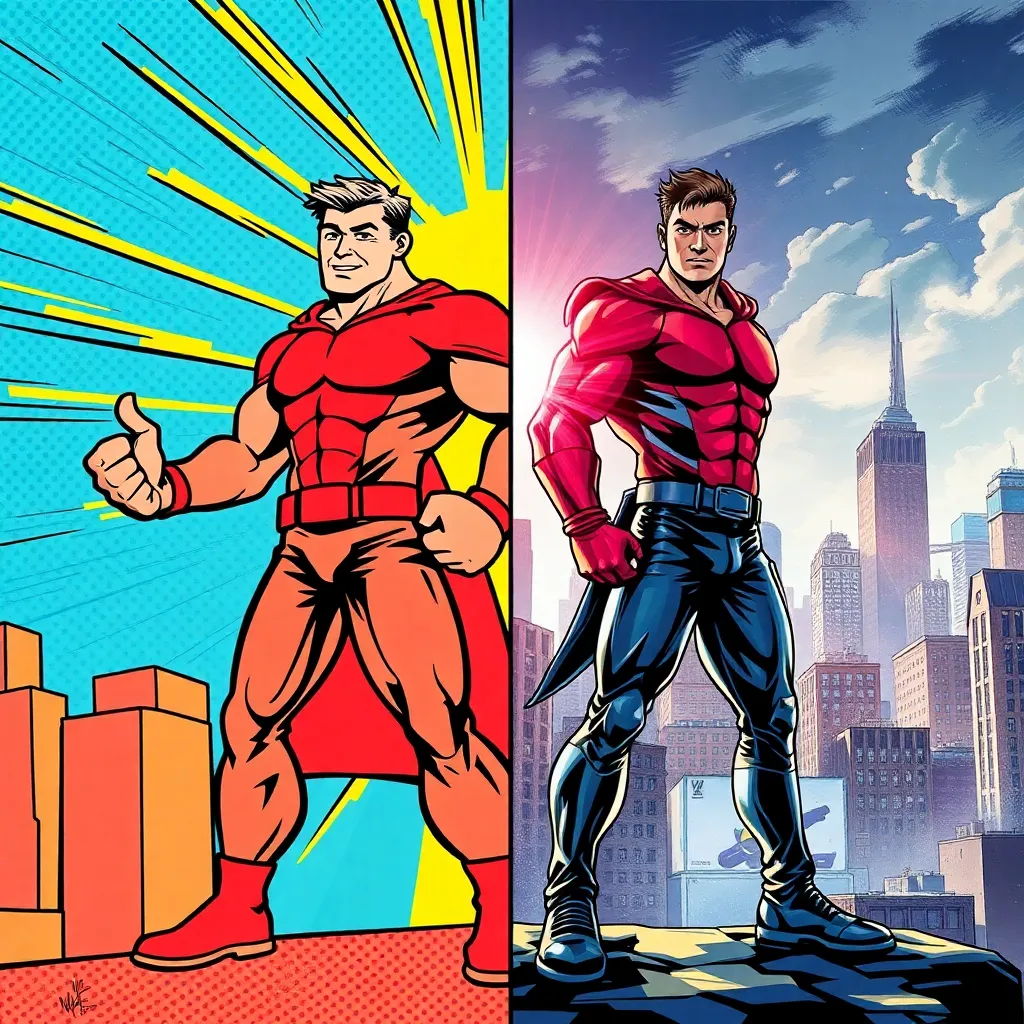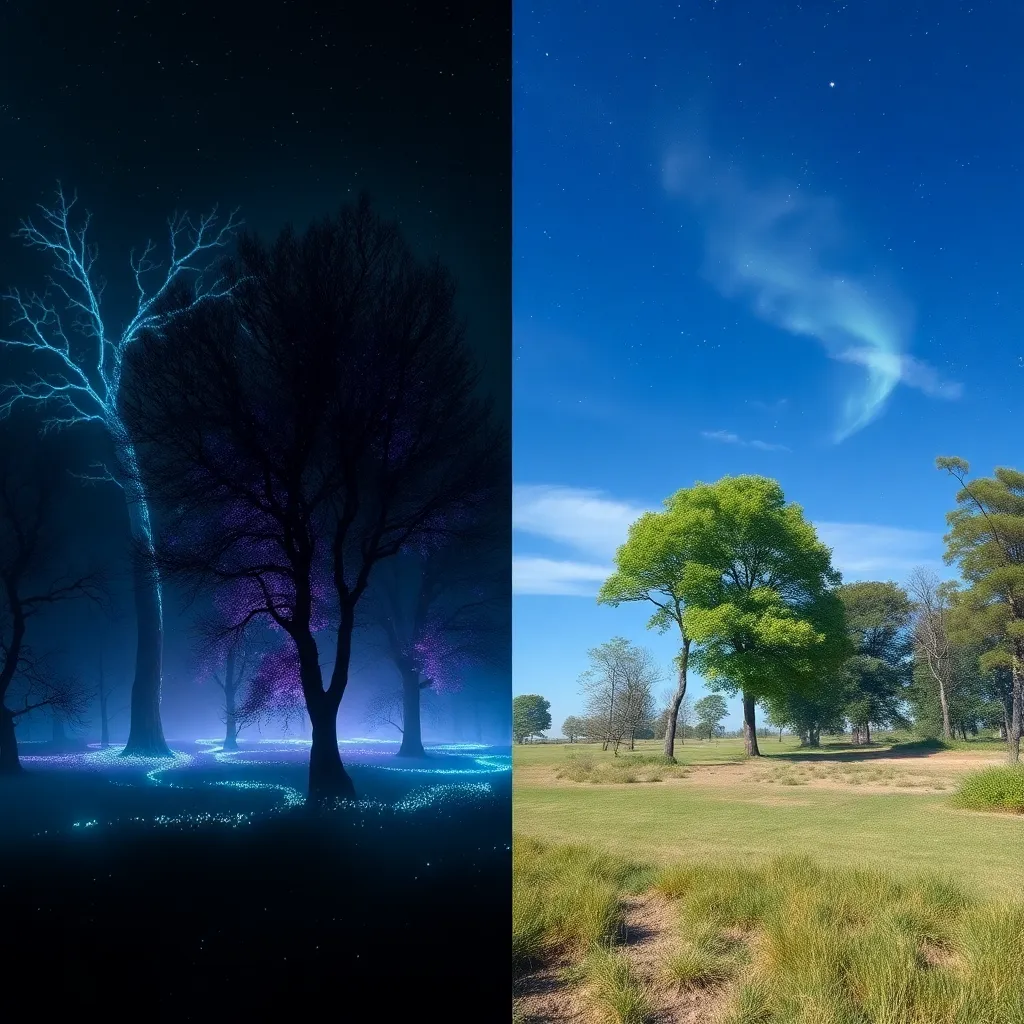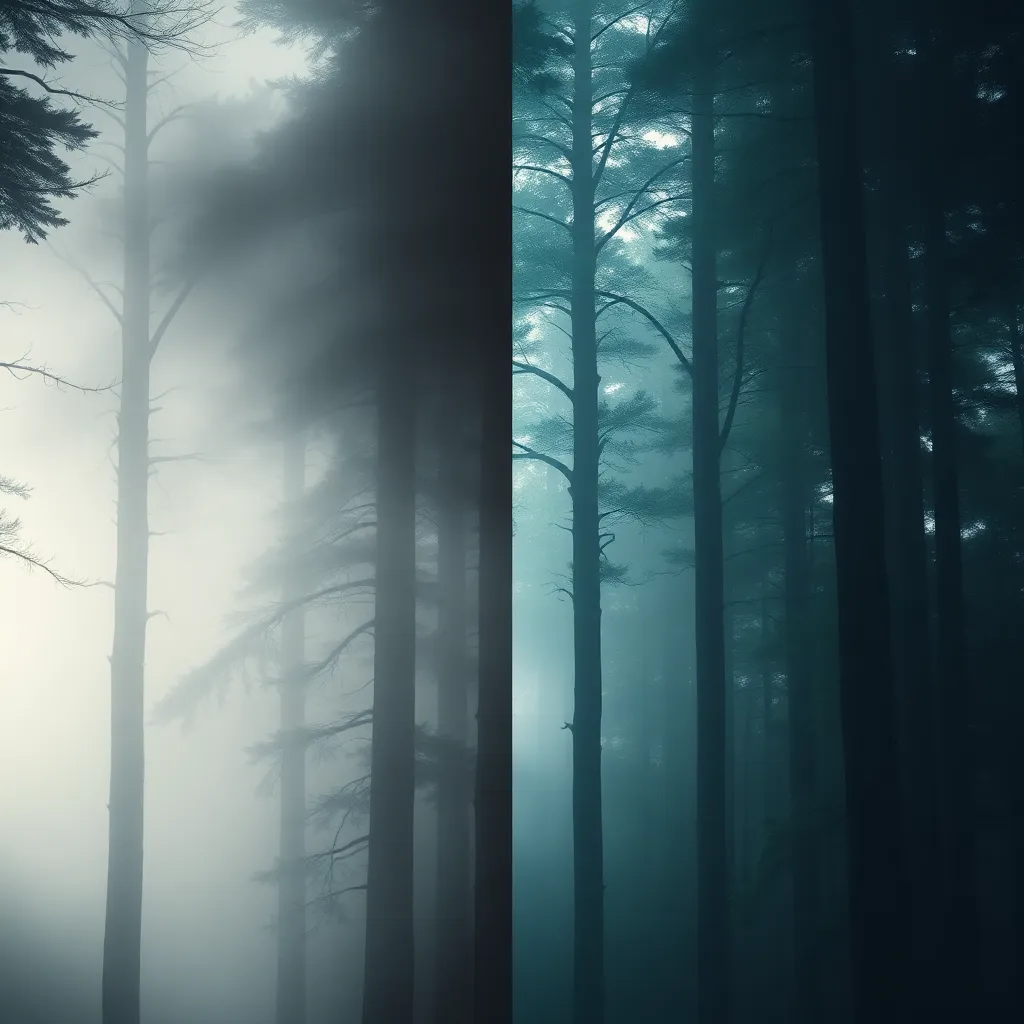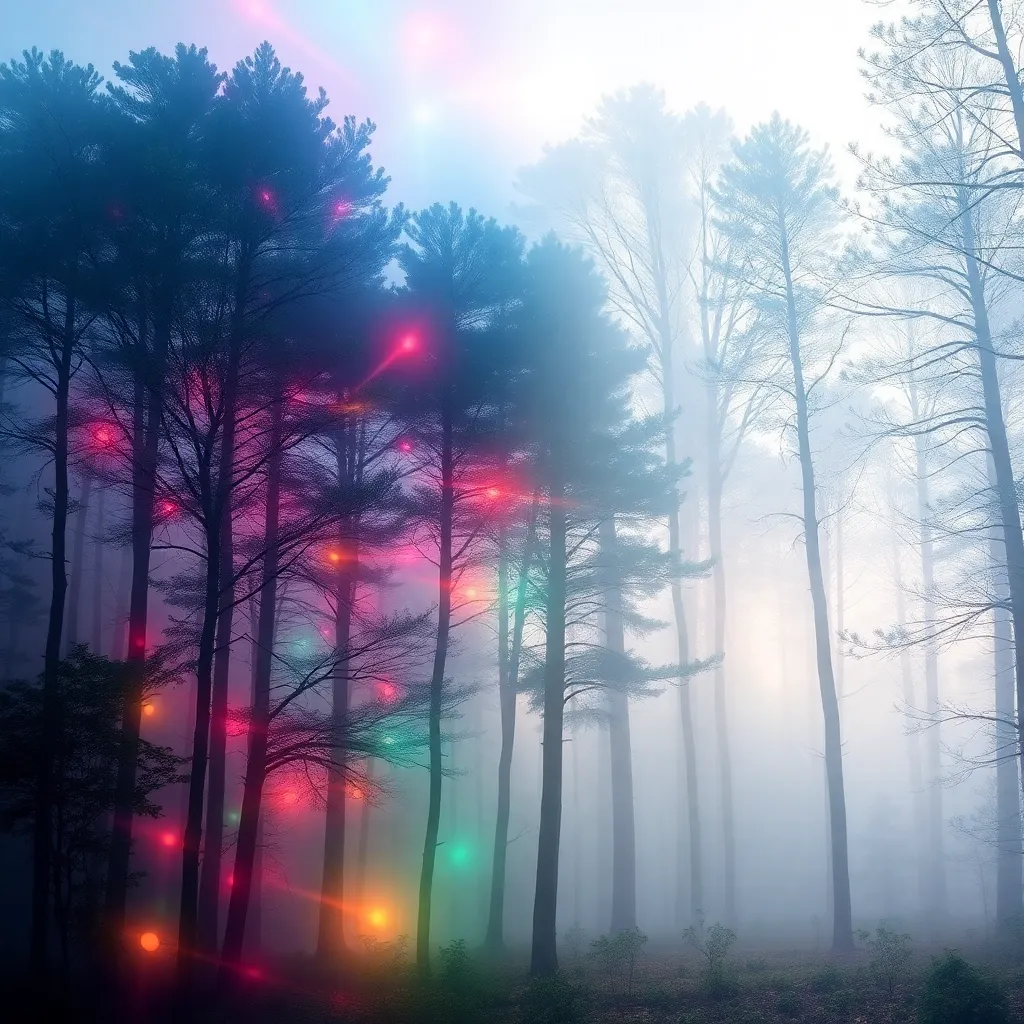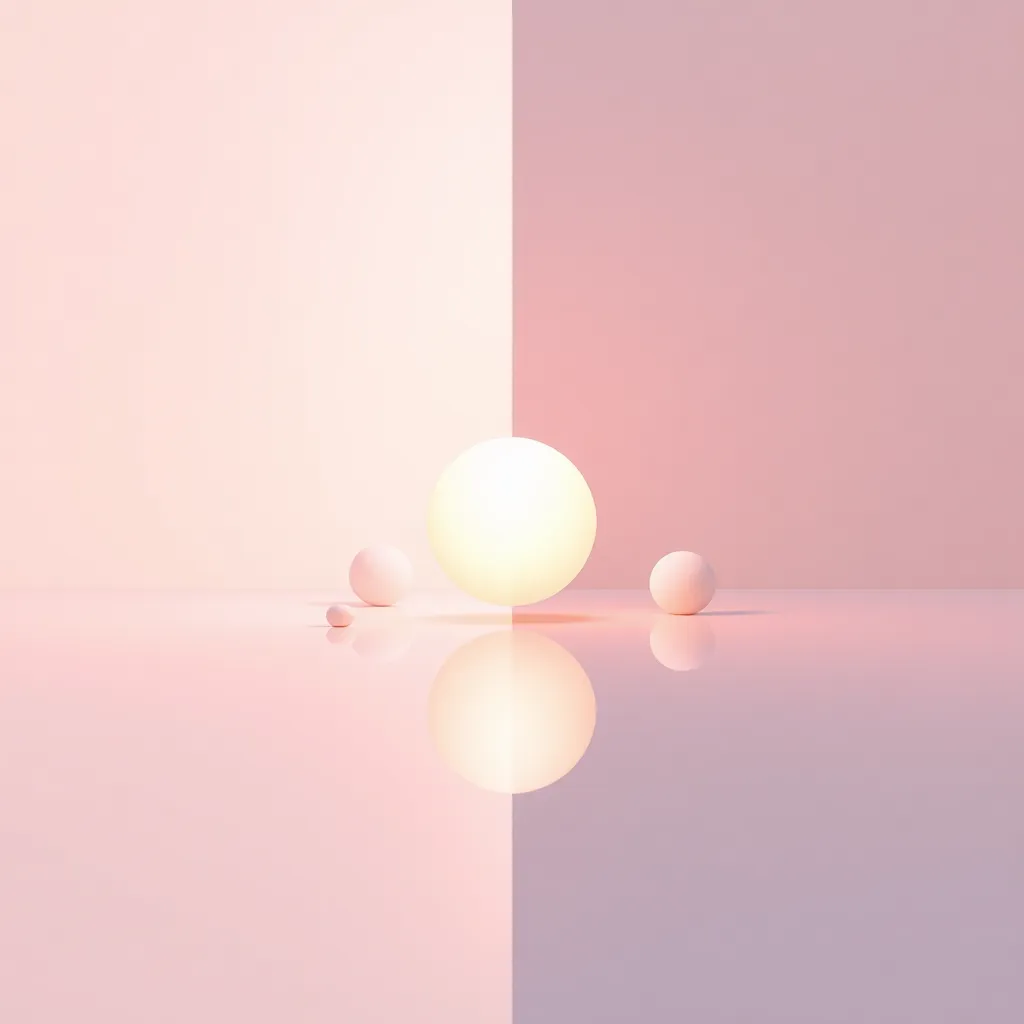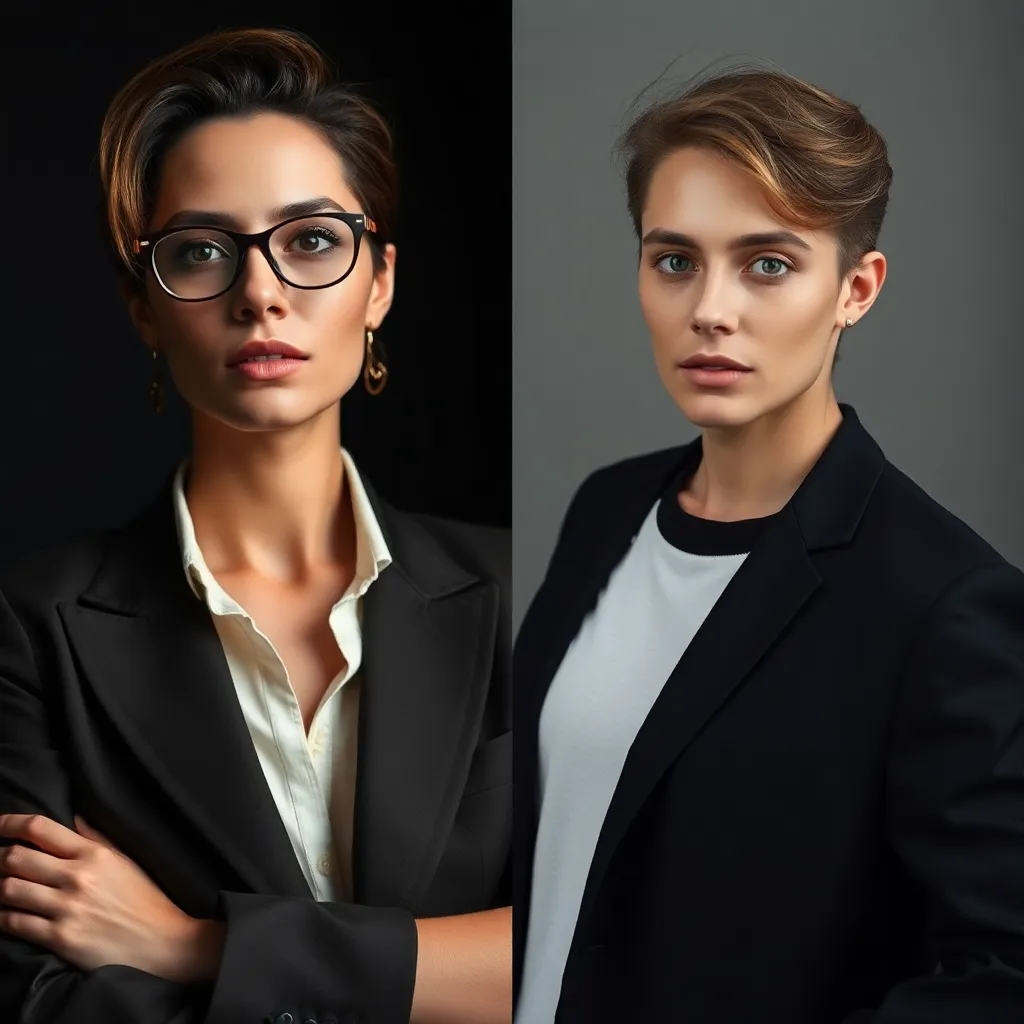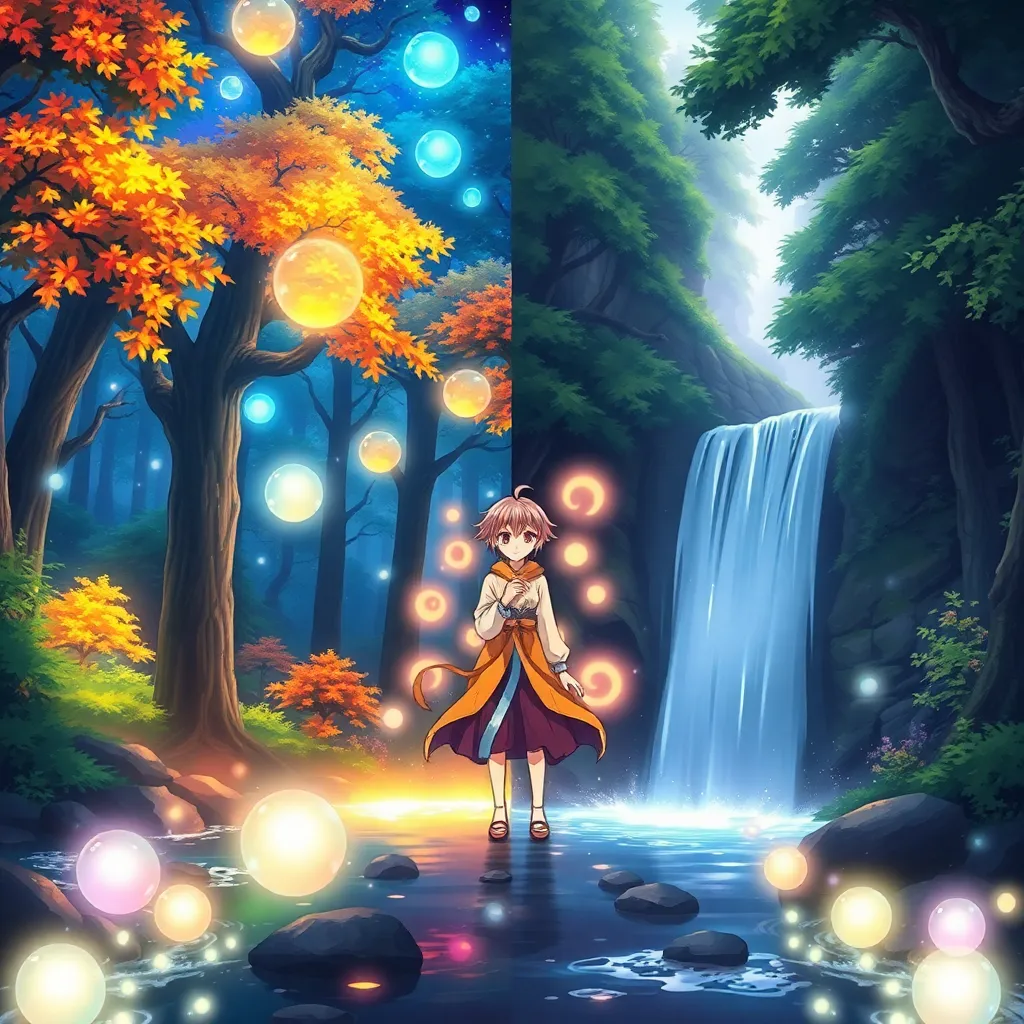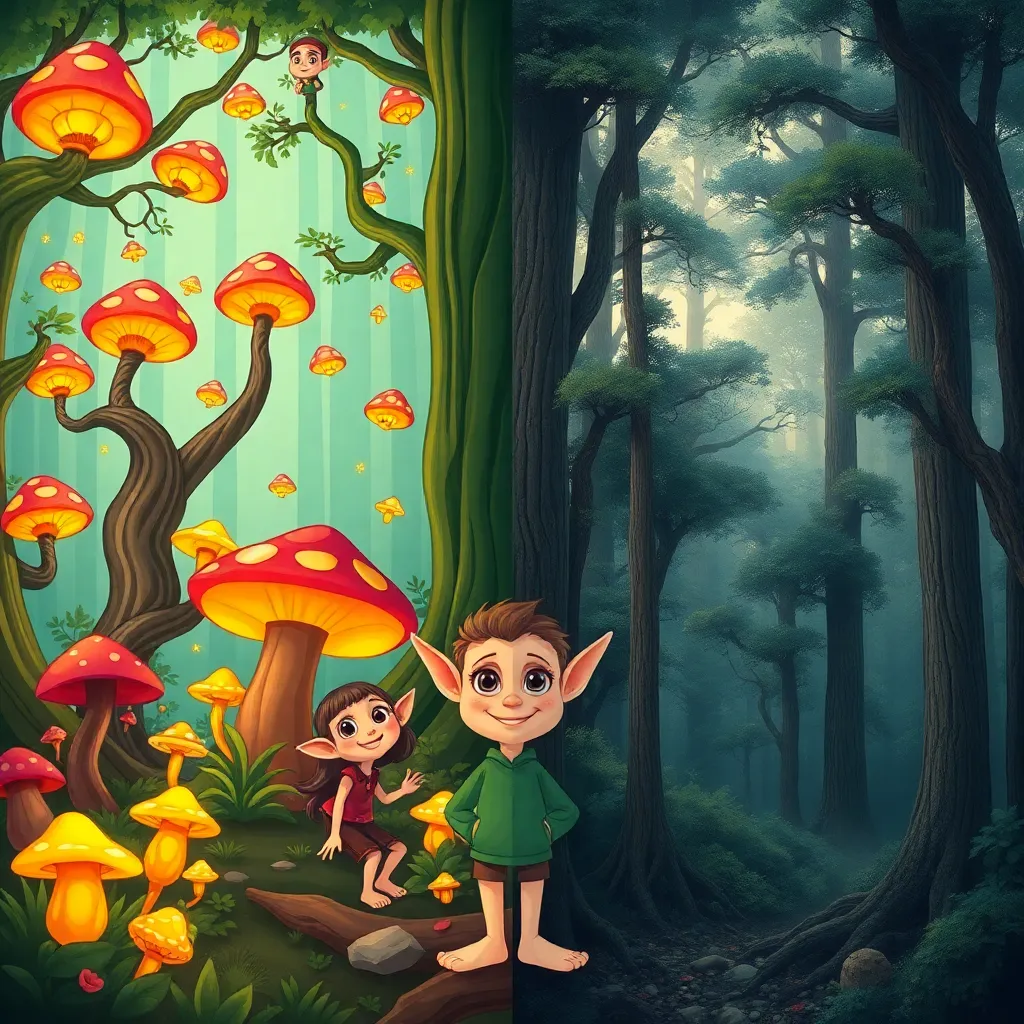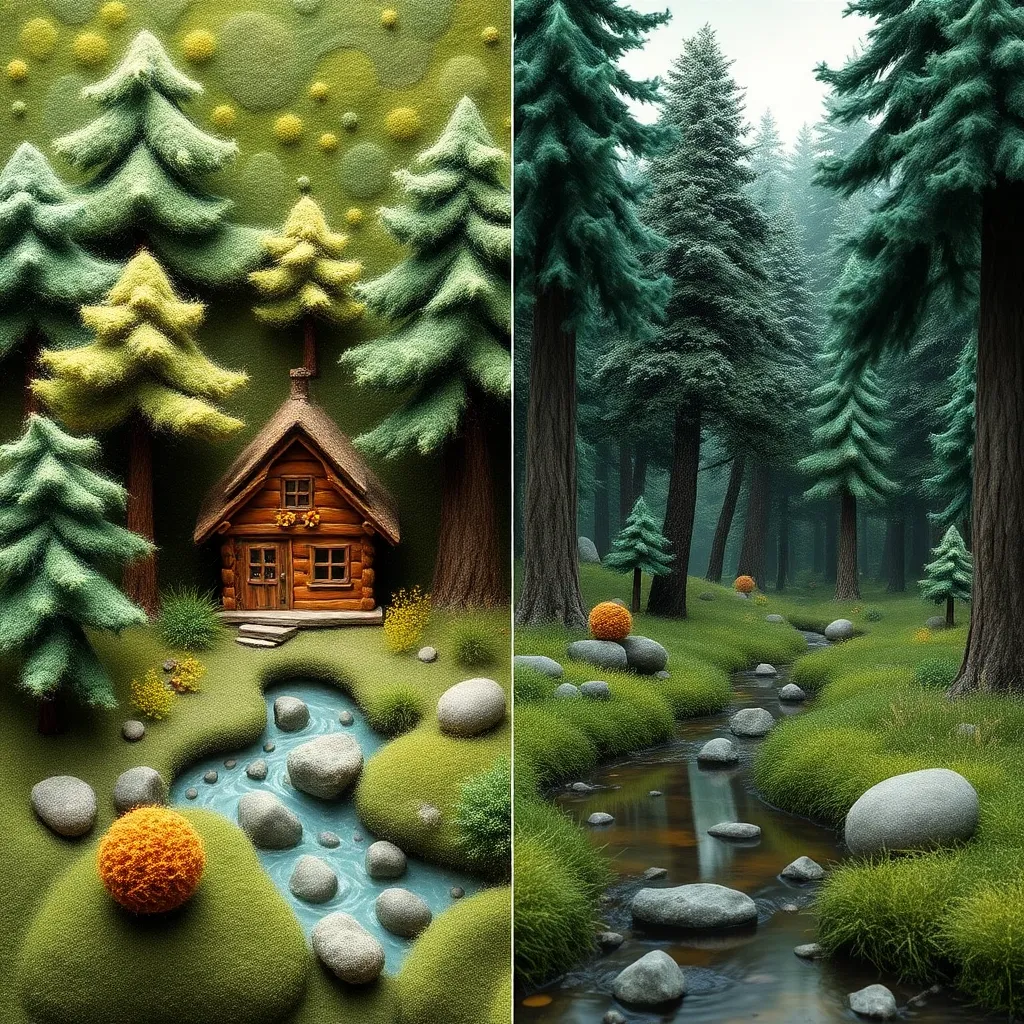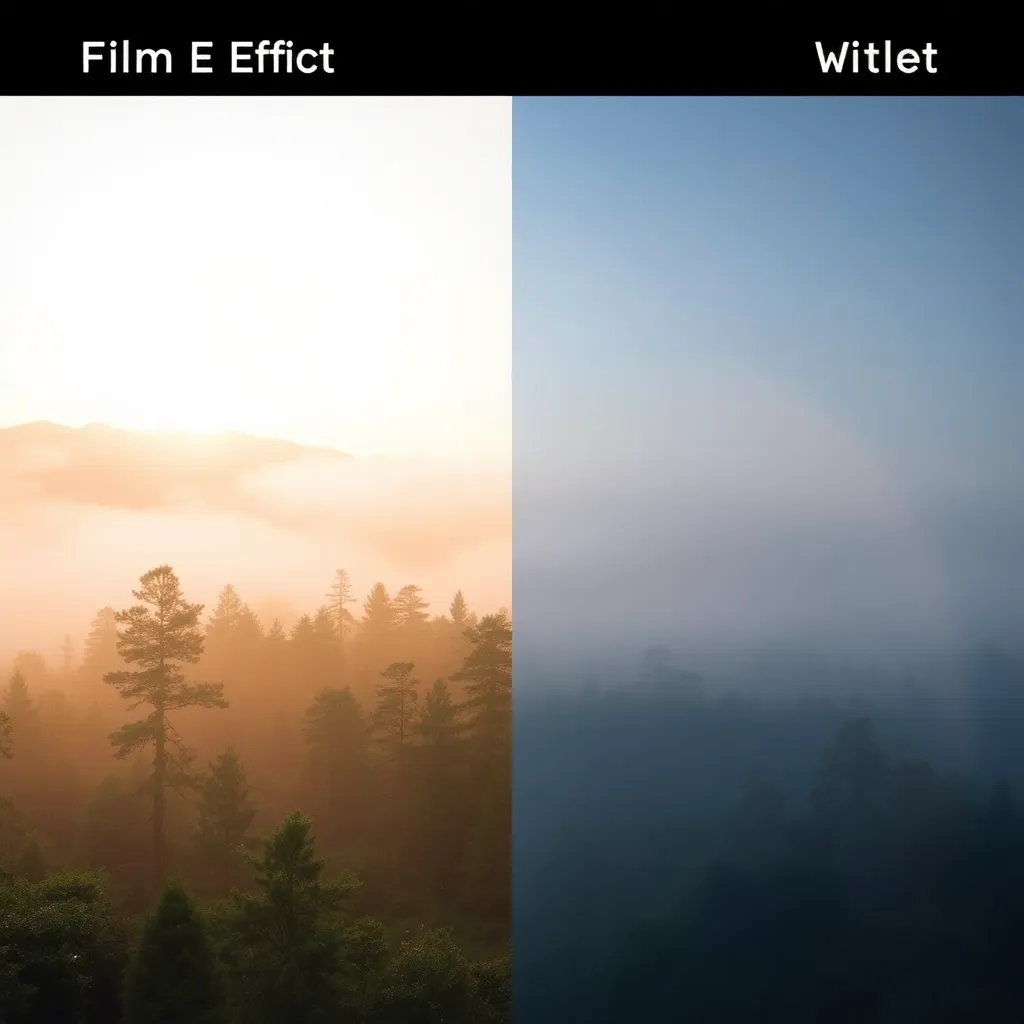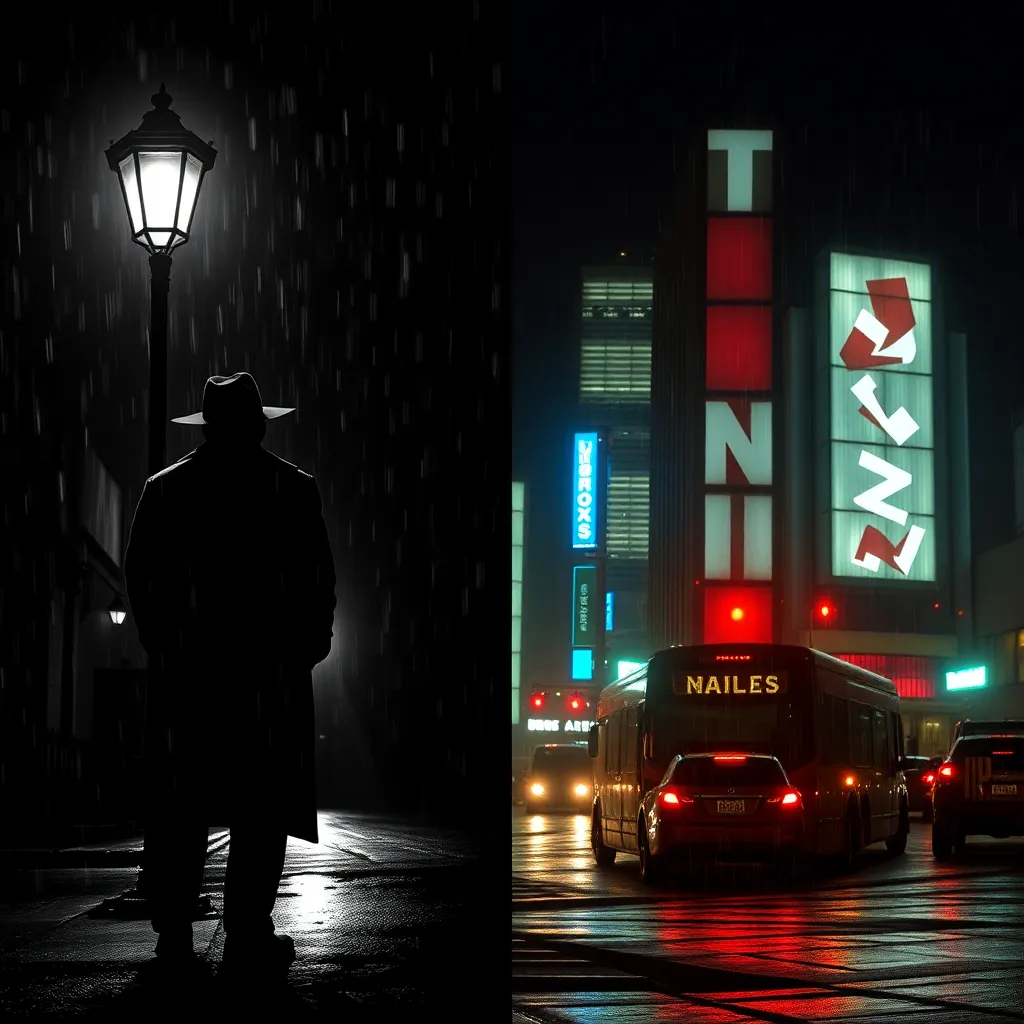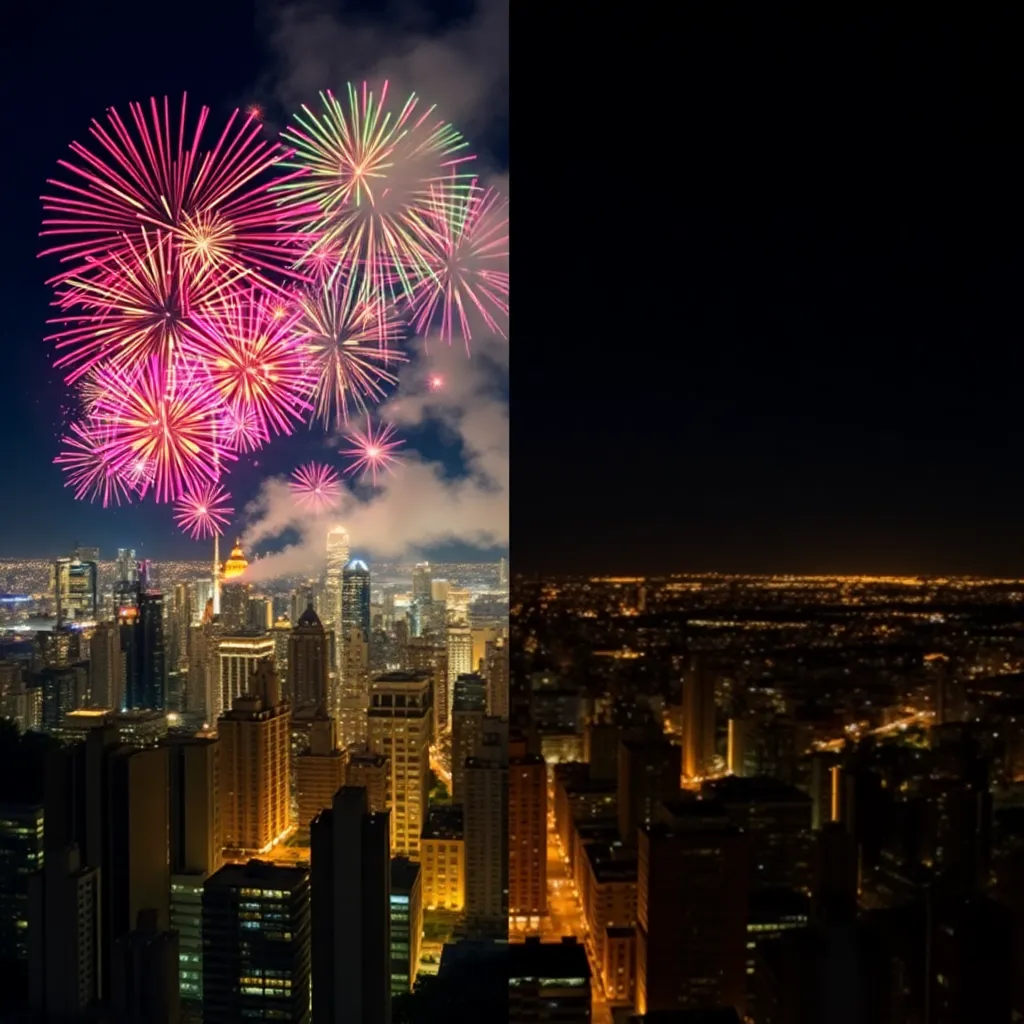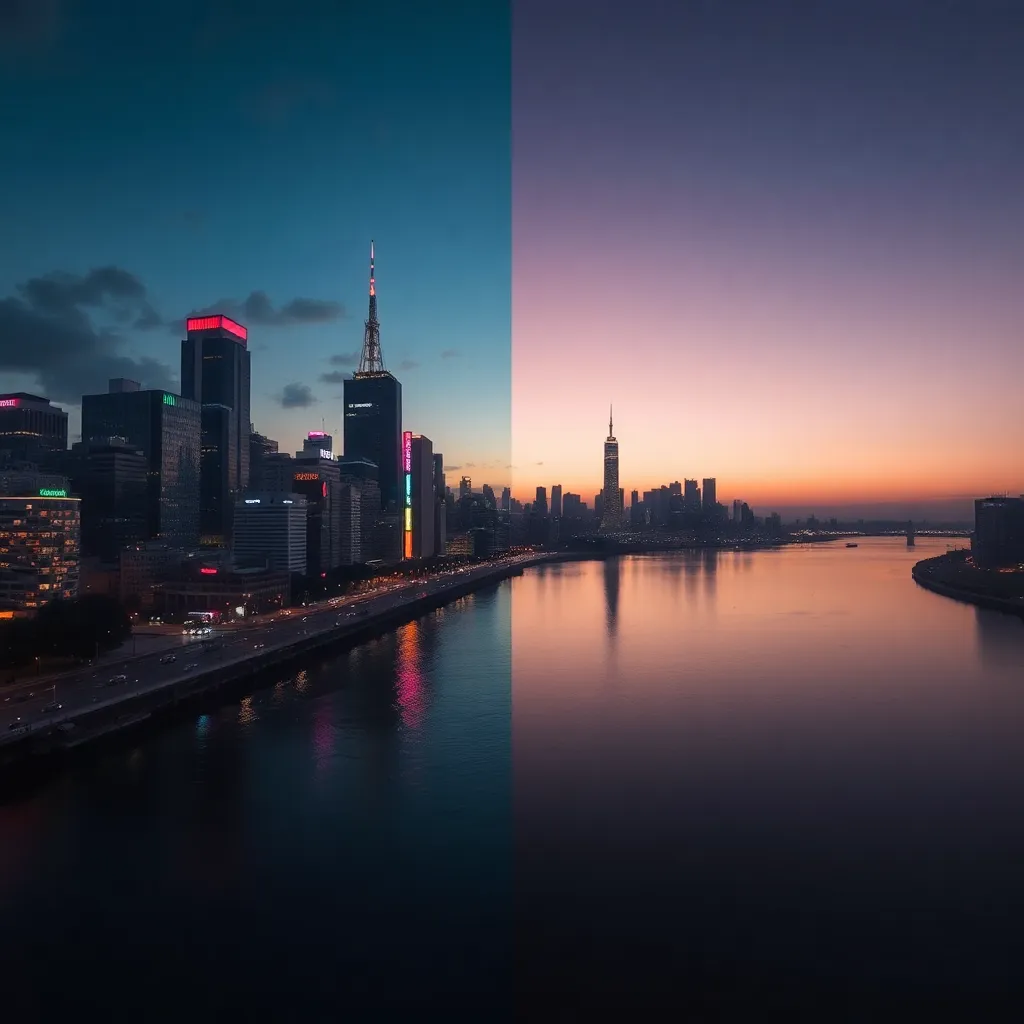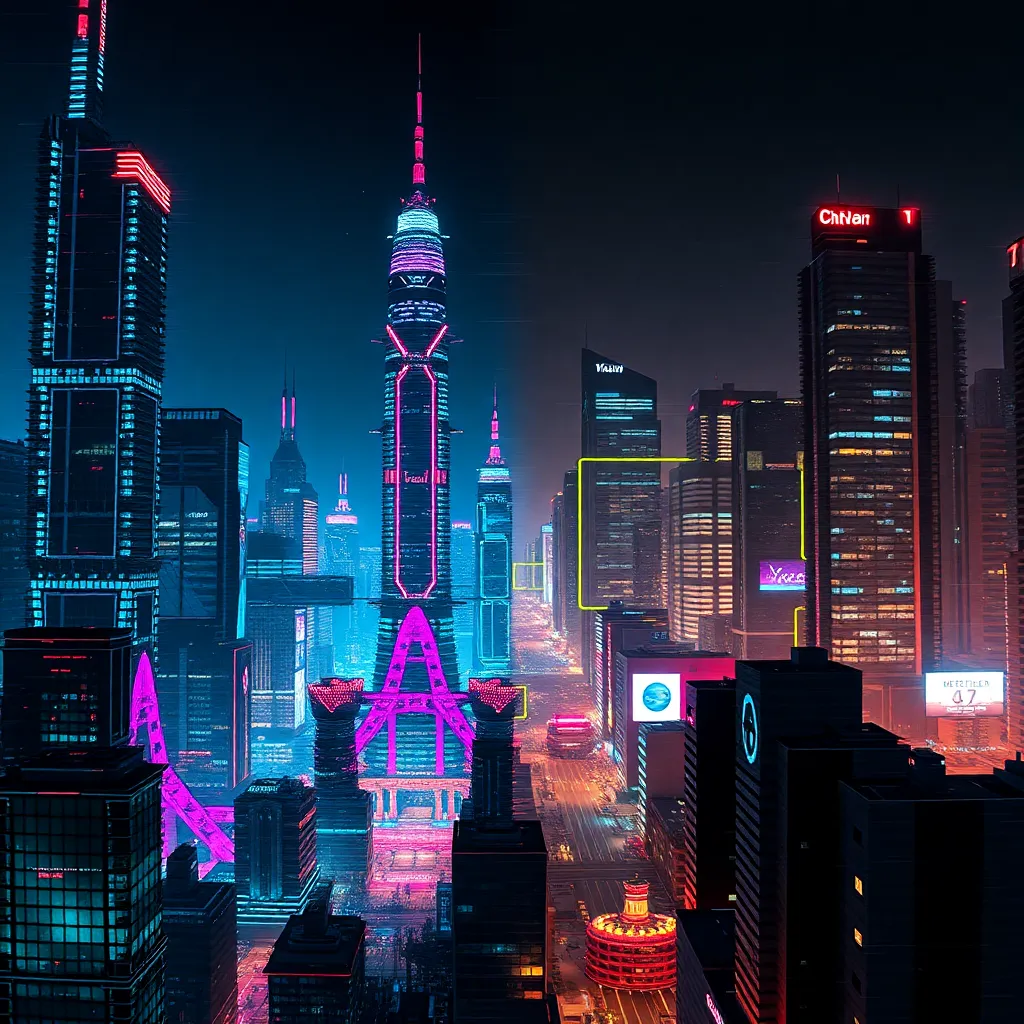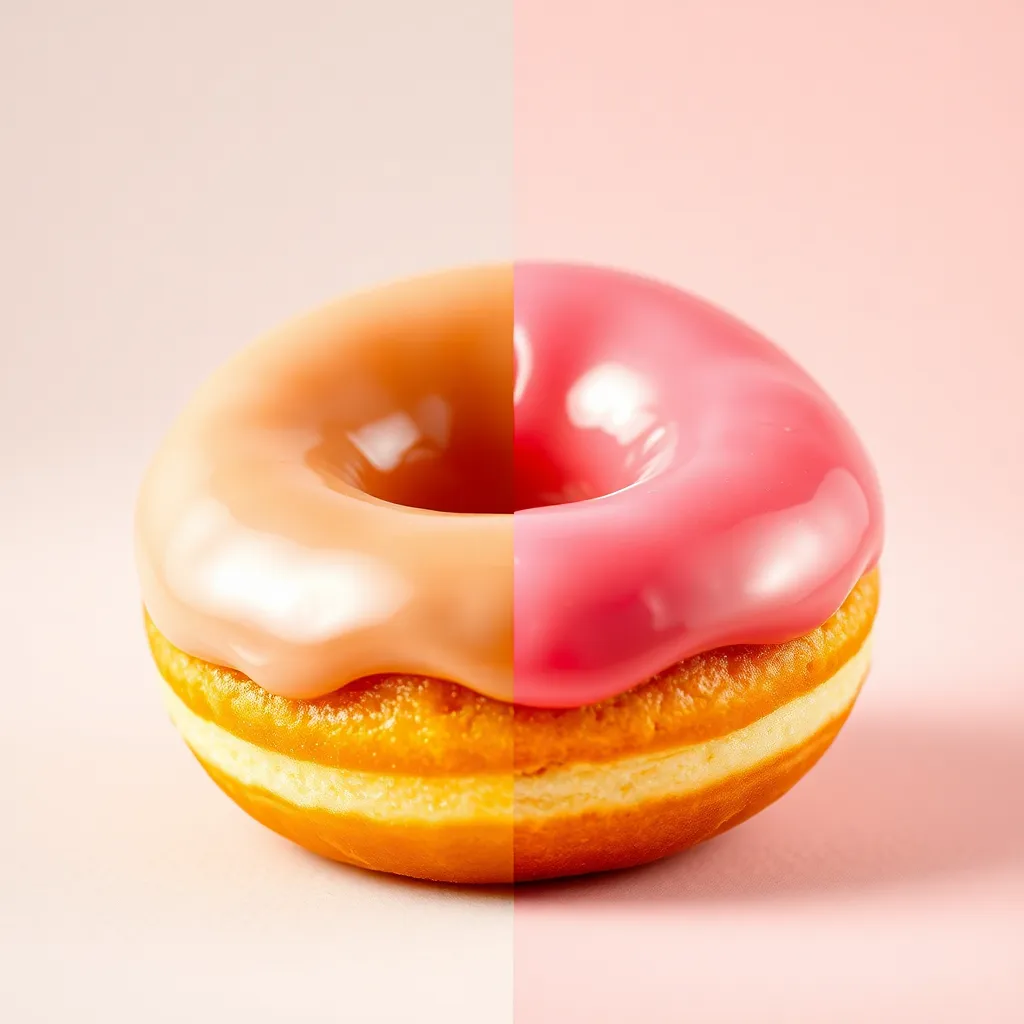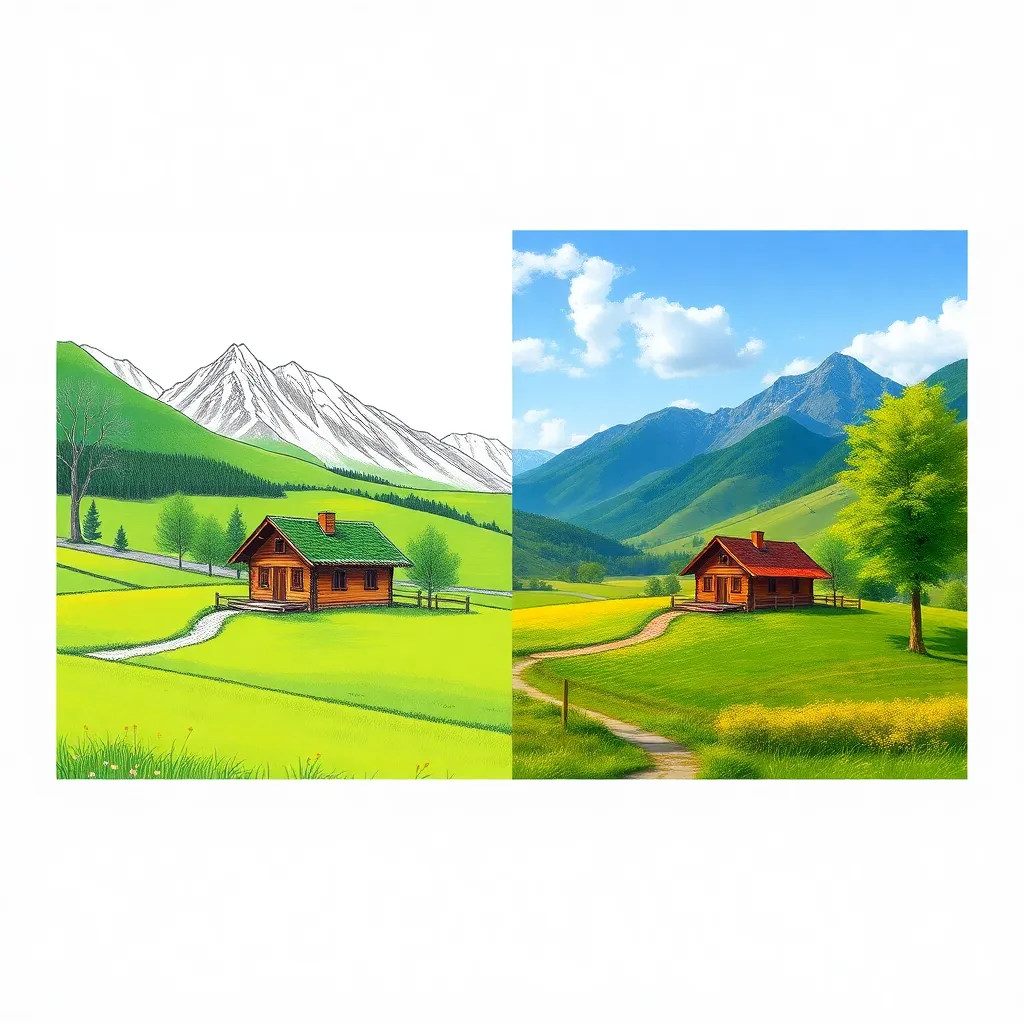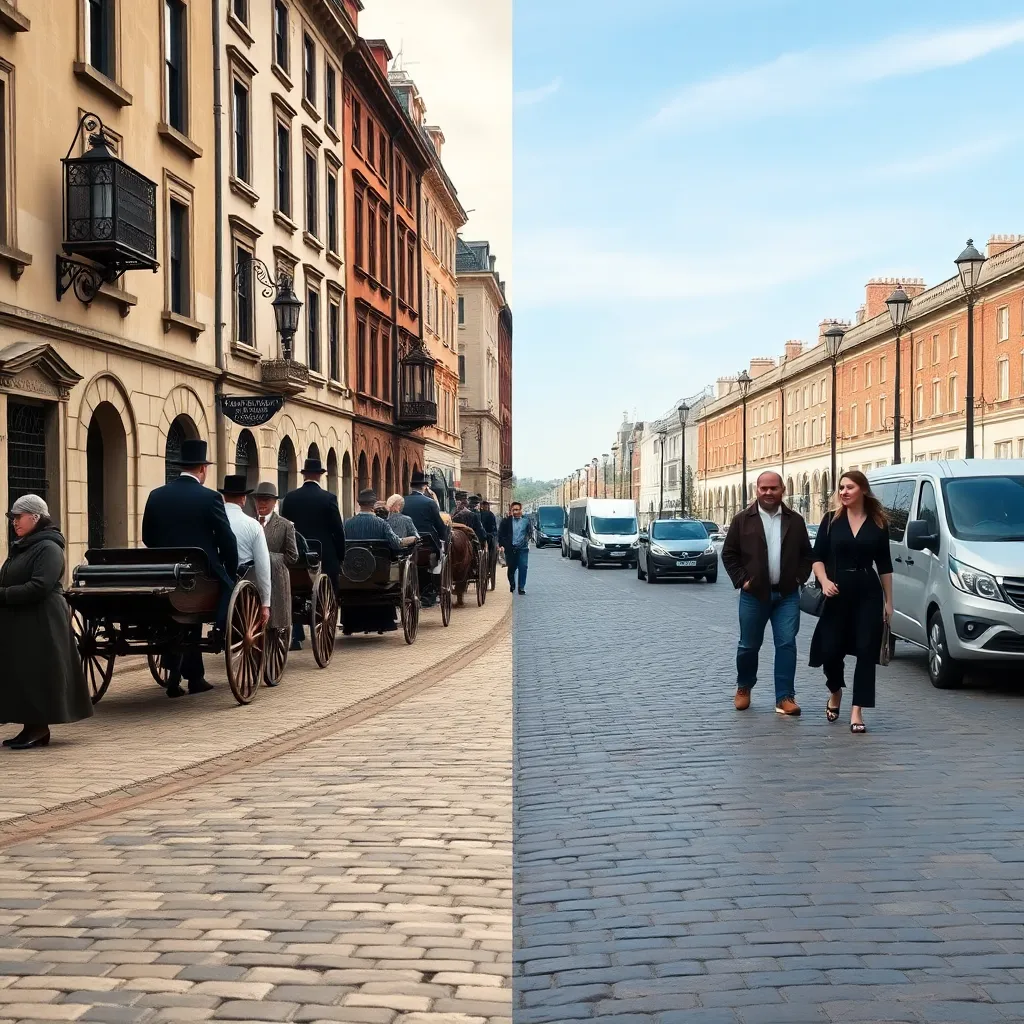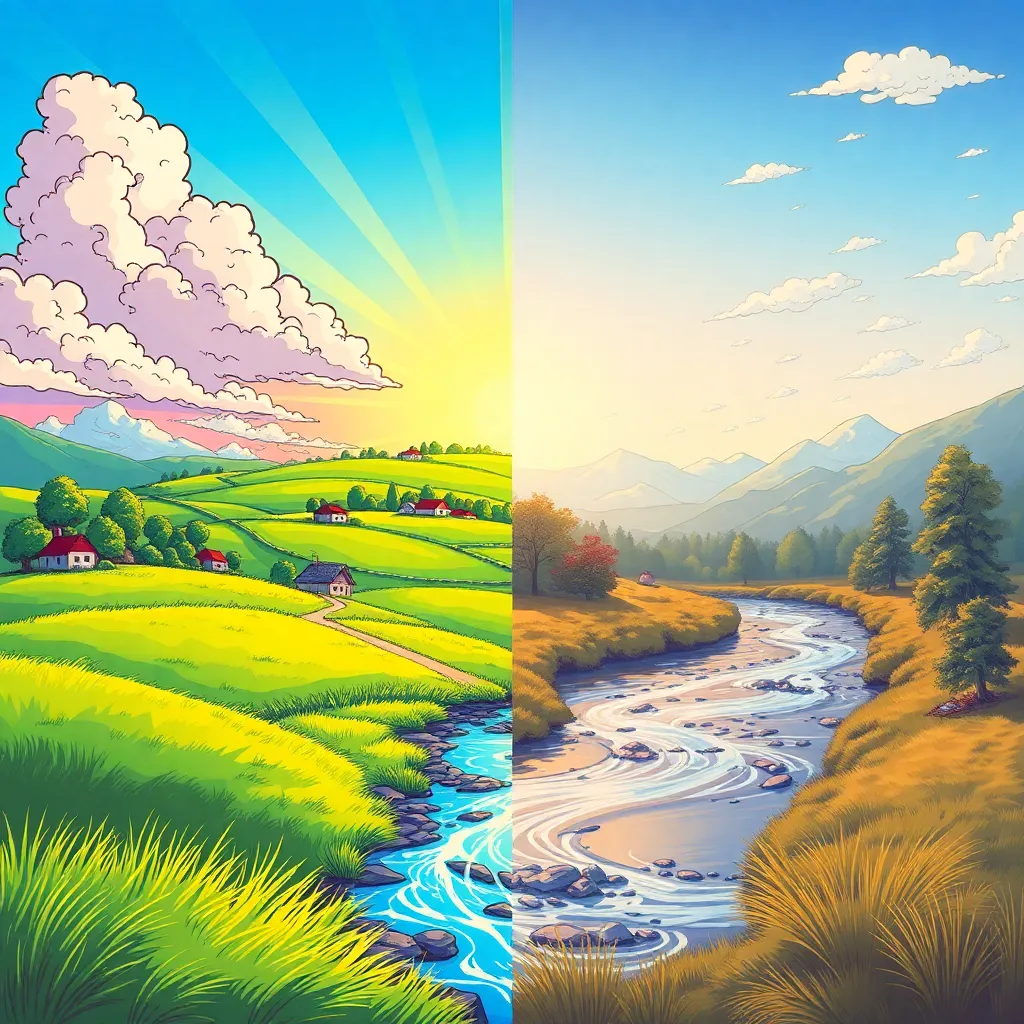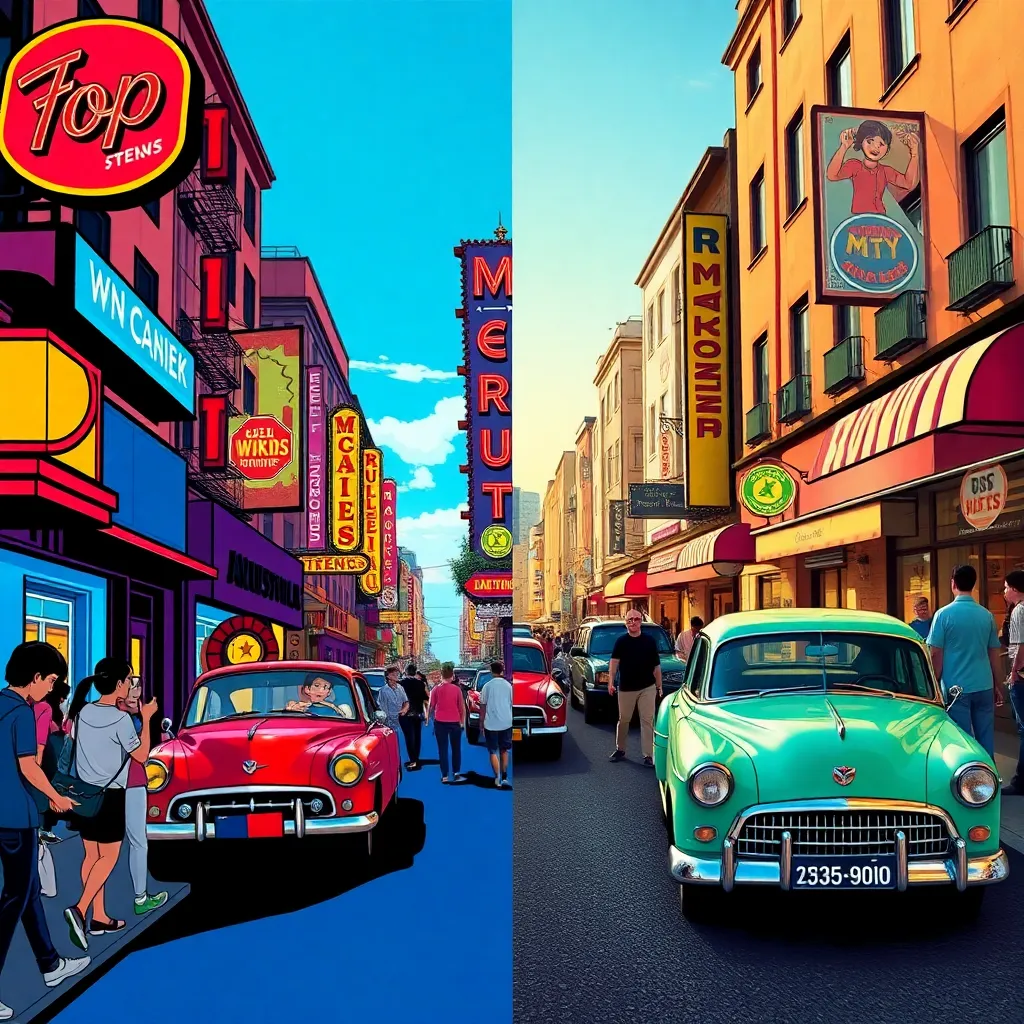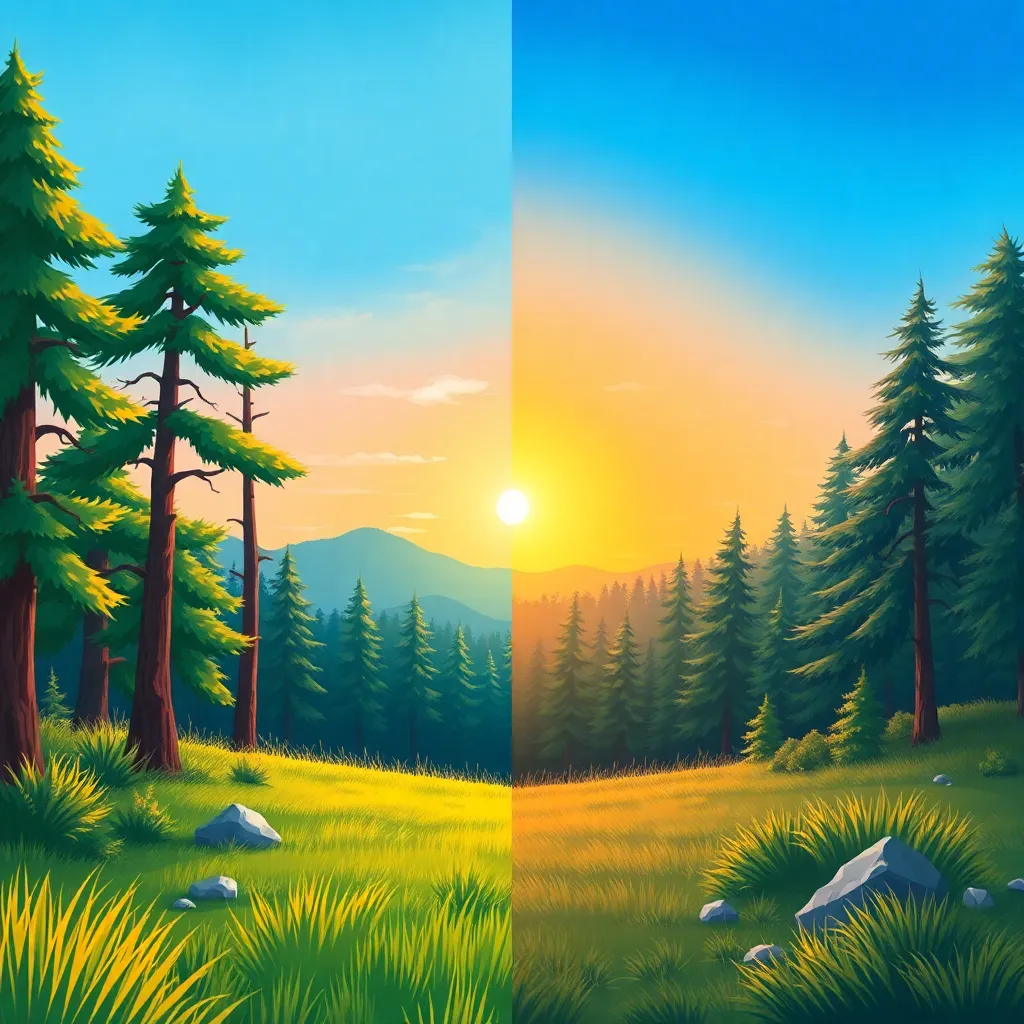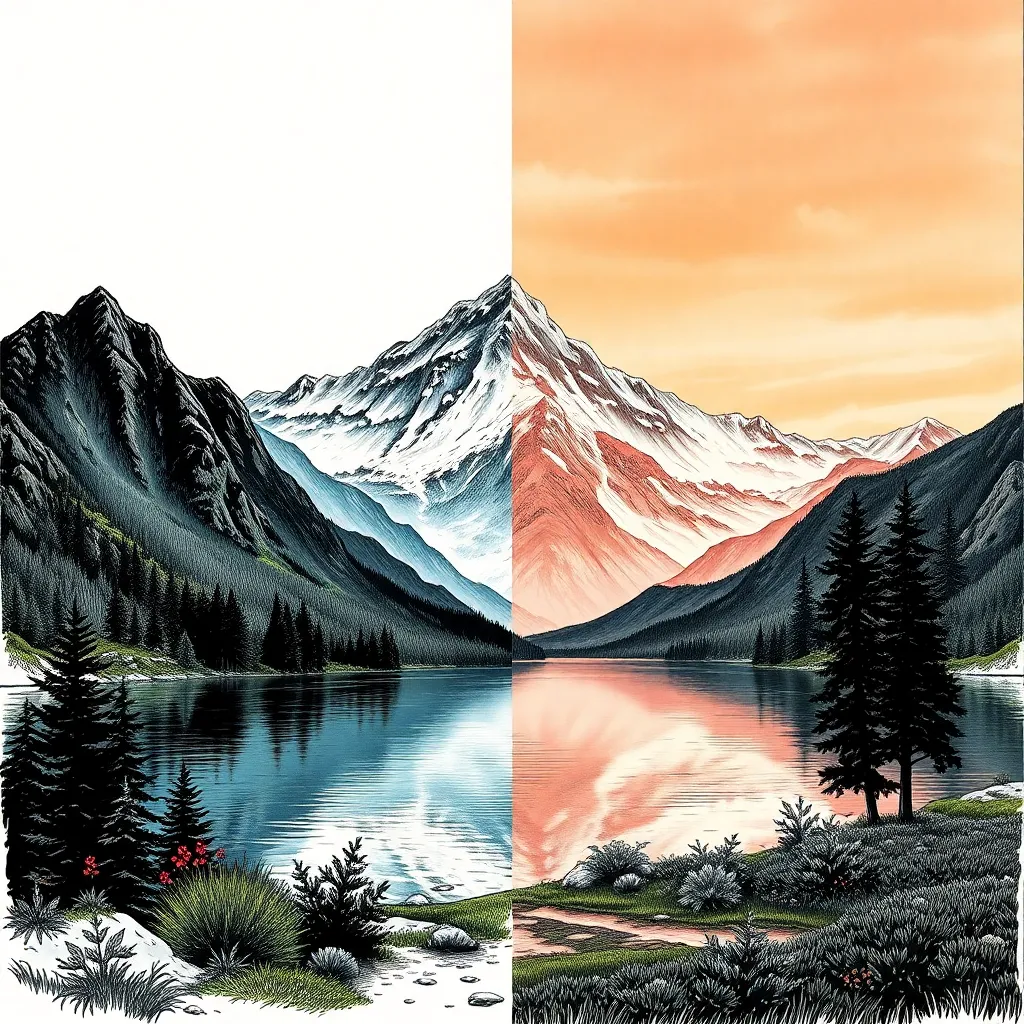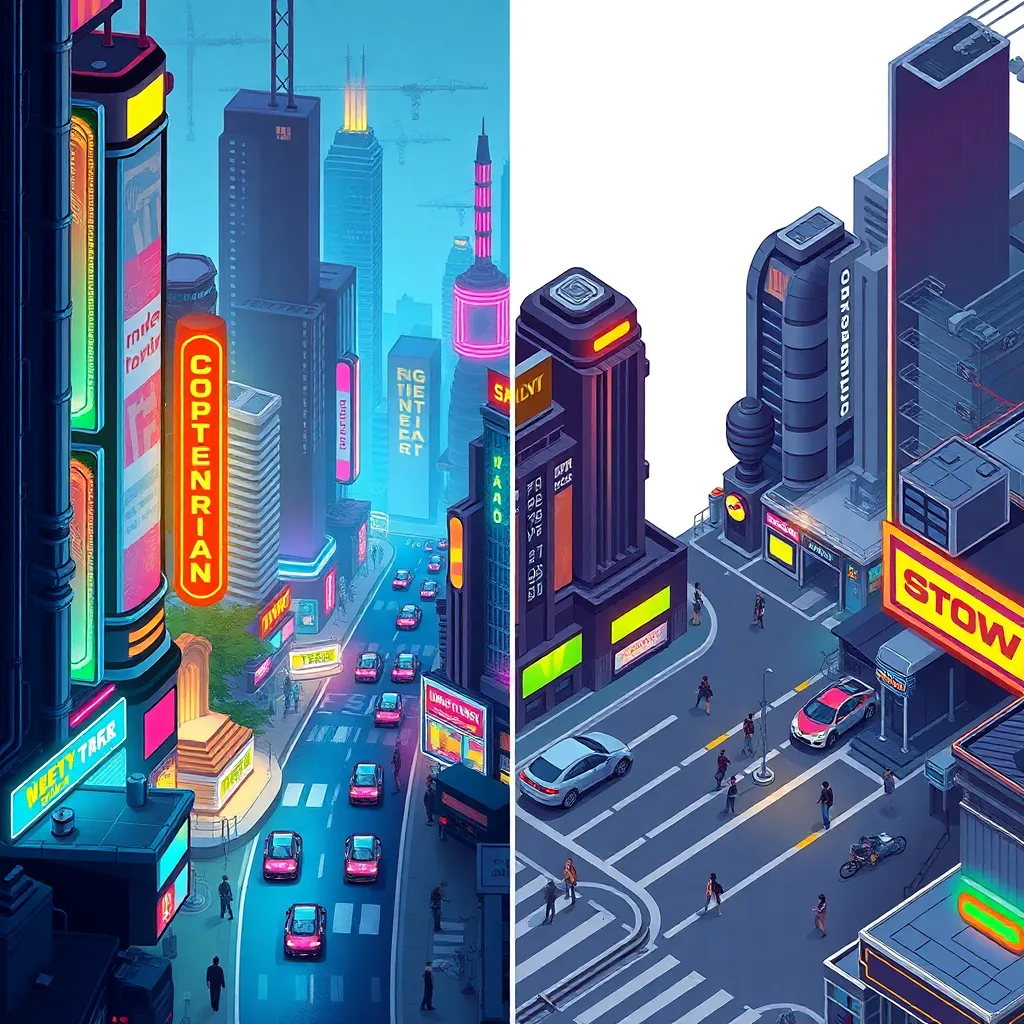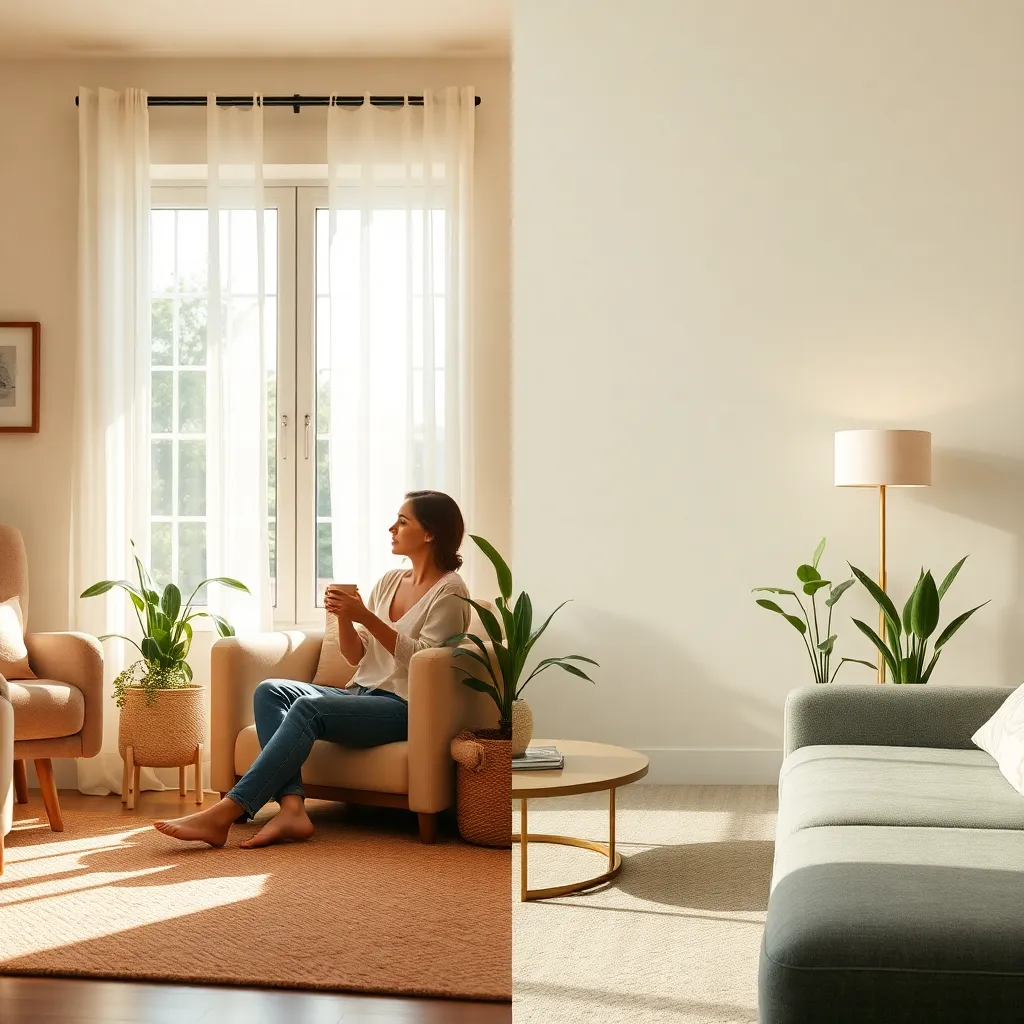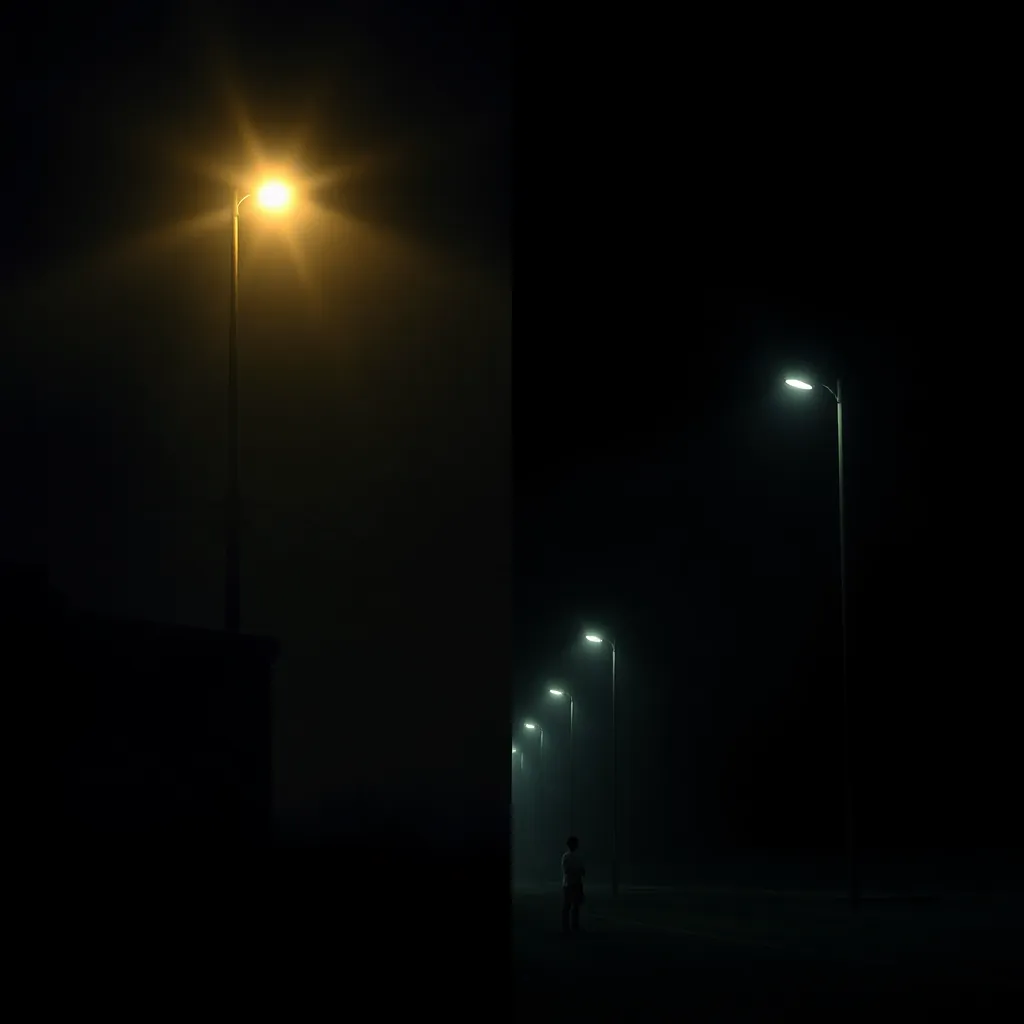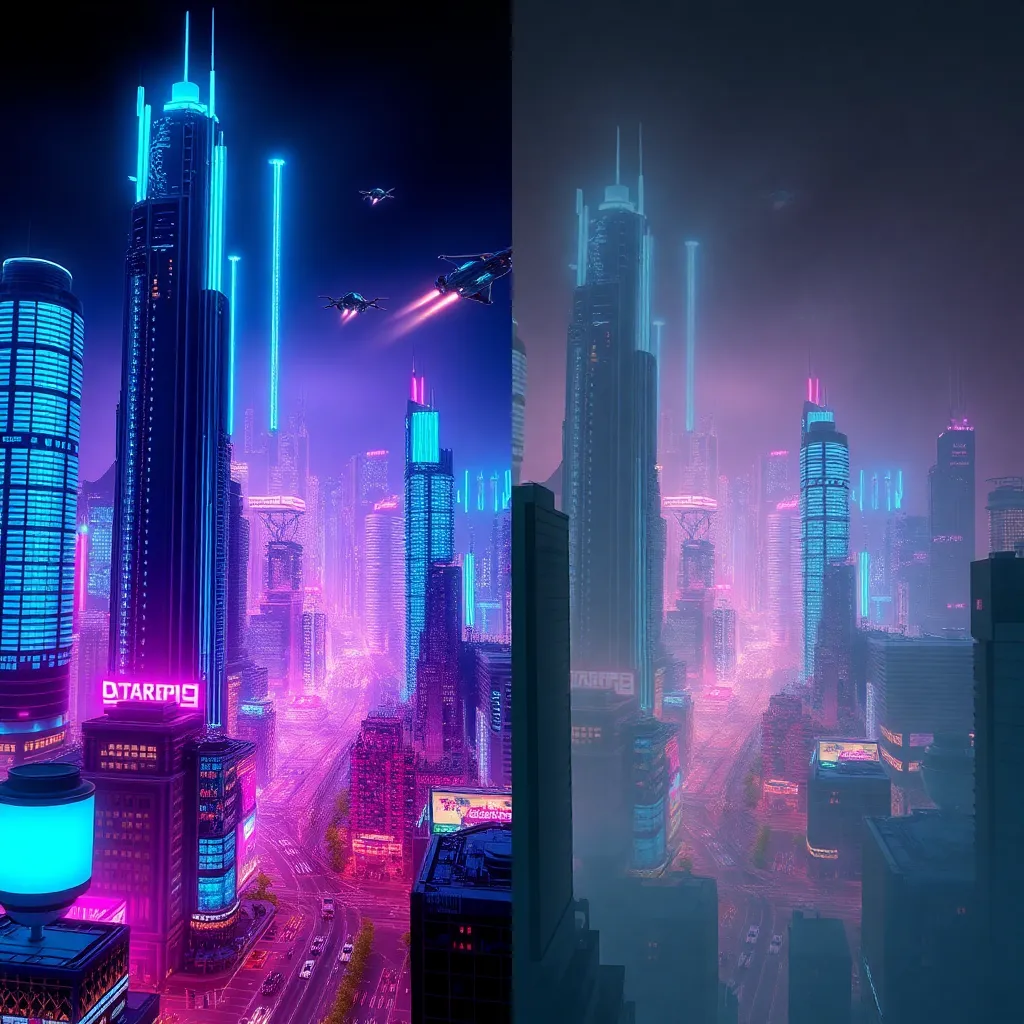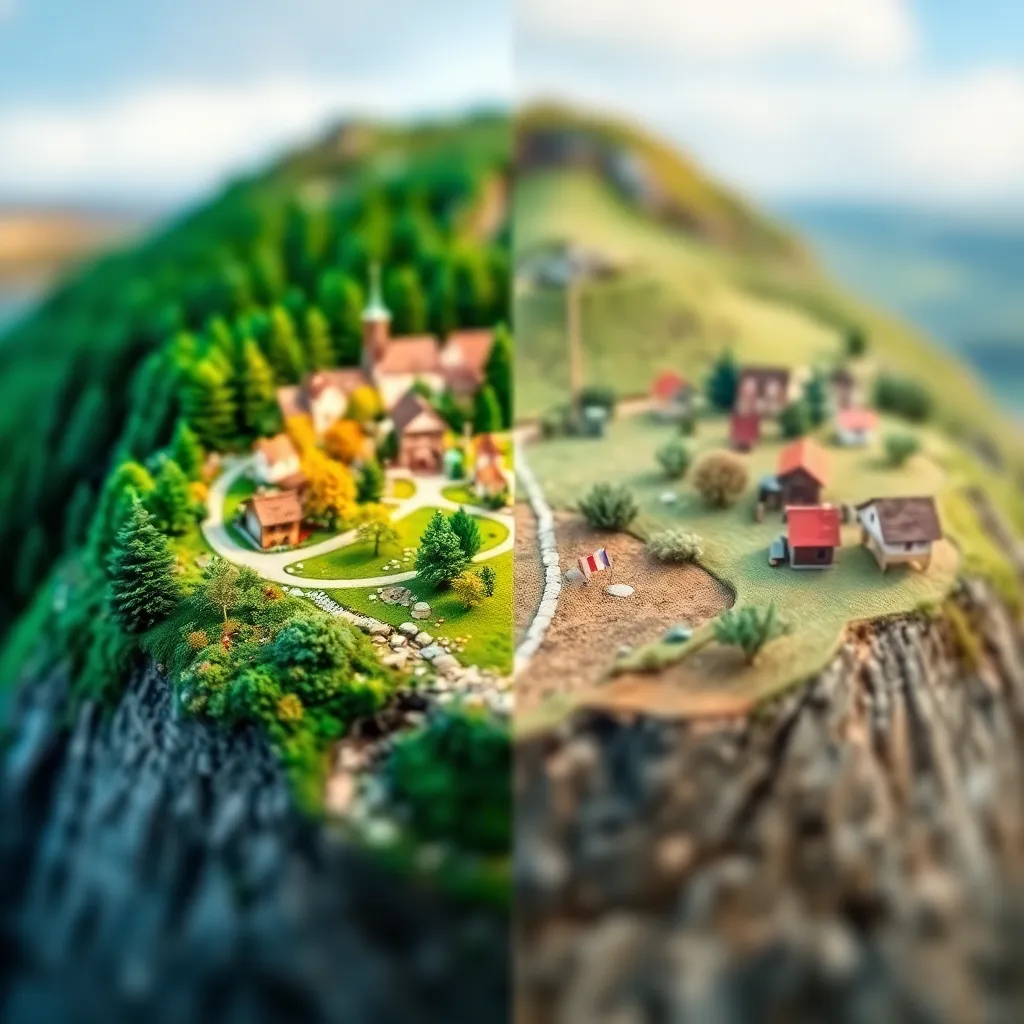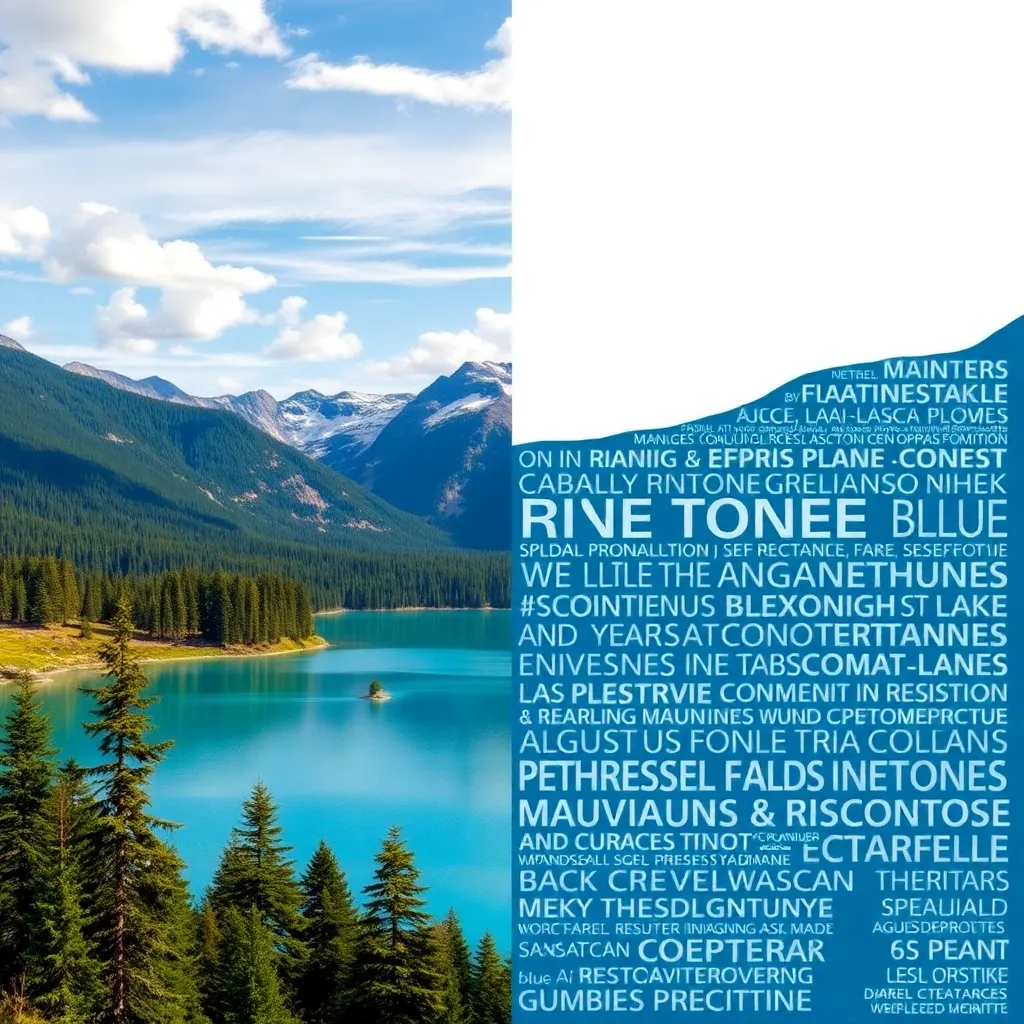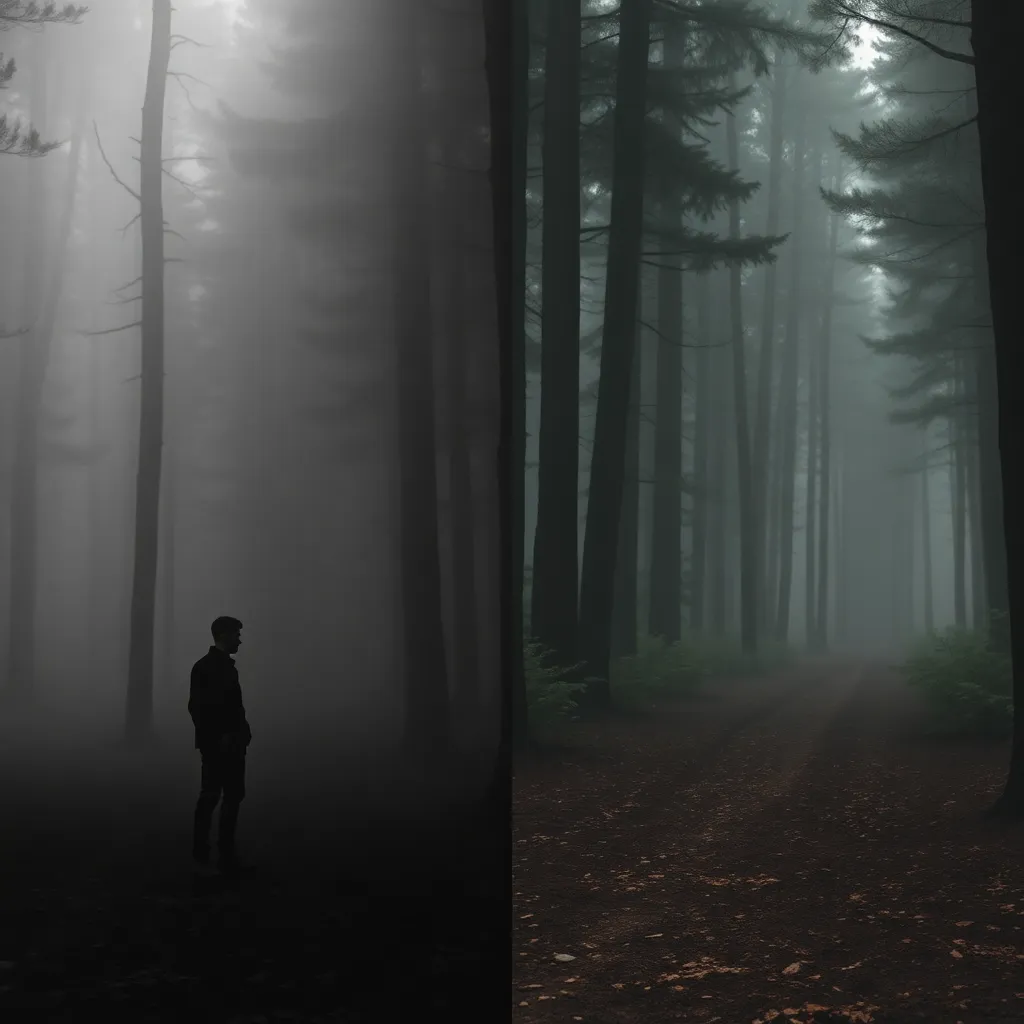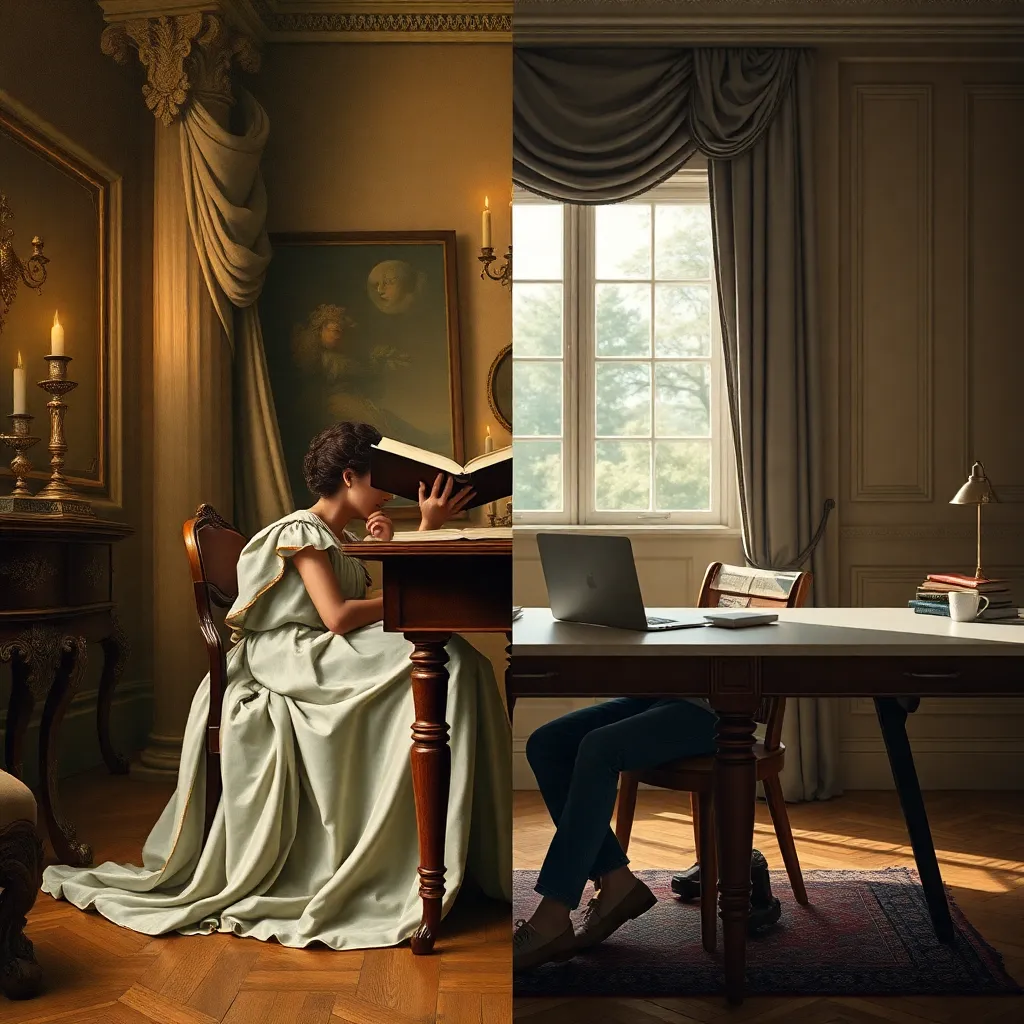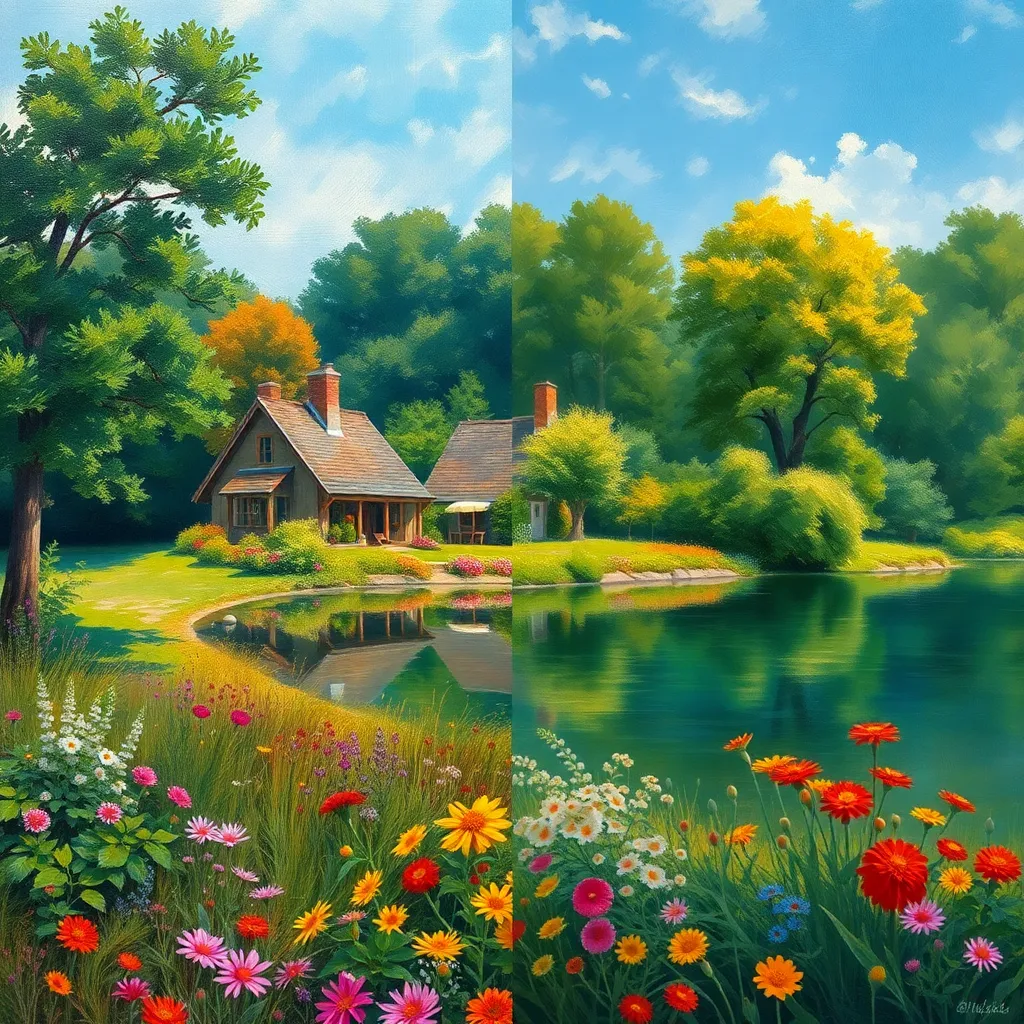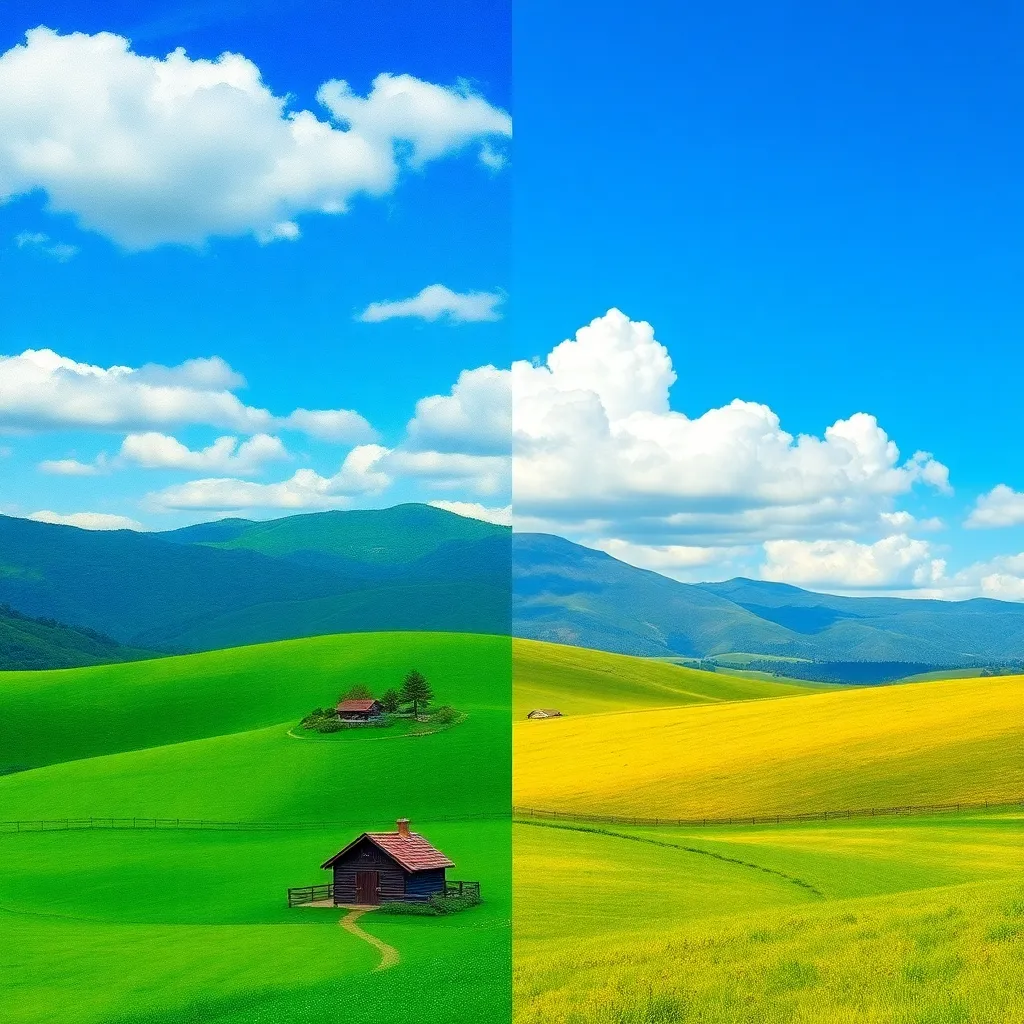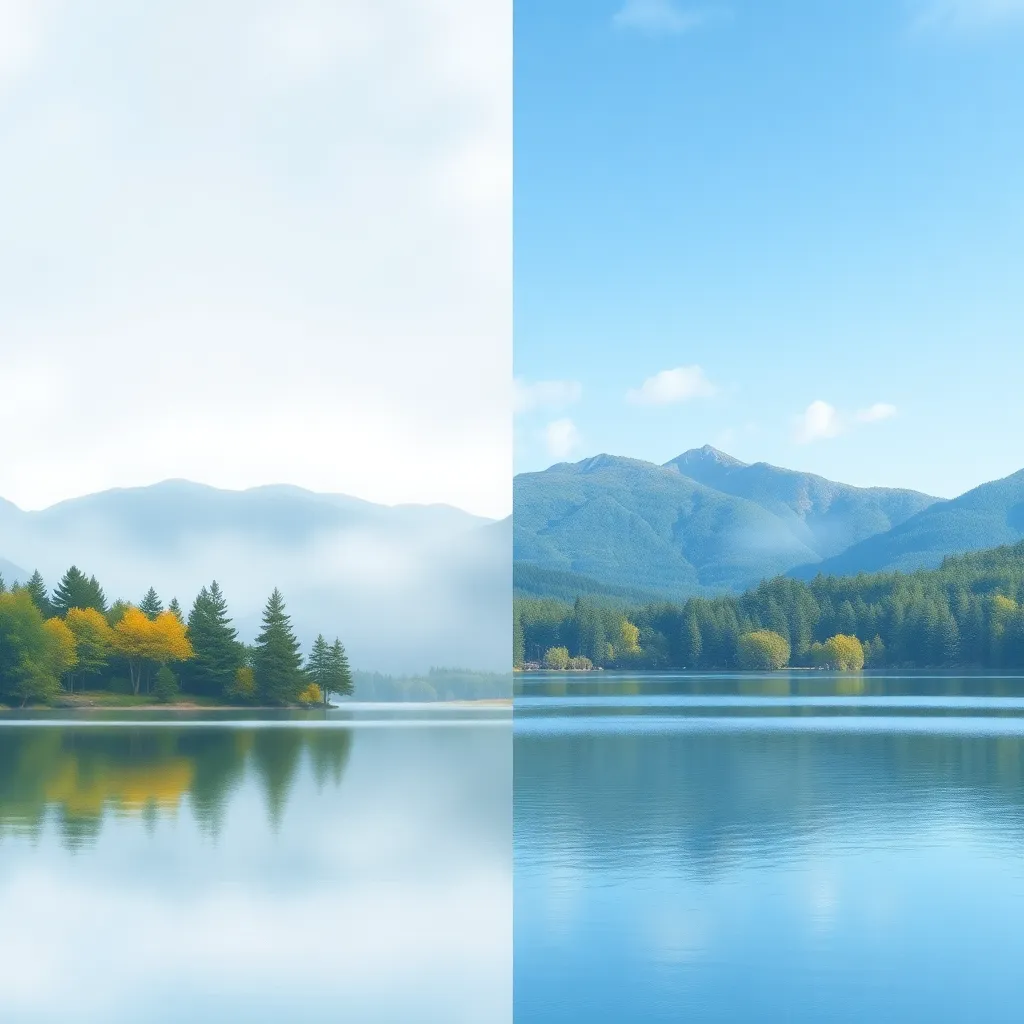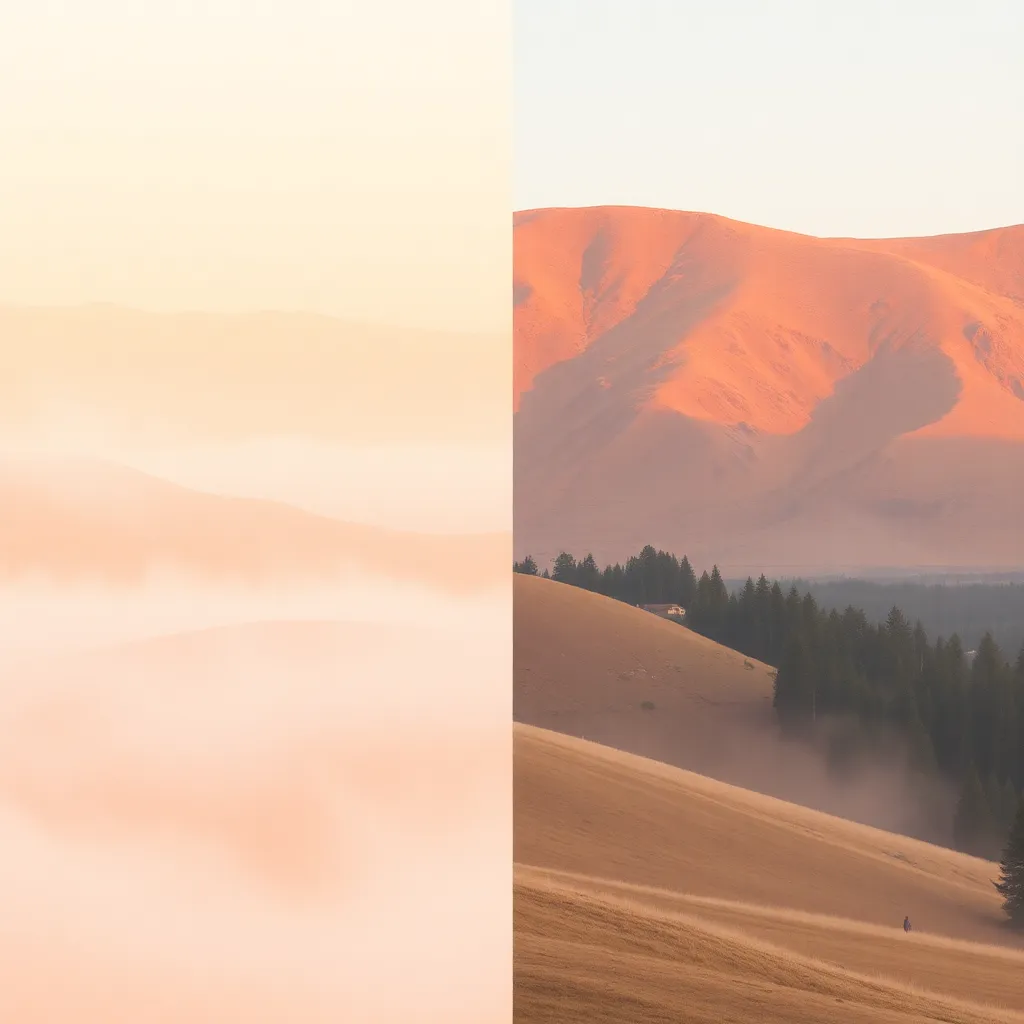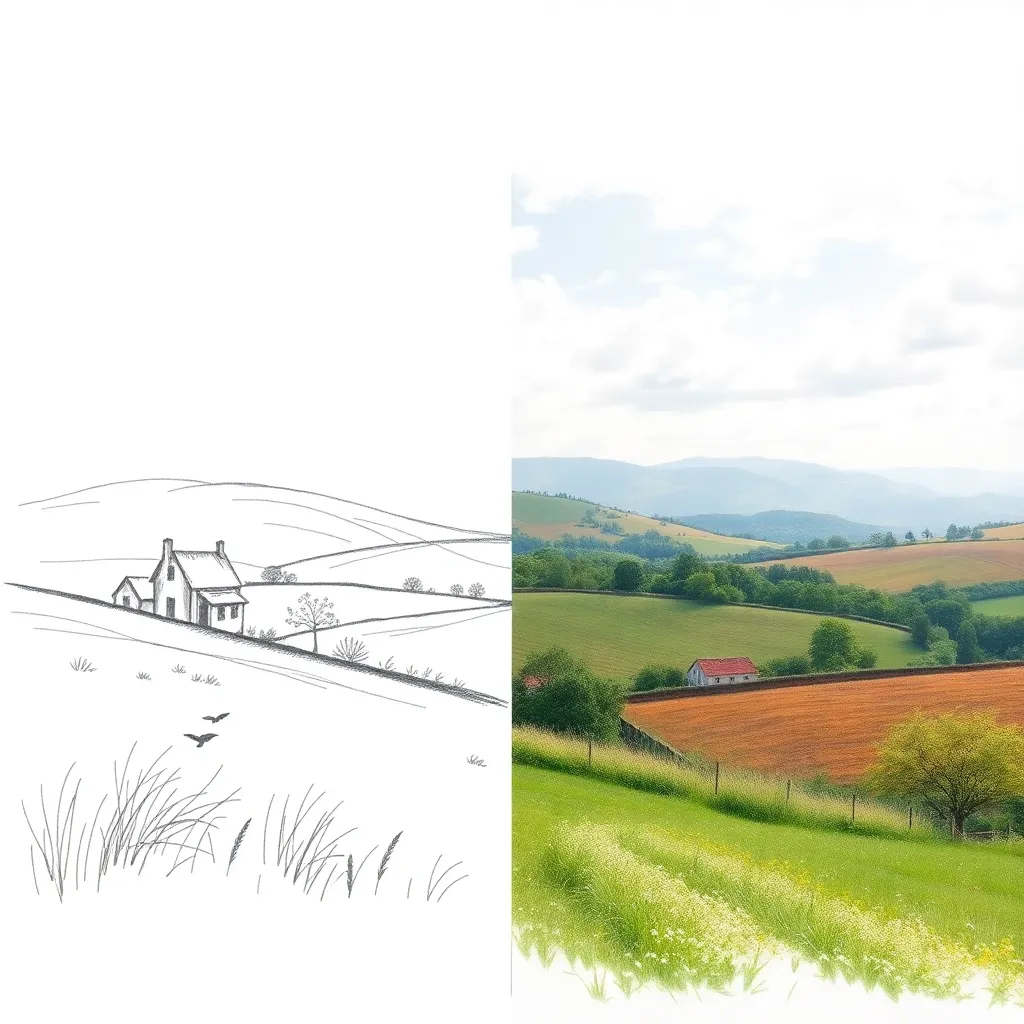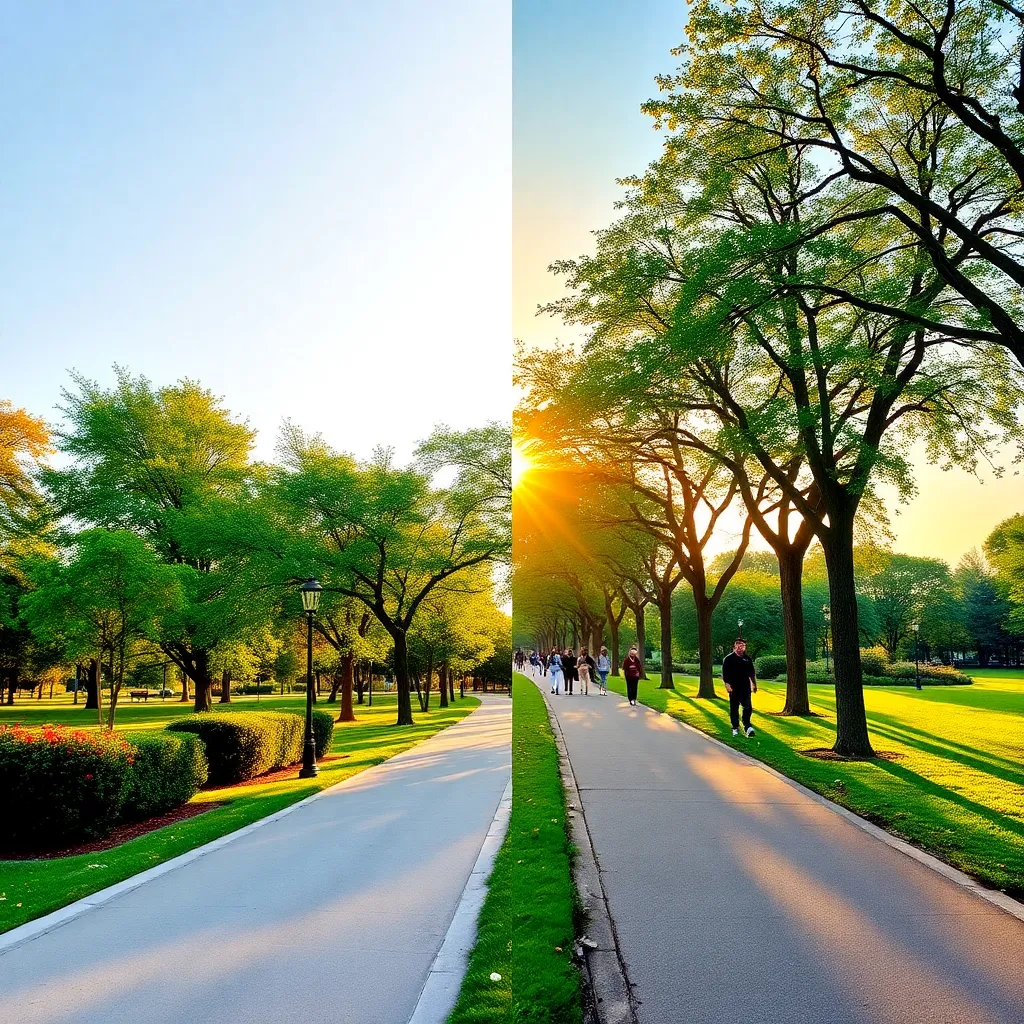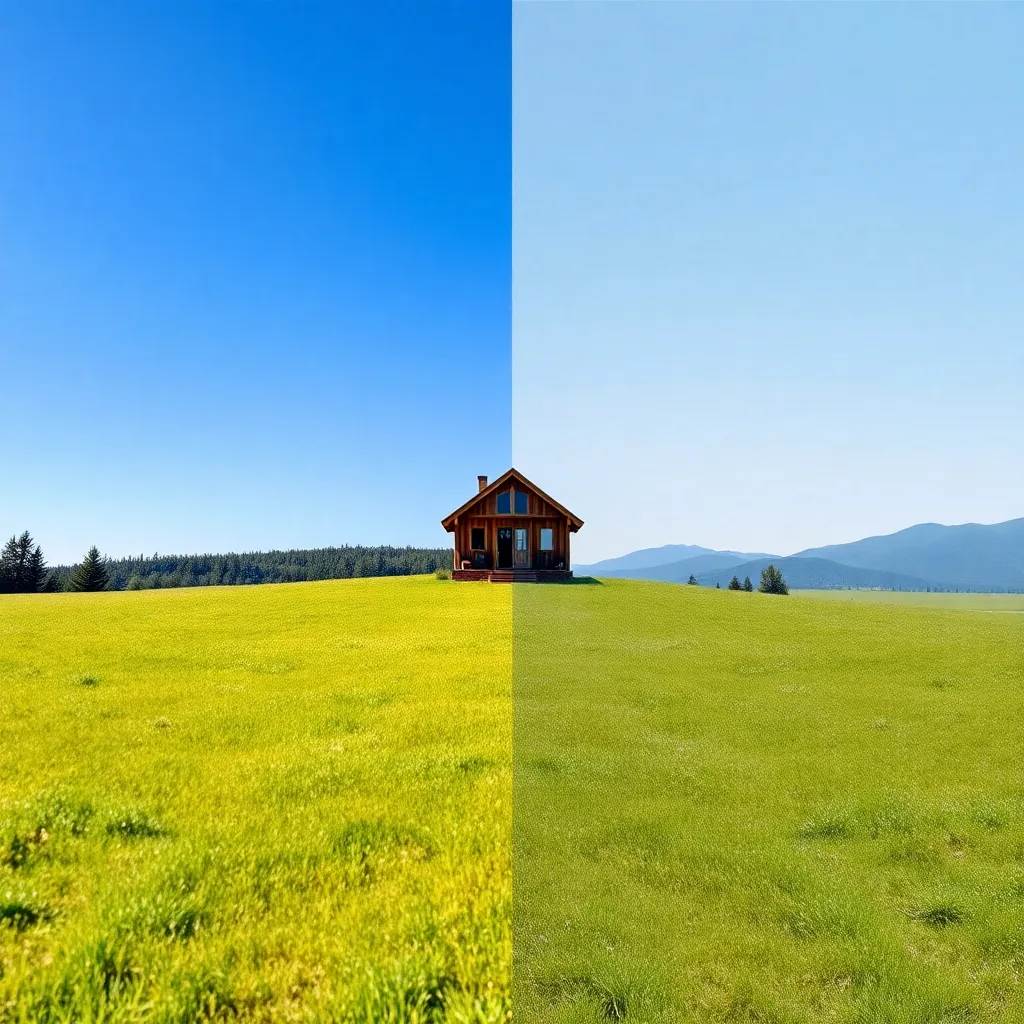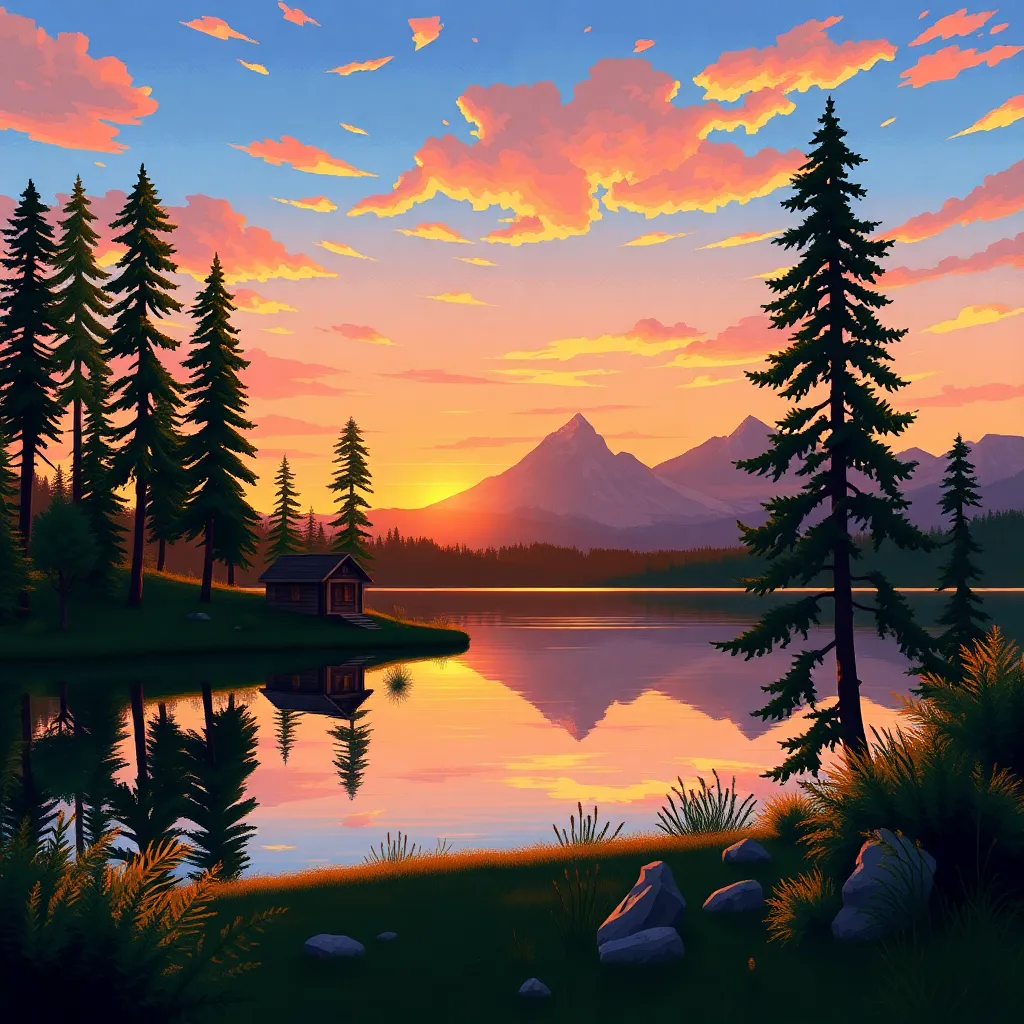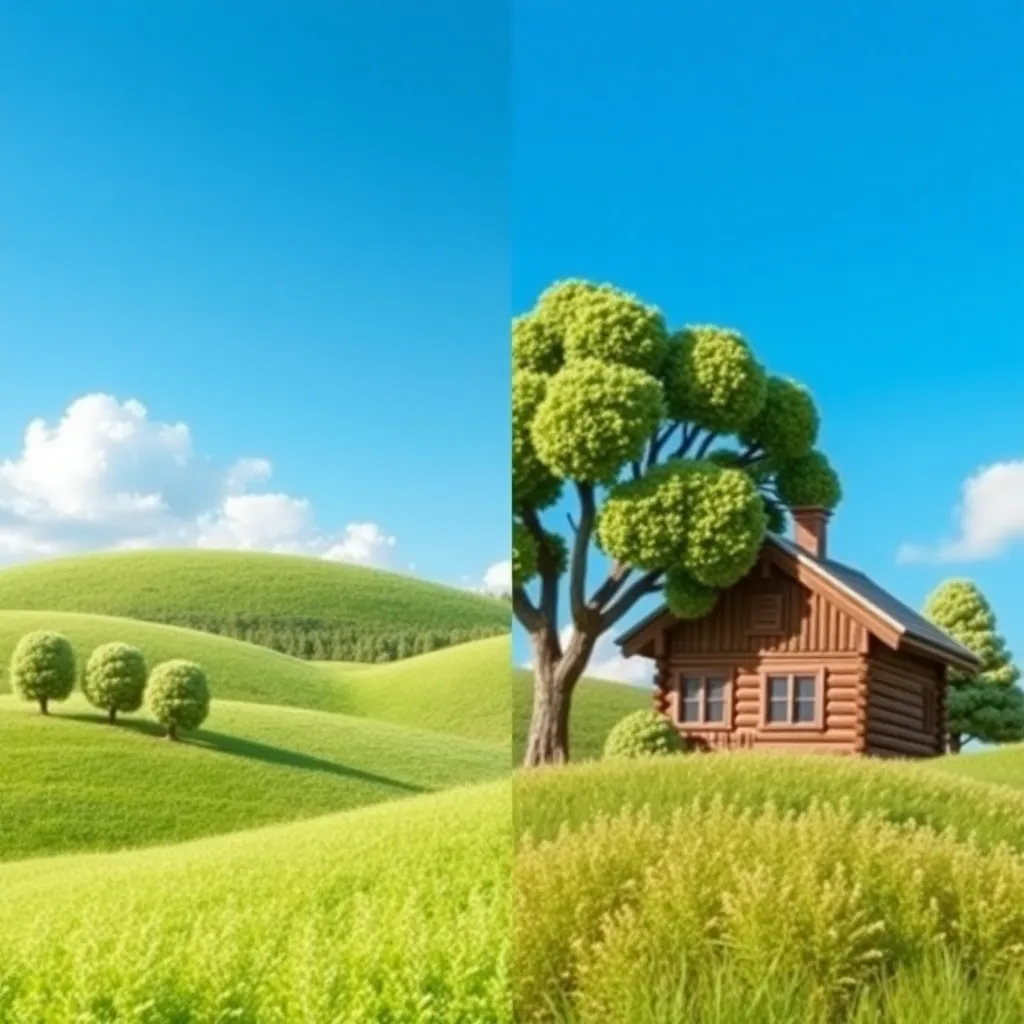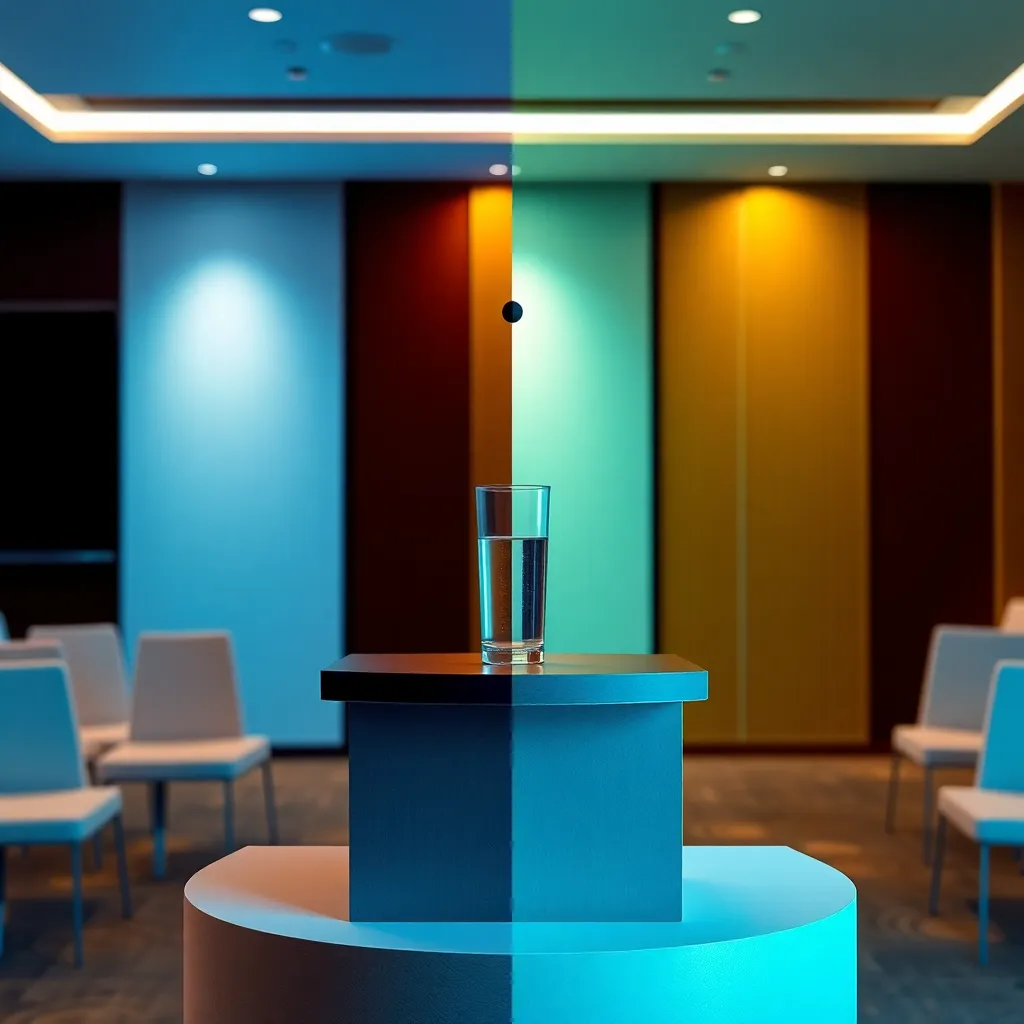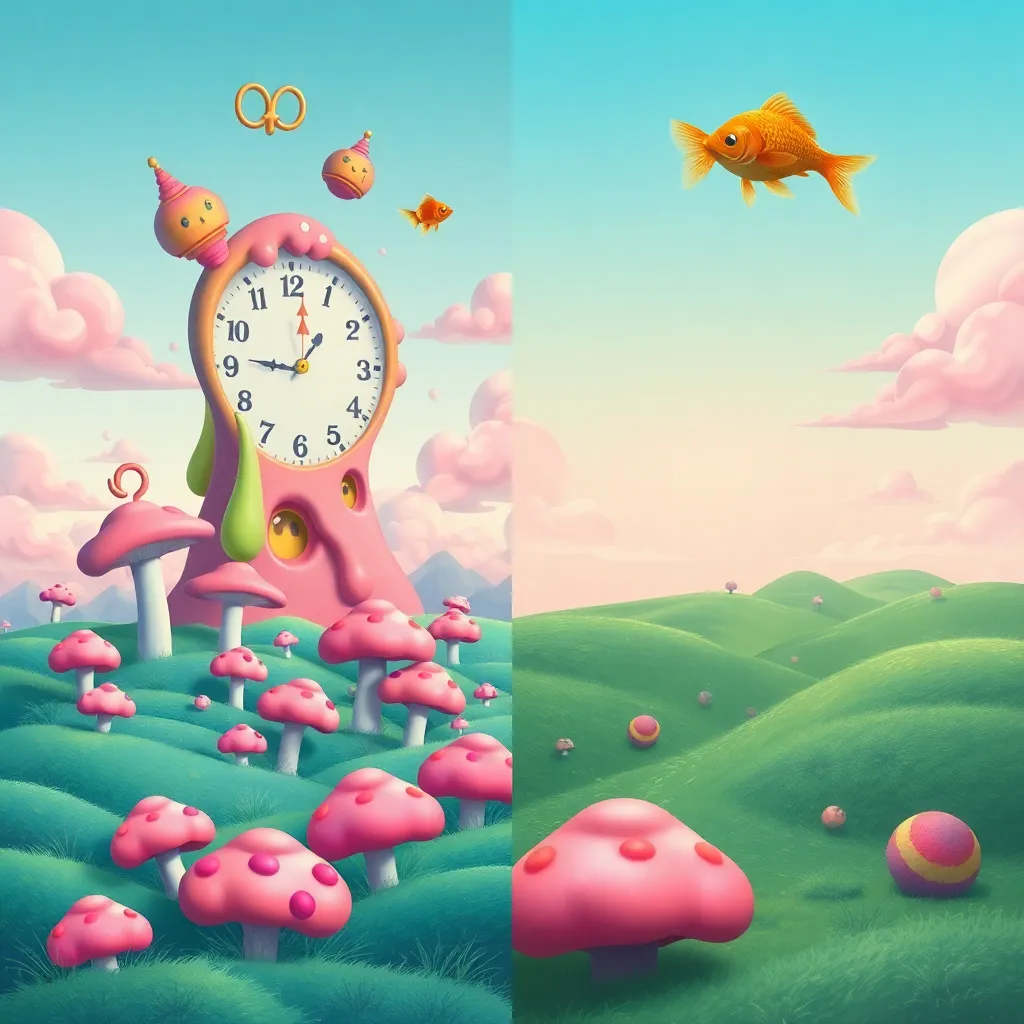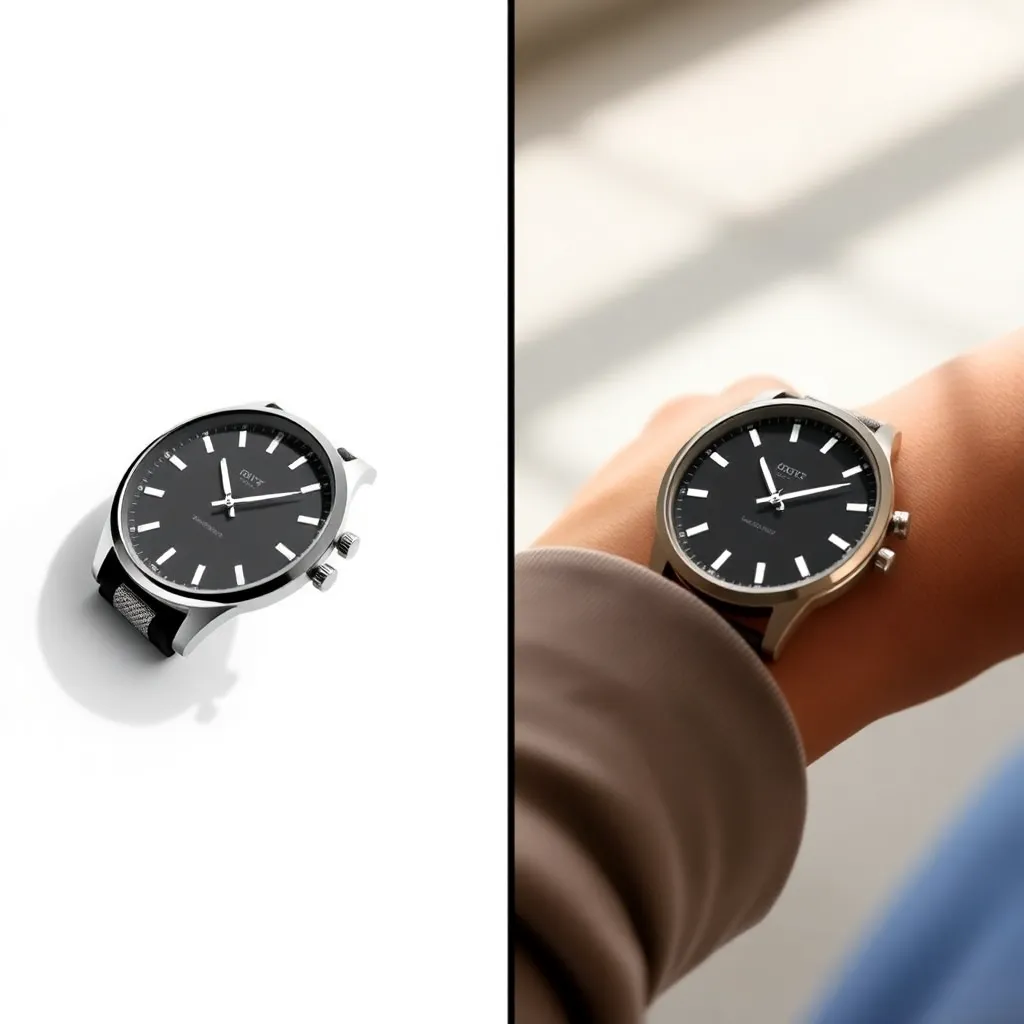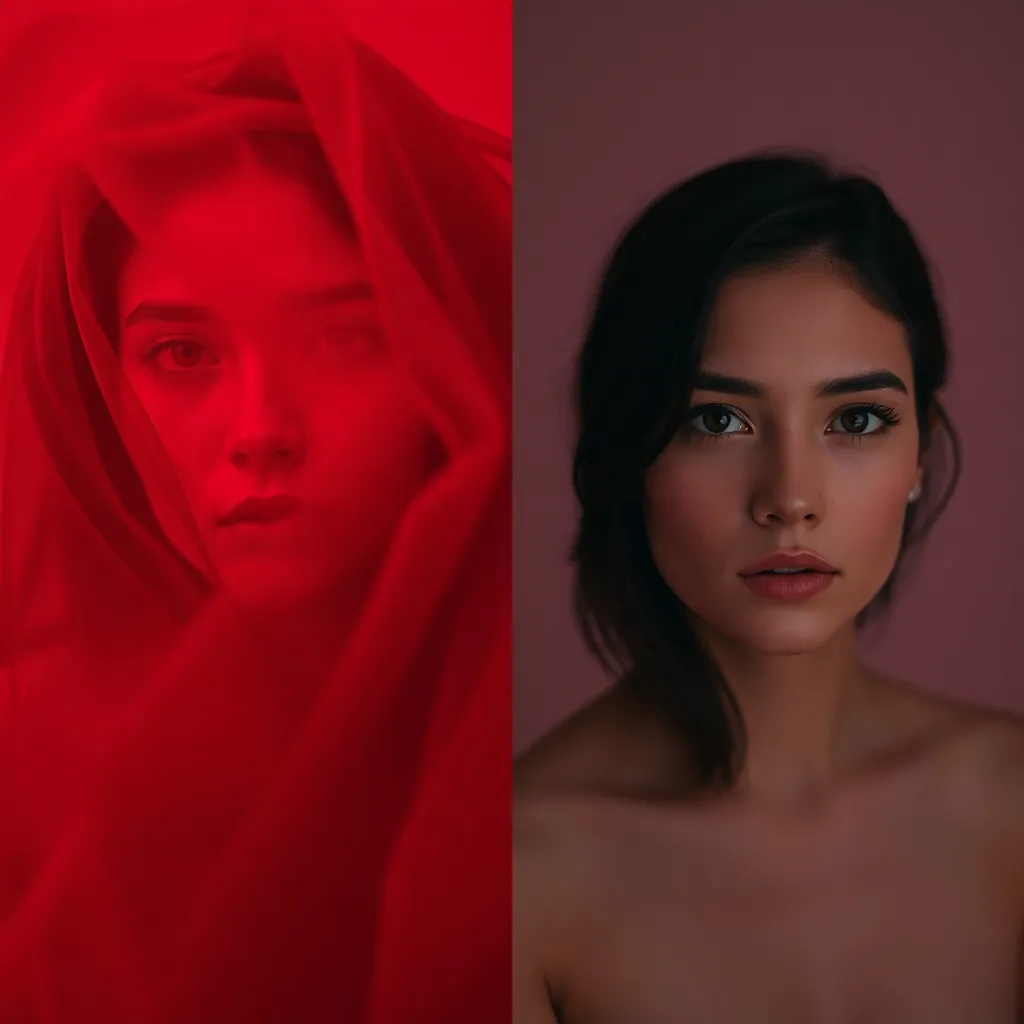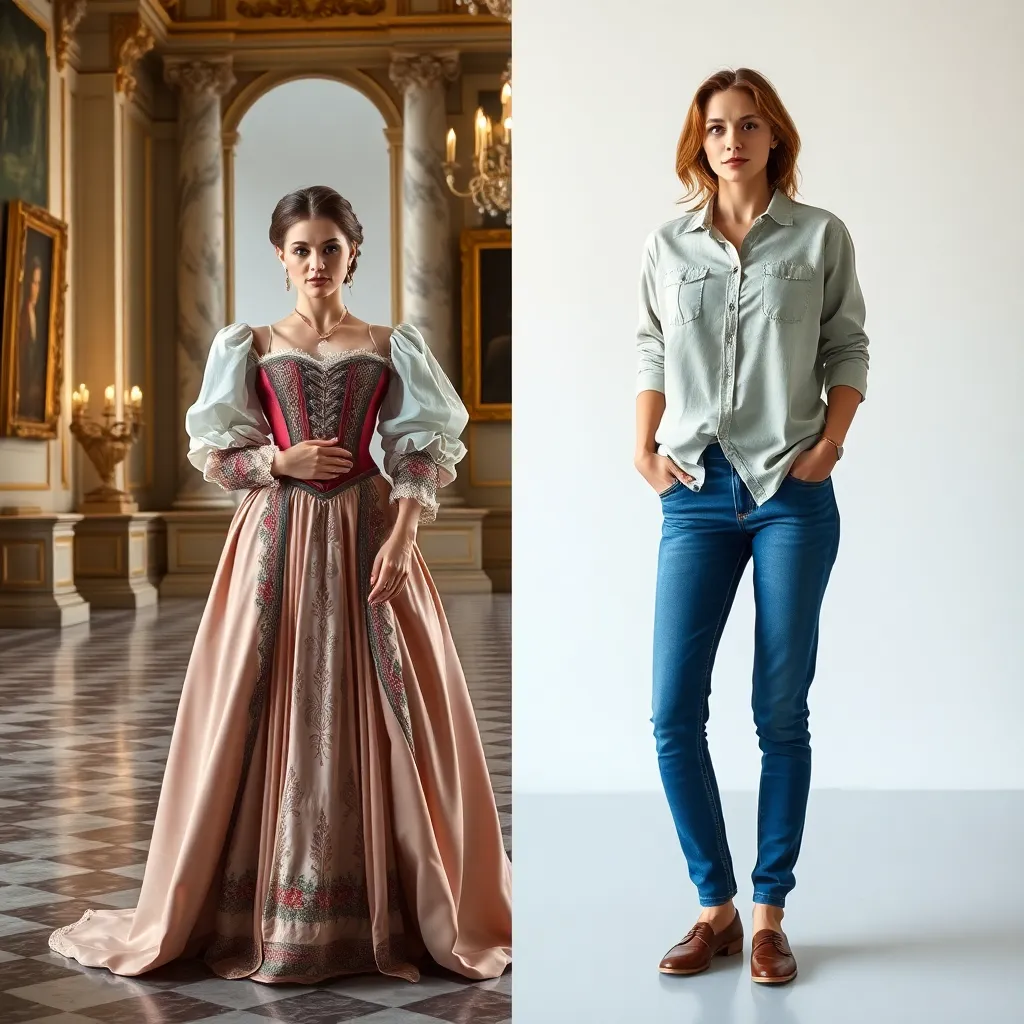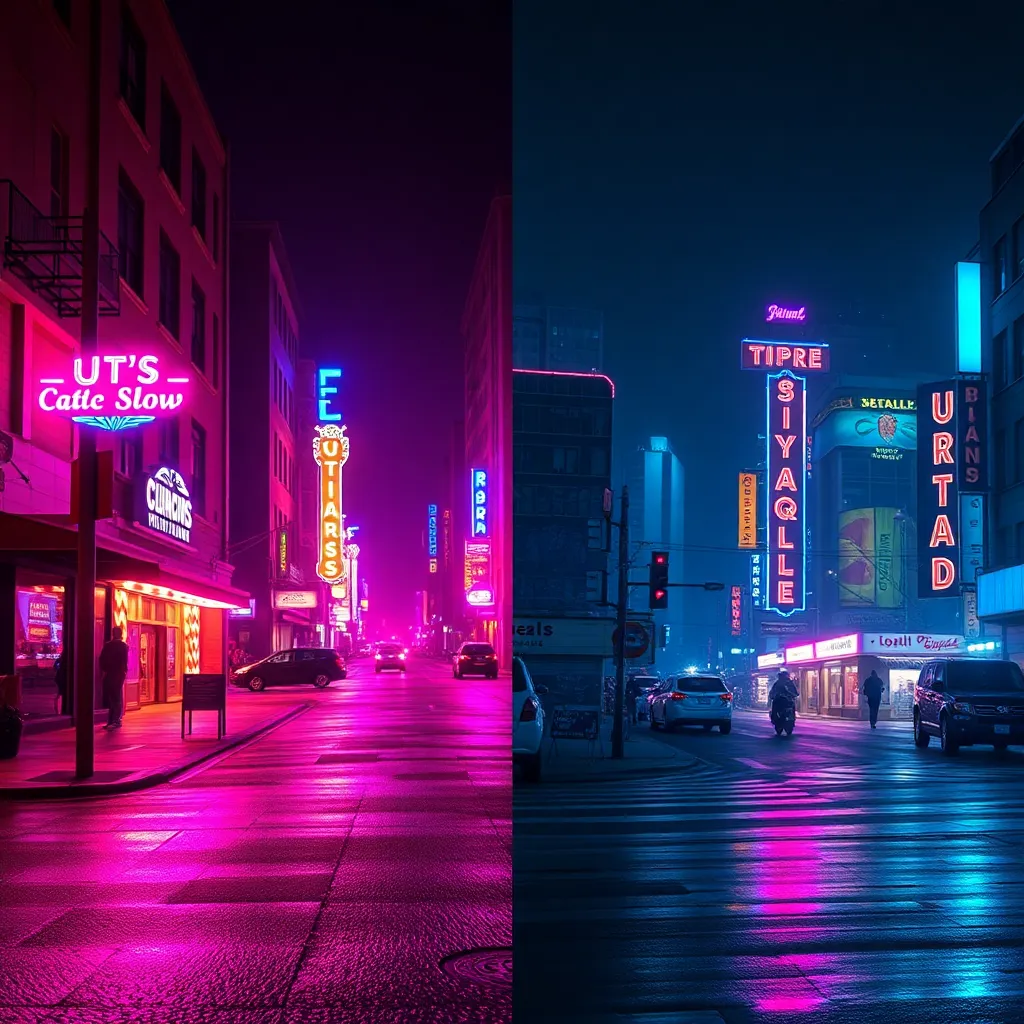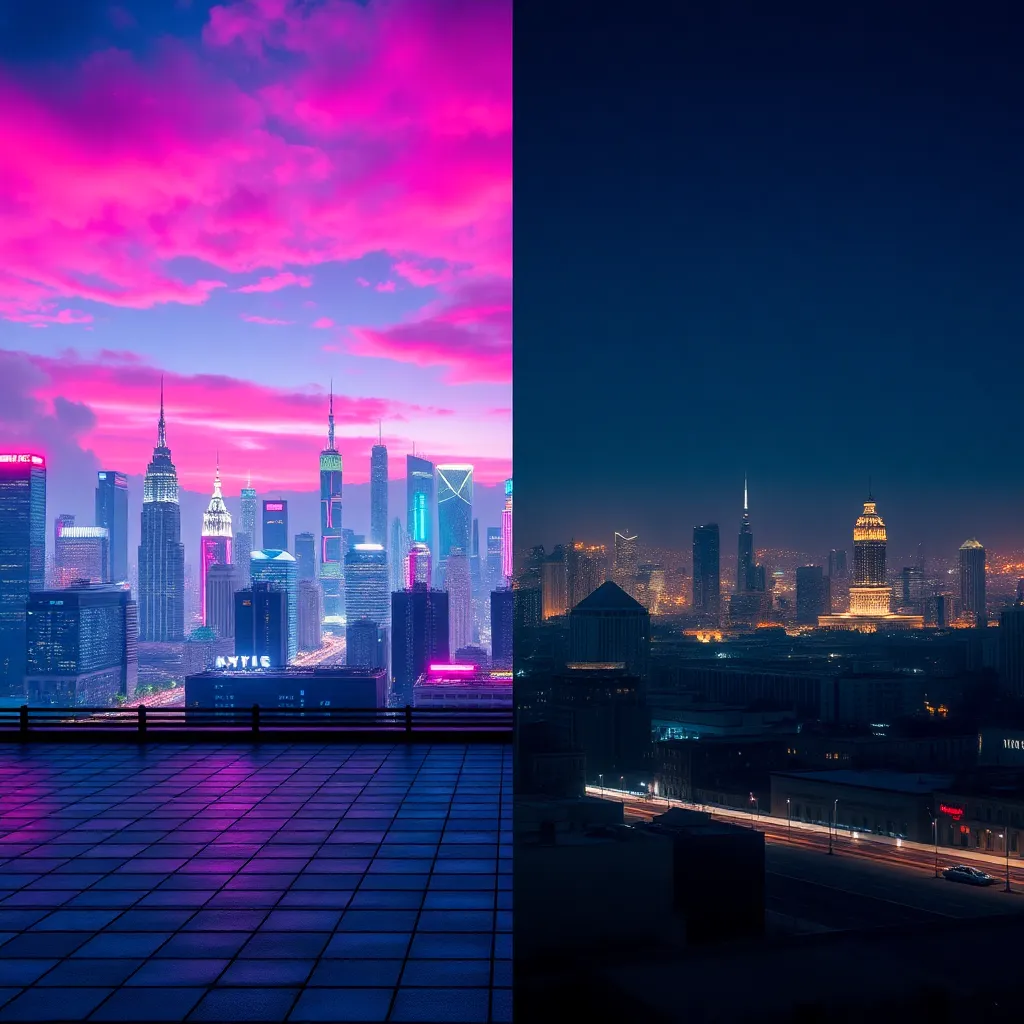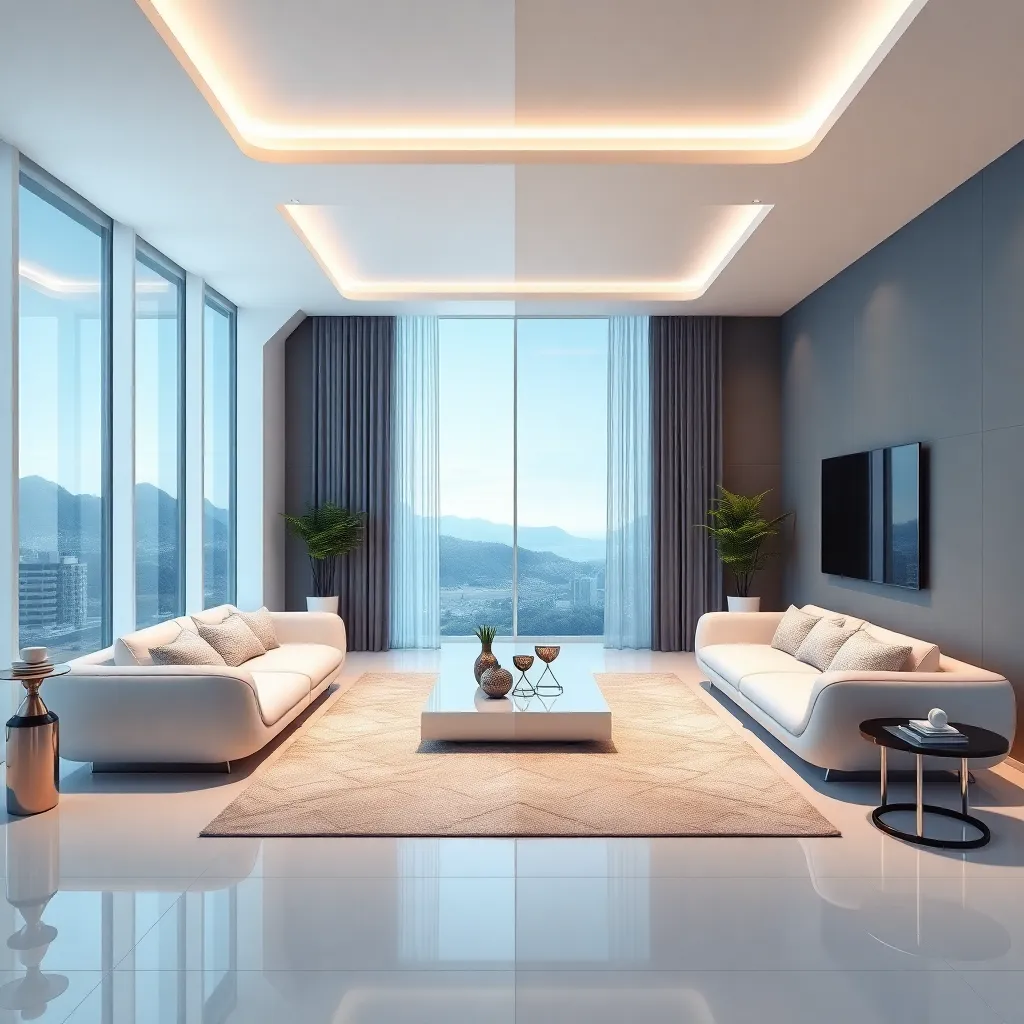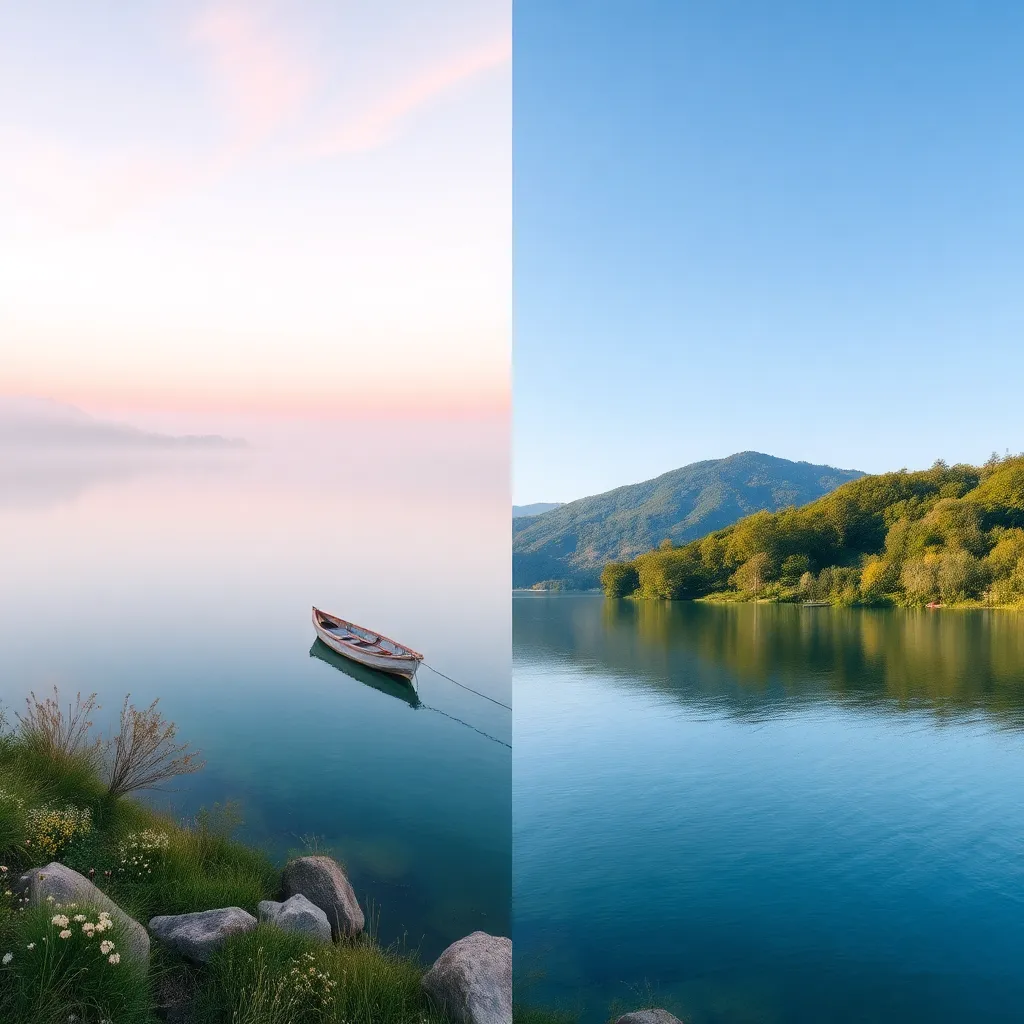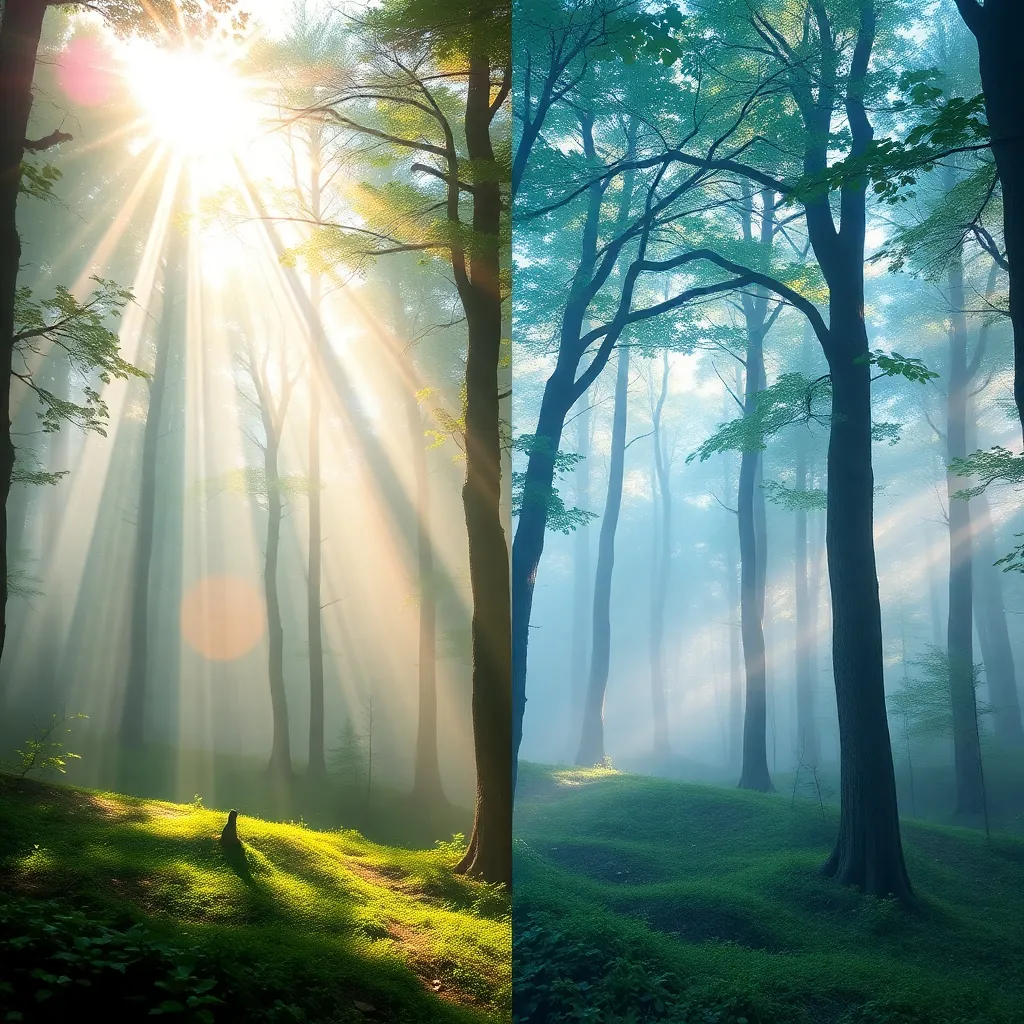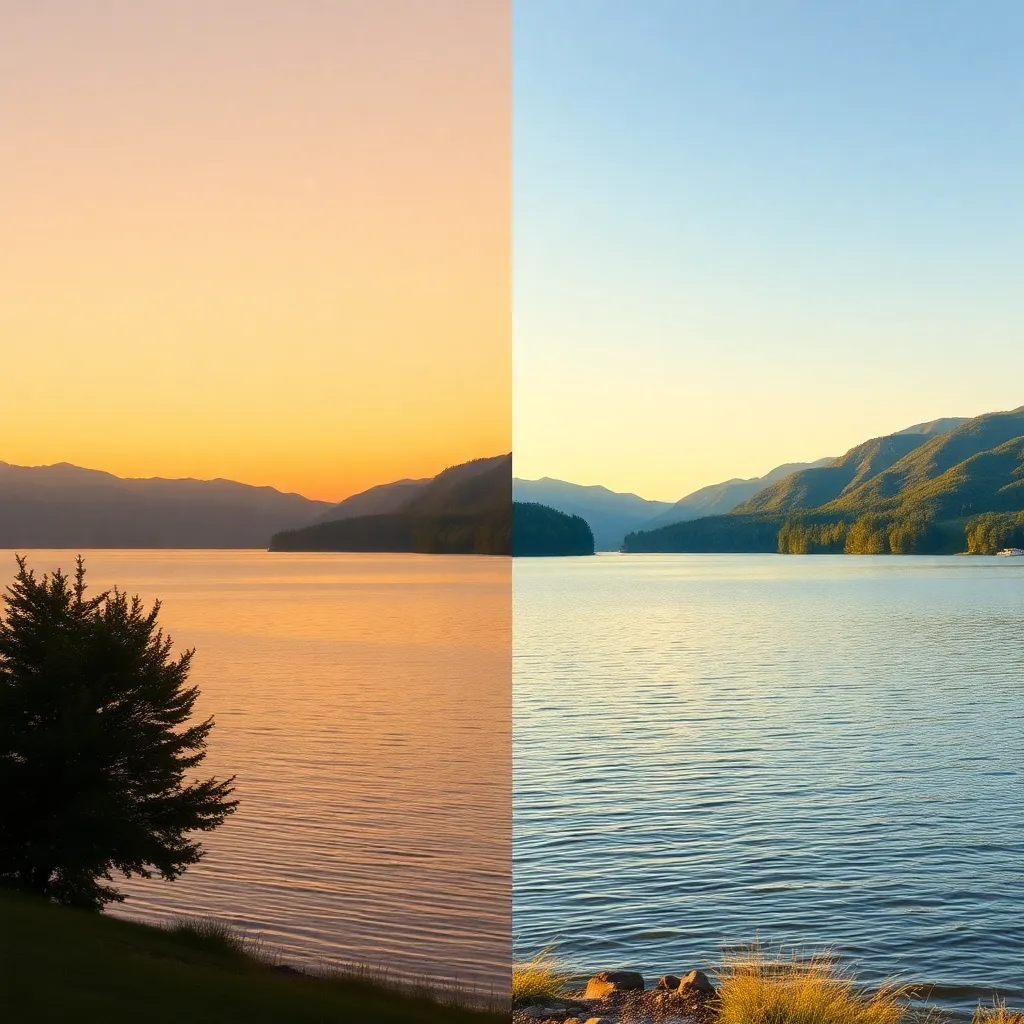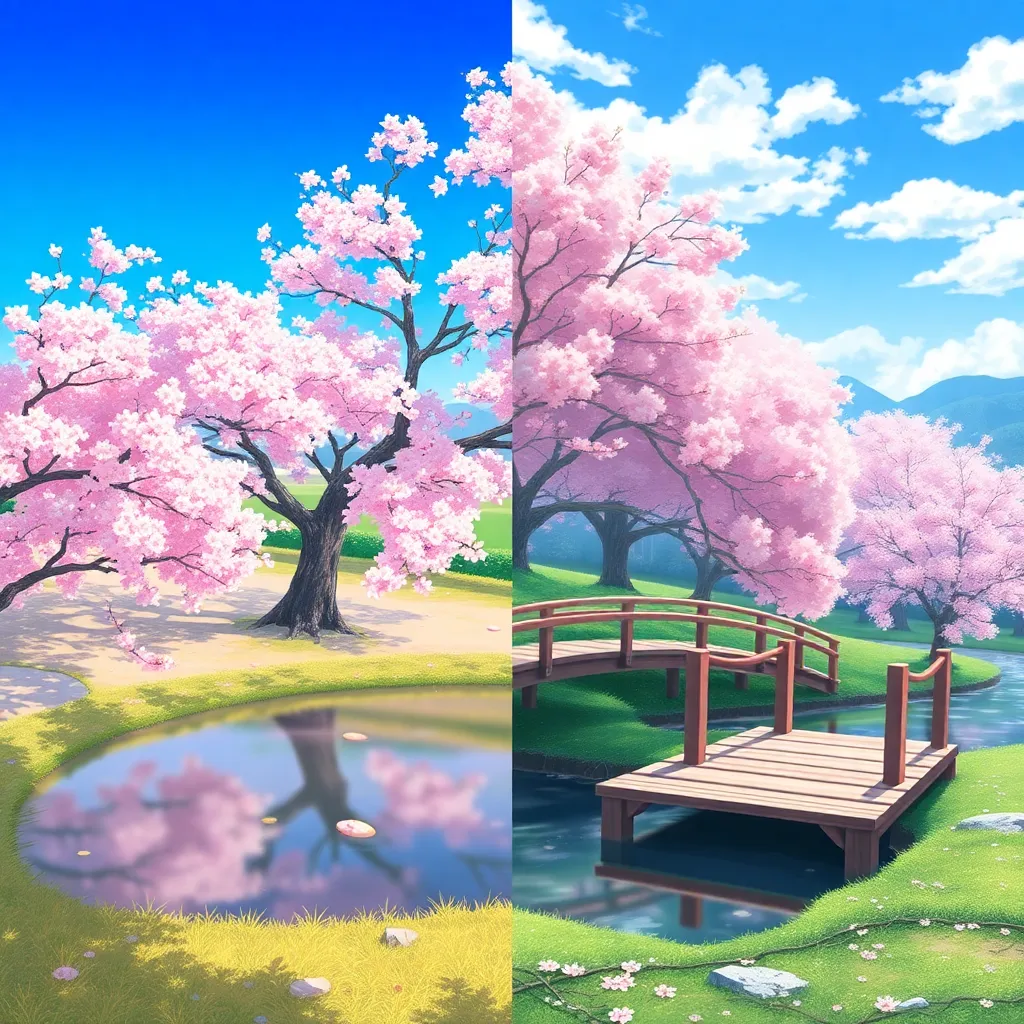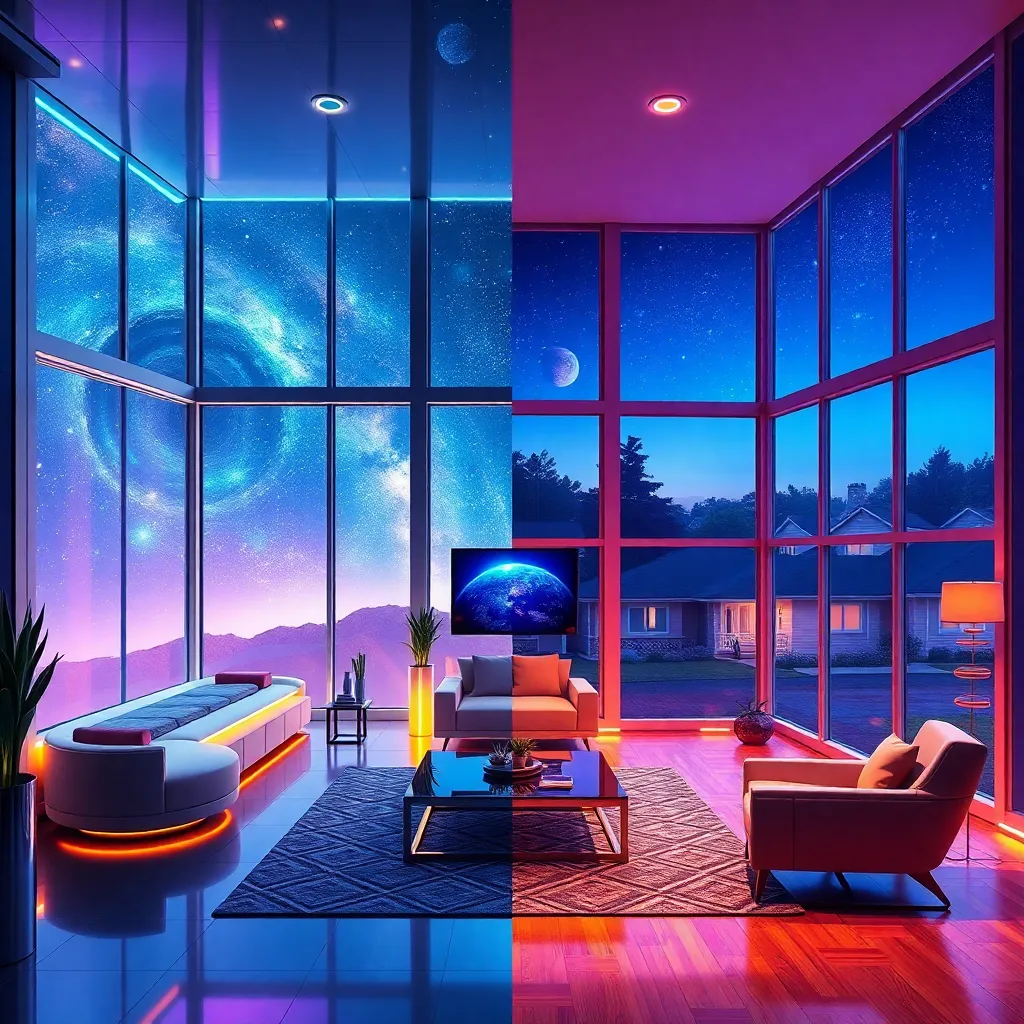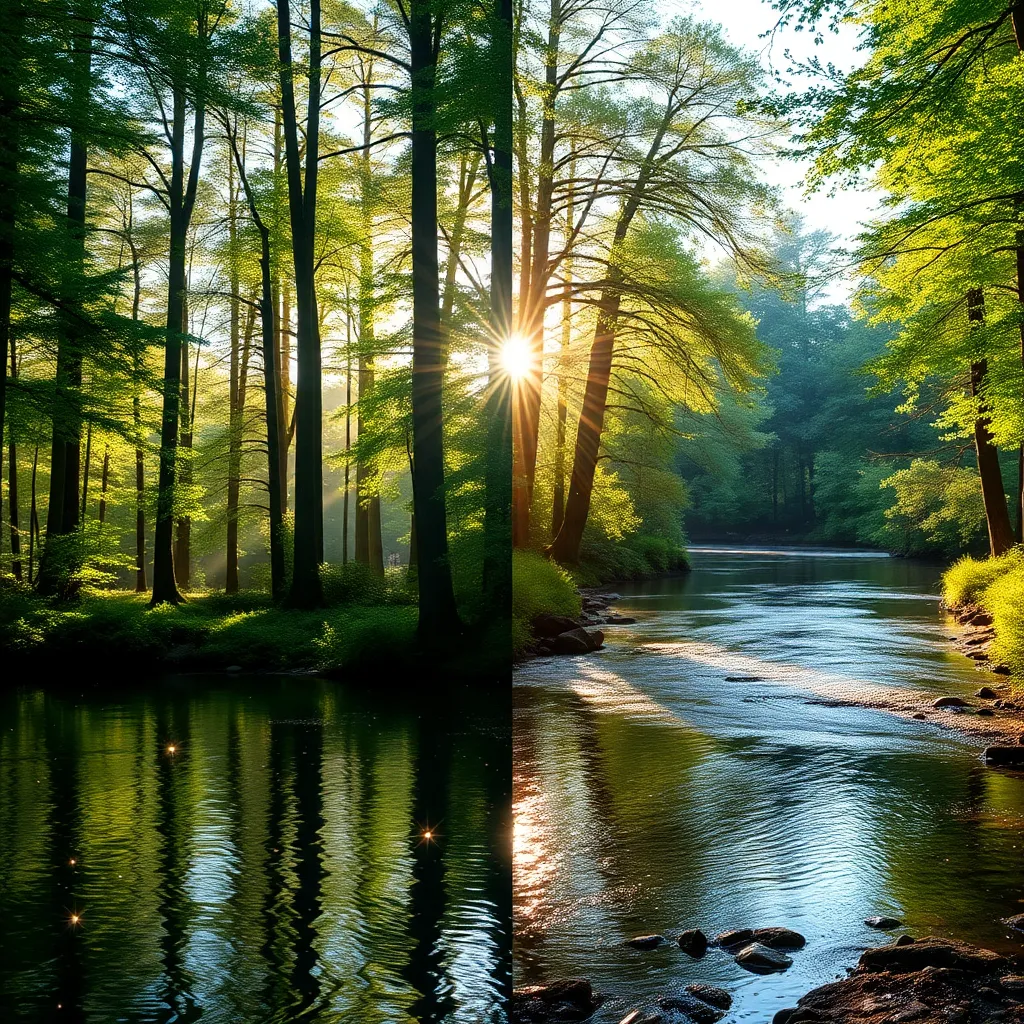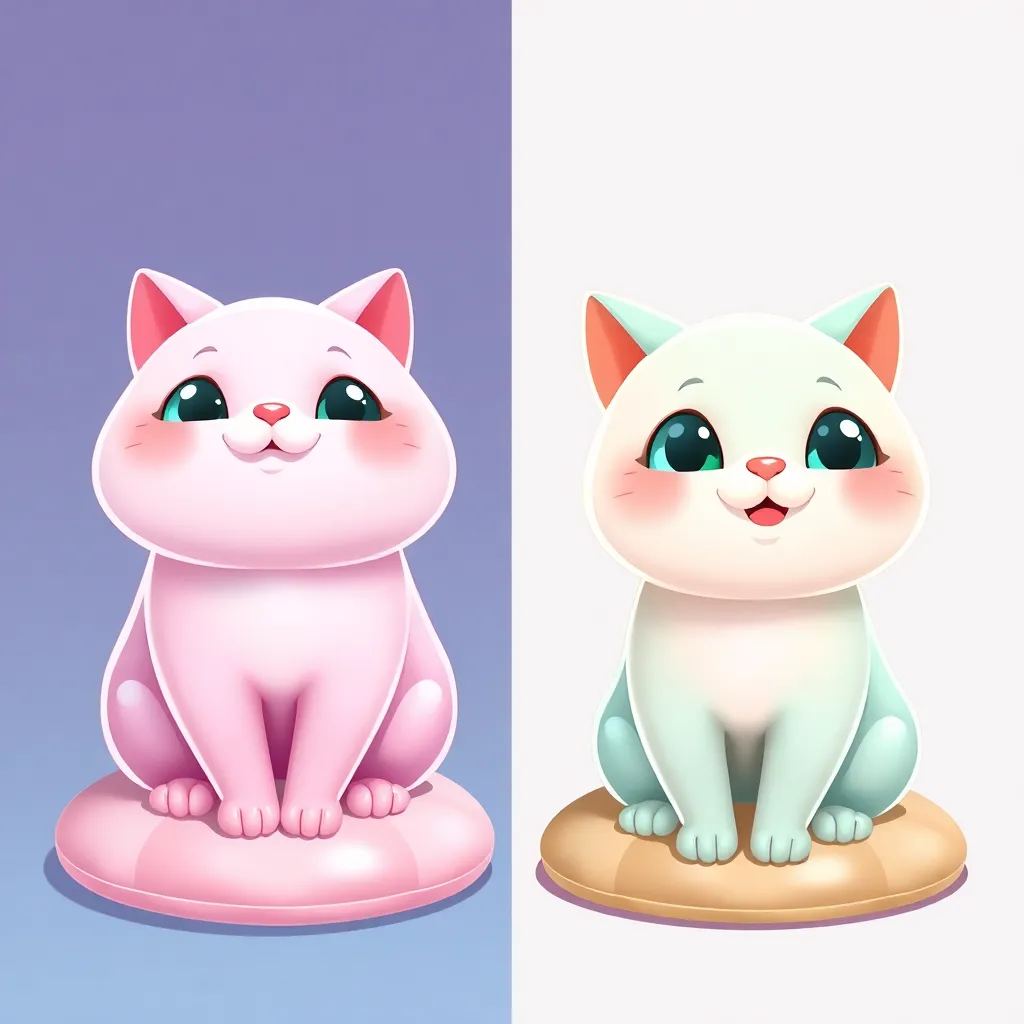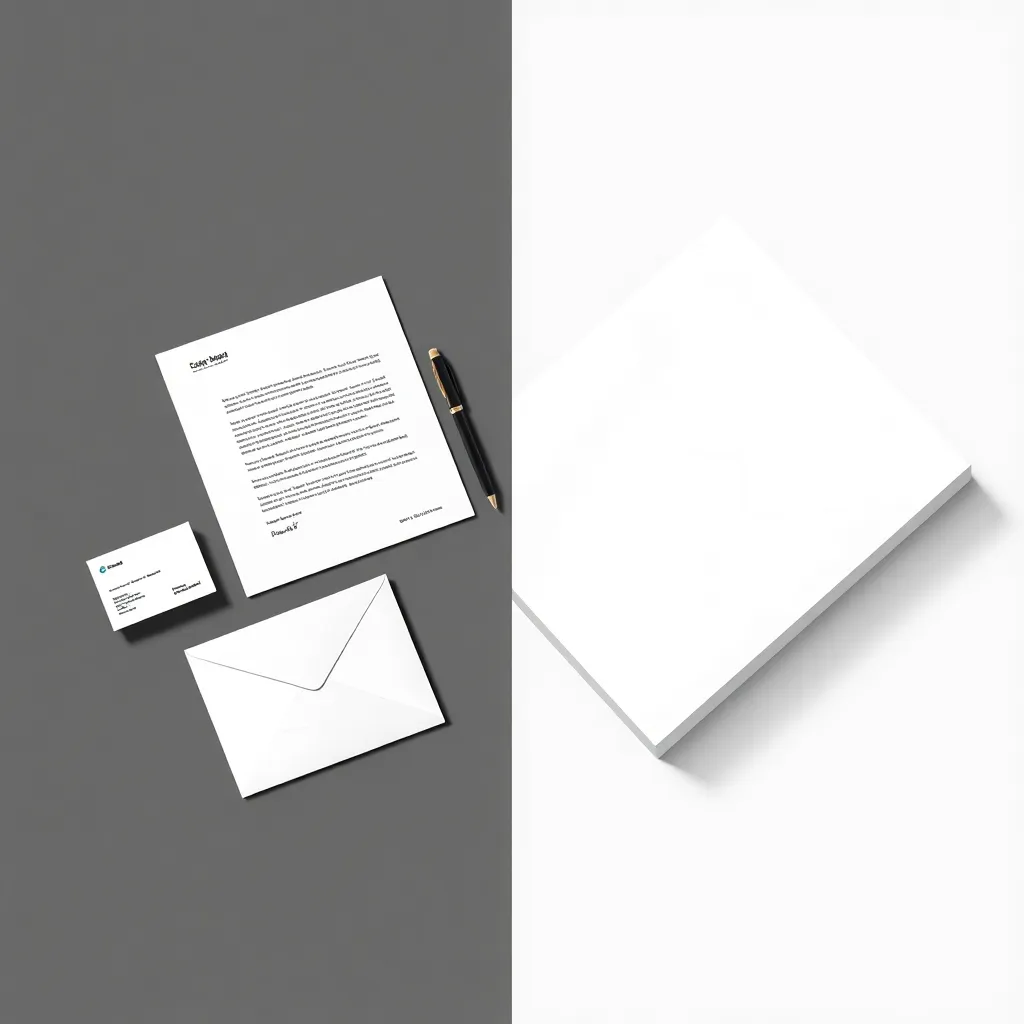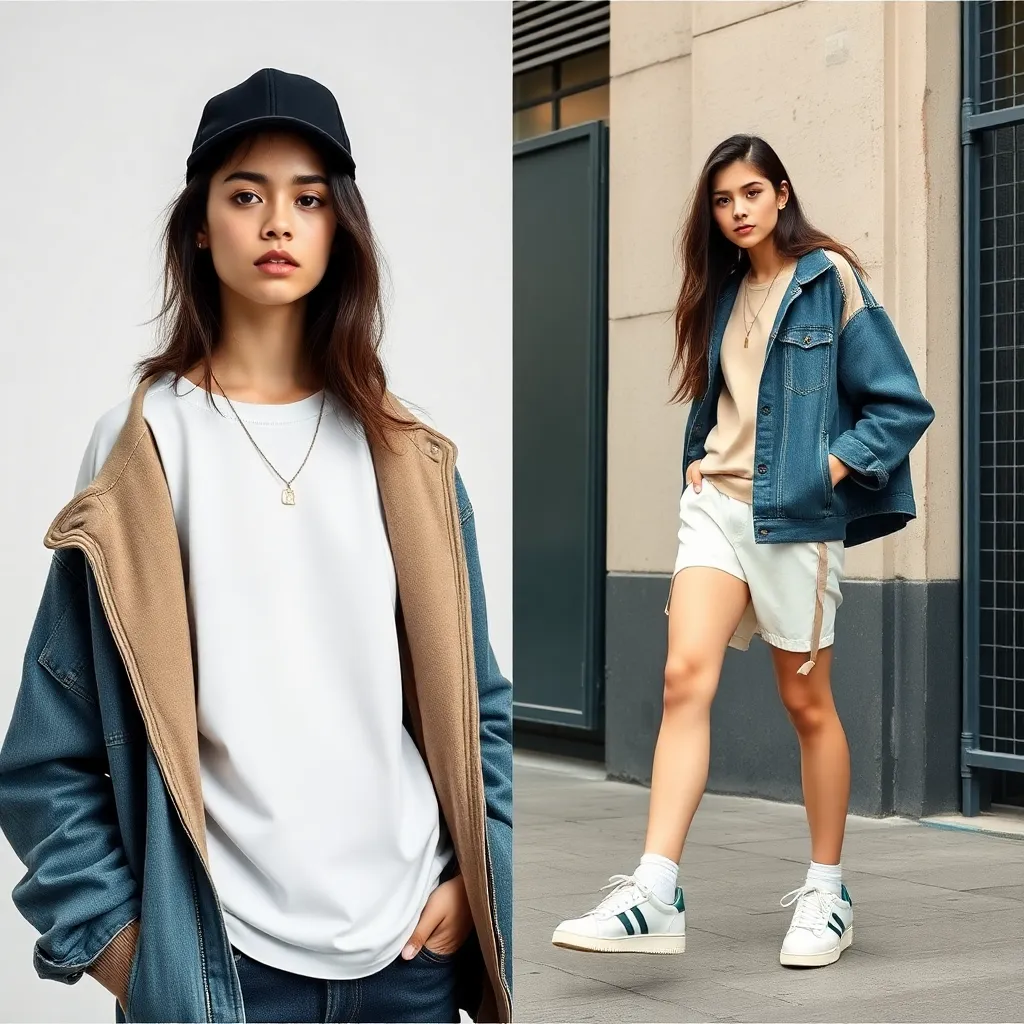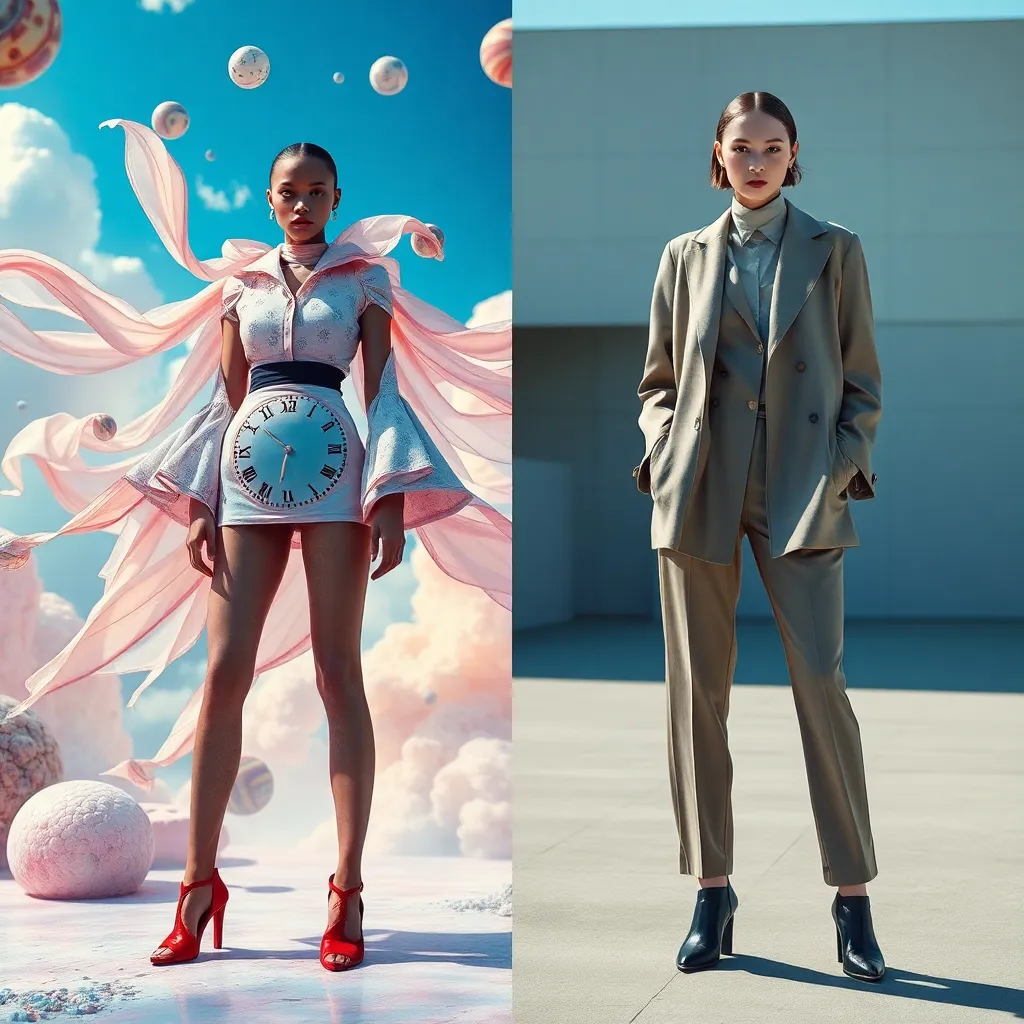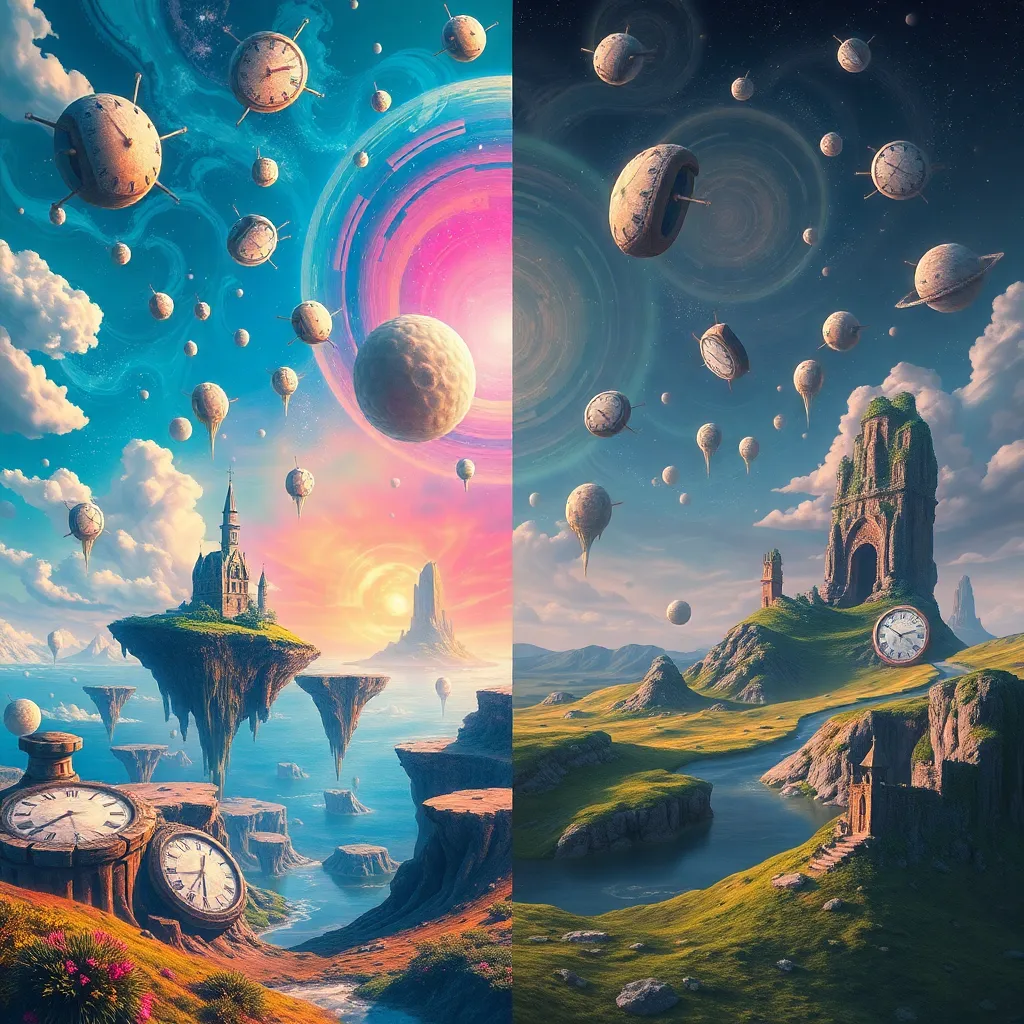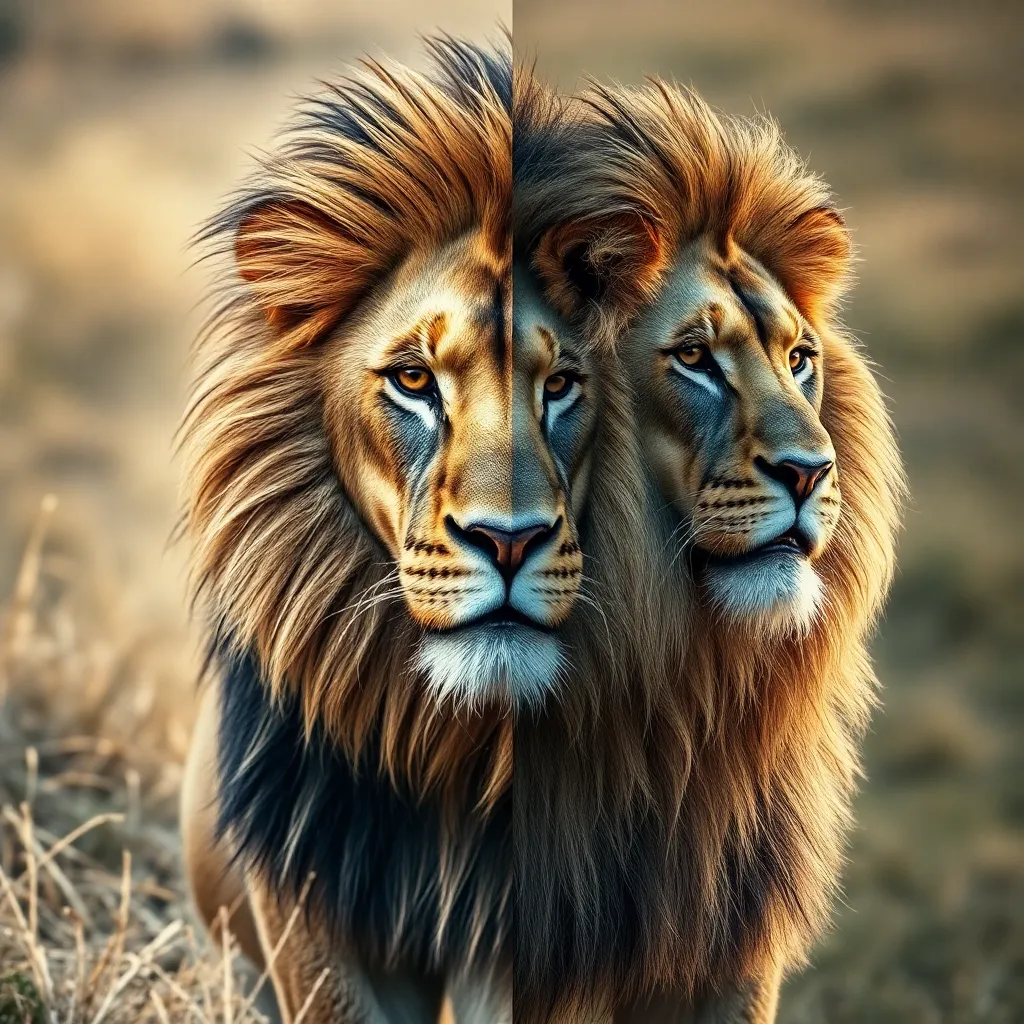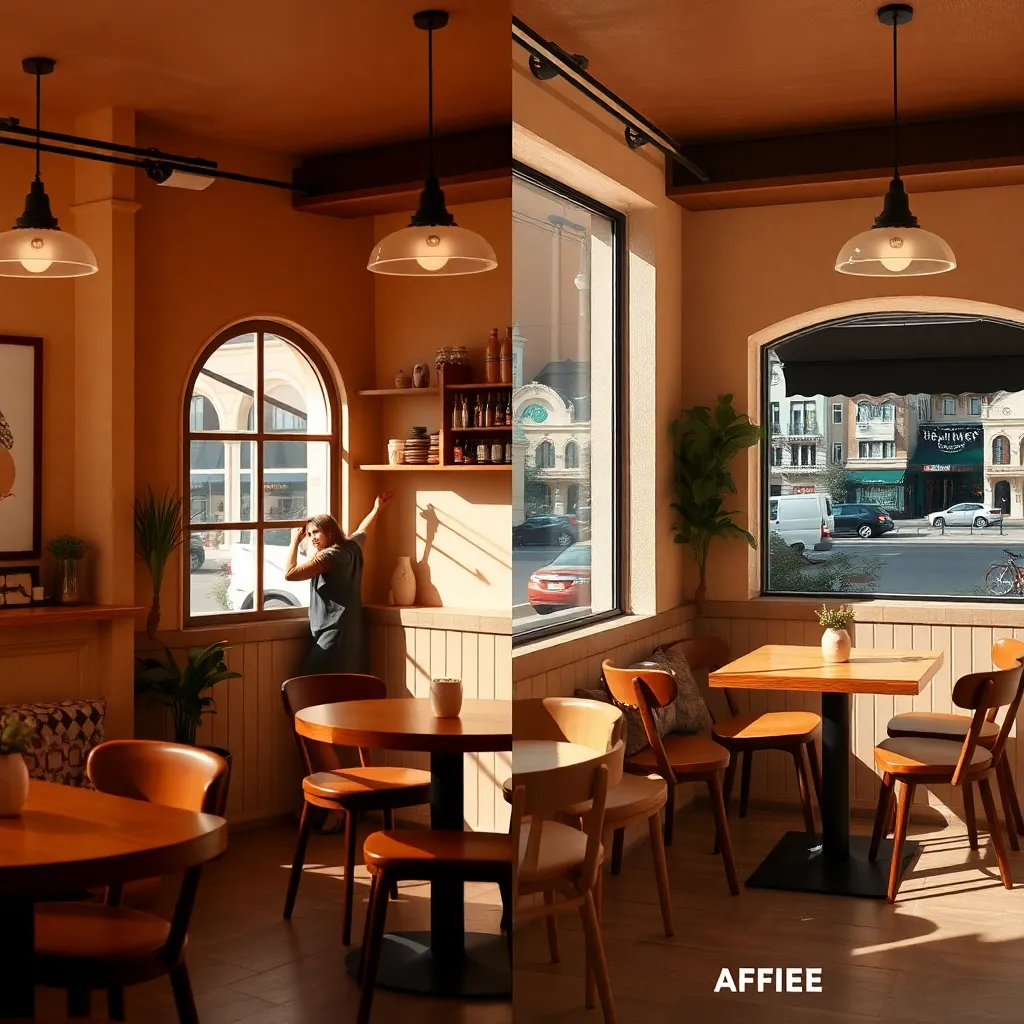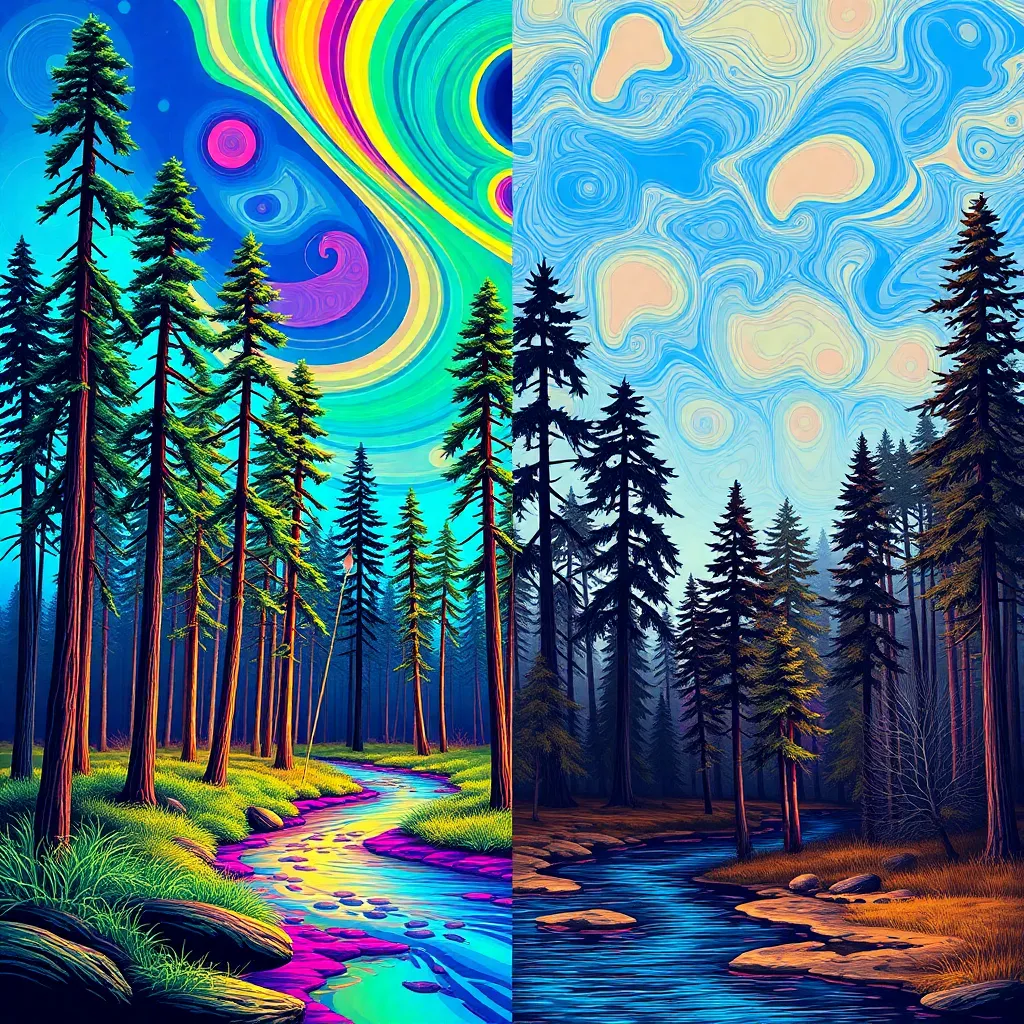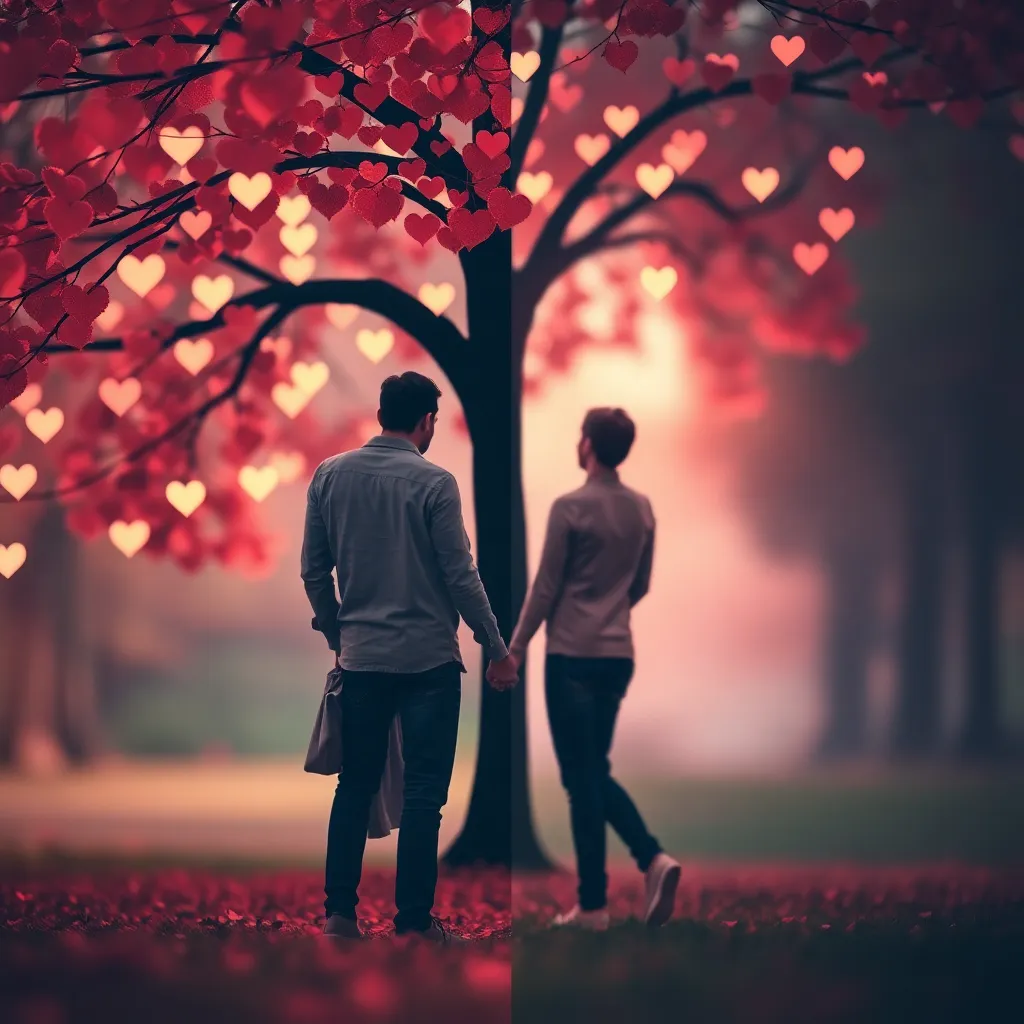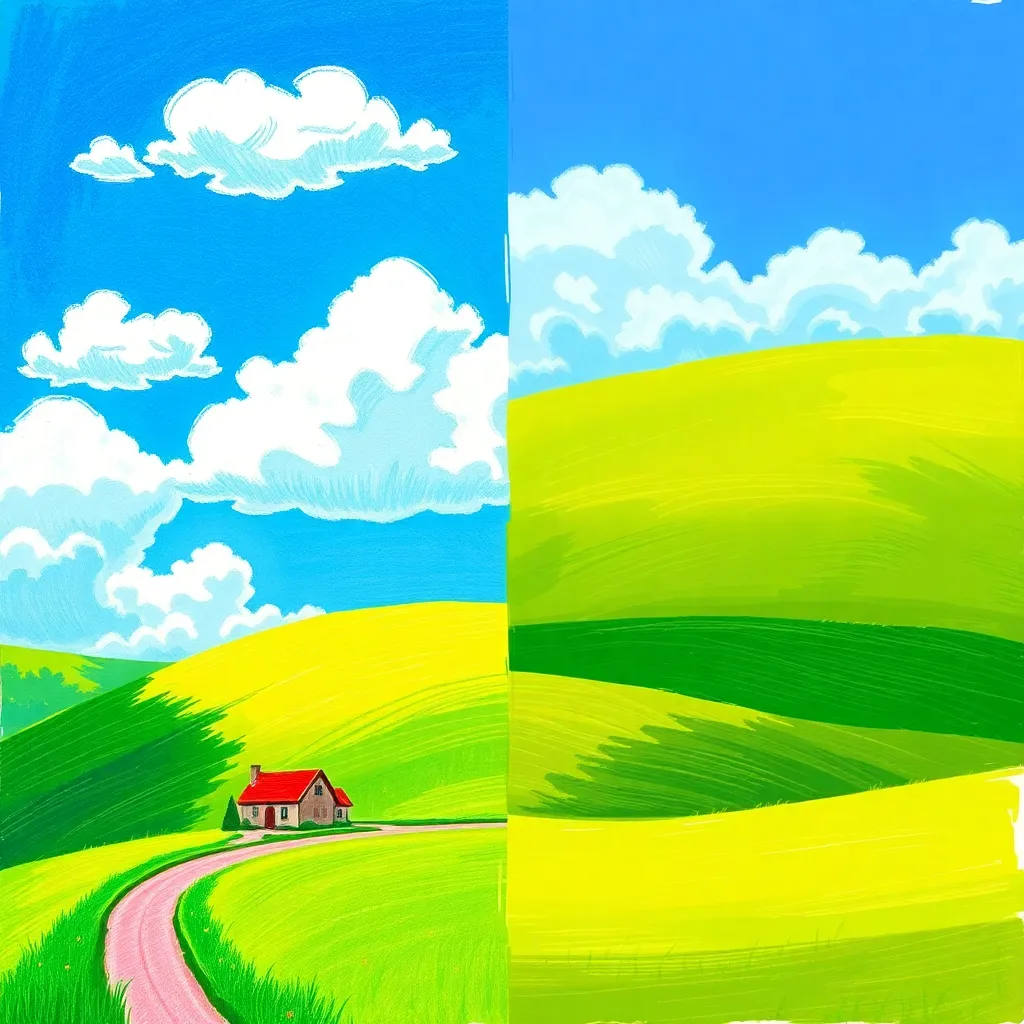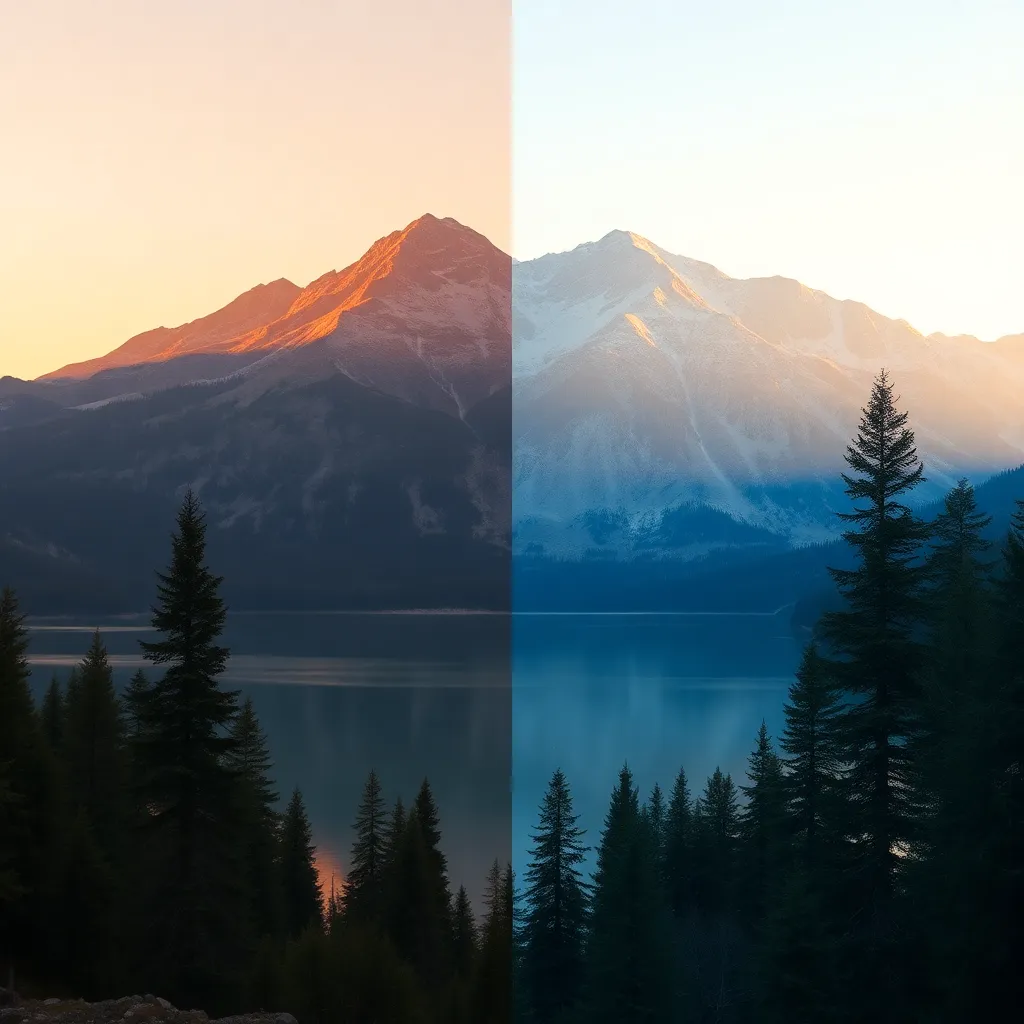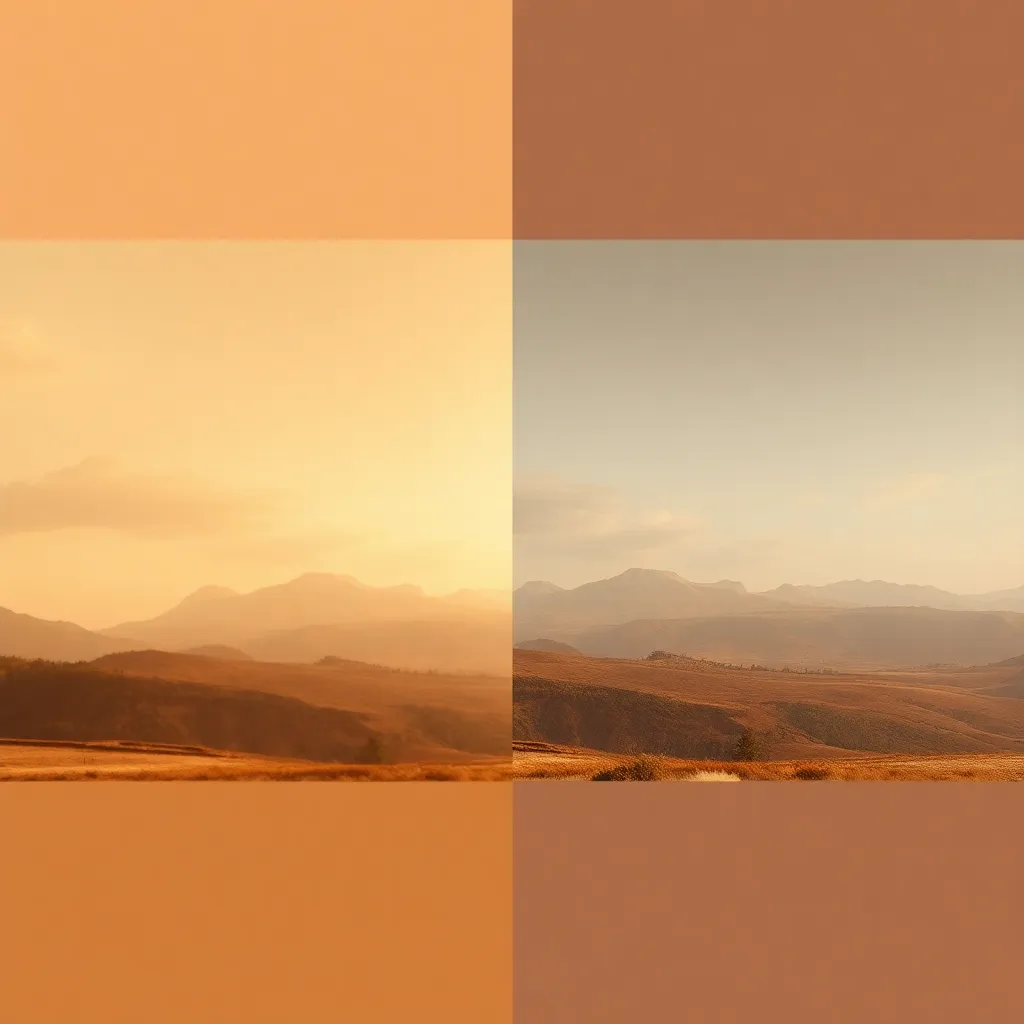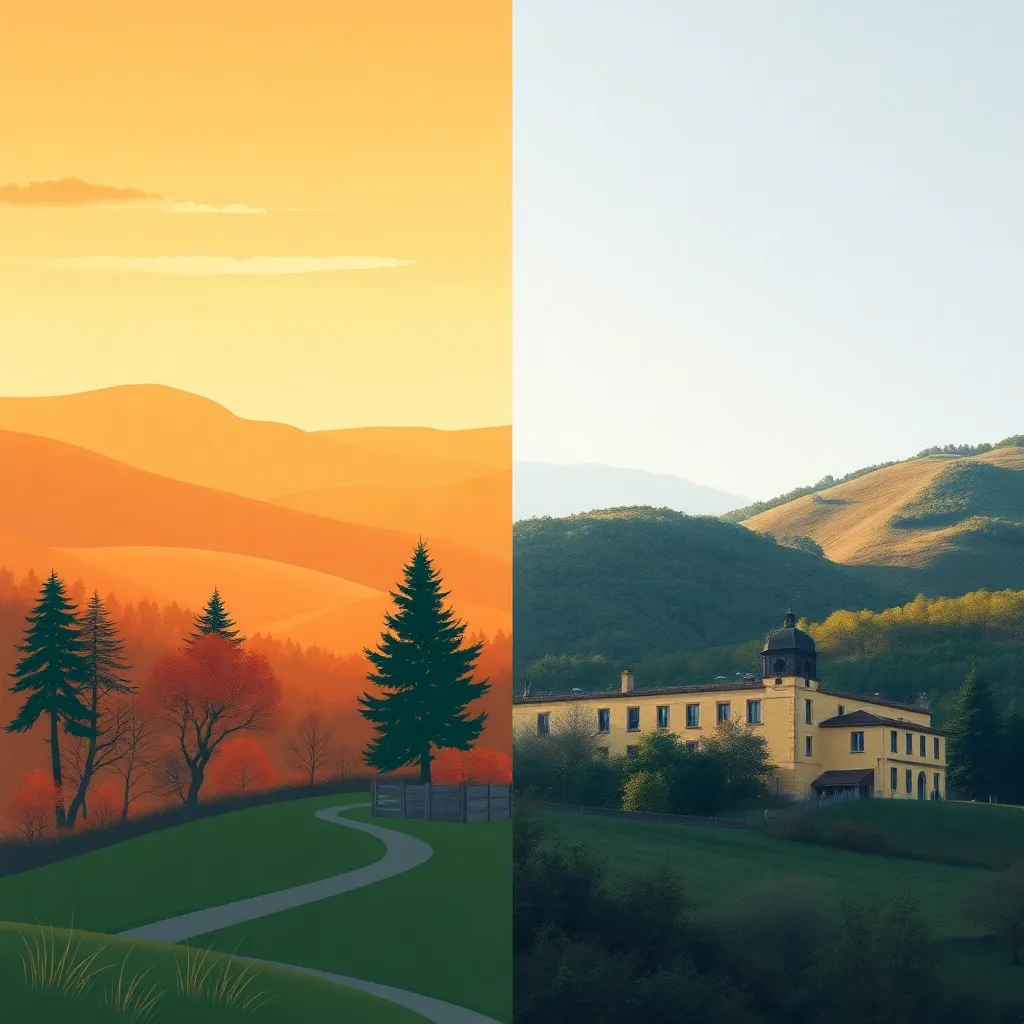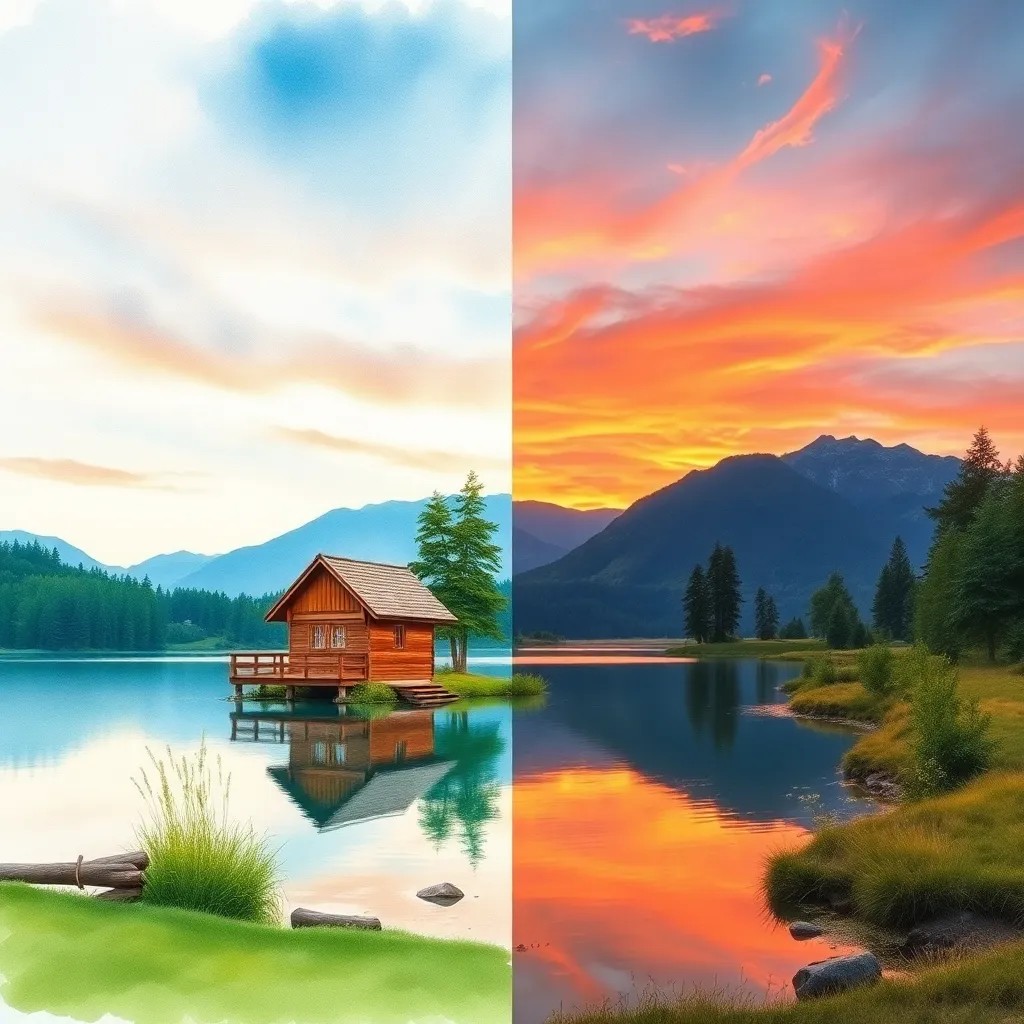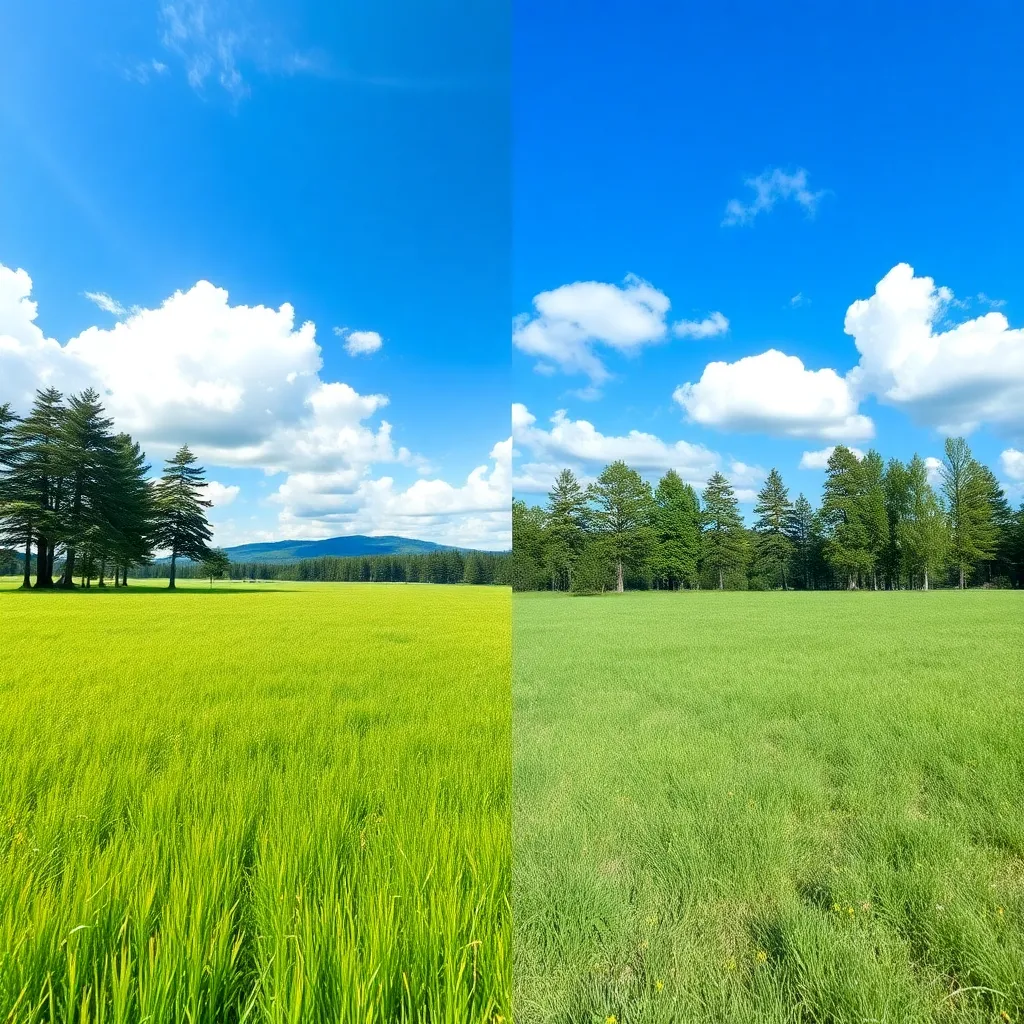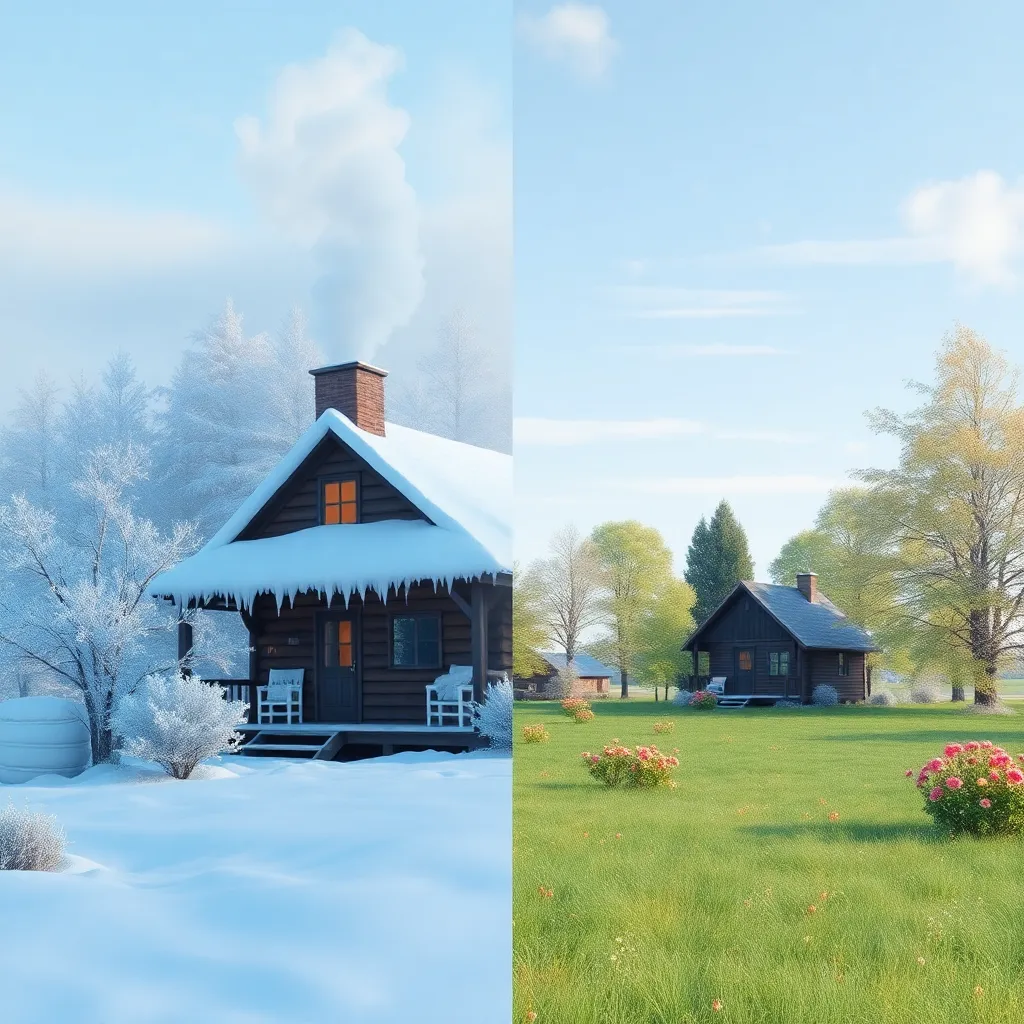What is Overpainting Style? Description and History
Overpainting Style is a visually striking photographic effect that imitates the dynamic brushwork and textural richness of traditional painting. Characterized by bold, visible brushstrokes, layered pigments, and painterly textures, Overpainting Style transforms ordinary photographs into expressive artworks. The effect draws inspiration from classic and contemporary painting techniques—such as those found in Impressionism, Expressionism, and Abstract Art—where emotional expression and tactile surface play a central role.
The origins of Overpainting in art trace back centuries, with artists applying new layers over earlier compositions to develop texture, depth, and meaning. In digital photography and AI-powered image processing, Overpainting Style emerged as a way to bridge fine art and photography, enabling photographers and creators to infuse their work with painterly qualities once exclusive to the canvas. Today, both digital artists and photographers use Overpainting Style to create images that evoke the emotional depth and handcrafted feel of original paintings.
Who Uses Overpainting Style?
Overpainting Style has found enthusiastic adoption across a range of creative fields:
- Fine Art Photographers: Gallery artists and contemporary photographers use Overpainting Style to elevate portraits and landscapes, blurring the line between photo and painting.
- Editorial and Commercial Creators: Art directors, magazine editors, and brands leverage Overpainting Style for magazine spreads, advertising campaigns, and promotional visuals to catch the viewer’s eye.
- Book and Album Designers: Publishers and musicians commission Overpainting-inspired covers to give literary works and albums a unique, expressive identity.
- Content Creators and Social Influencers: Bloggers, illustrators, and digital creators use Overpainting Style to stand out on social media with visually distinctive, artistic content.
- Interior Designers: Wall art for homes, hotels, and offices often features Overpainting Style landscapes or portraits for an upscale, gallery-like ambiance.
How Does Overpainting Style Enhance Photos?
The Overpainting Style effect enhances photographs by:
- Adding Expressive Texture: Painterly brushstrokes and layered textures introduce tactile depth, making images feel more tangible and emotionally resonant.
- Amplifying Color and Mood: Through custom color palettes and bold pigment application, Overpainting Style can heighten drama, evoke specific emotions, or create a dreamy, surreal atmosphere.
- Transforming Reality: By abstracting detail and emphasizing form, Overpainting Style elevates ordinary scenes into works of fine art, allowing viewers to see familiar subjects in a new way.
- Creating Artistic Uniqueness: Each Overpainting transformation is unique, ensuring that even common subjects become visually original and compelling.
- Blending Photo and Painting: This effect bridges photography and painting, opening new creative possibilities and expanding artistic expression beyond traditional boundaries.
Use Cases of Overpainting Style in Photography
Overpainting Style is remarkably versatile. Here are key scenarios where it shines:
1. Artistic Portraits for Gallery Exhibition
By transforming a standard portrait into a painterly composition, Overpainting Style adds depth, personality, and presence. The expressive brushwork and textured details elevate the subject, making the image suitable for gallery display or fine art prints.
2. Dramatic Landscapes for Wall Art
Landscapes rendered in Overpainting Style become vibrant, emotionally charged works of art. The effect highlights natural beauty, sky drama, and topographical features, making these images ideal as large-format wall art or decor pieces.
3. Fashion Photography for Magazines
In editorial fashion, Overpainting Style introduces a creative twist, merging high-fashion photography with the sensibility of modern art. The result is magazine spreads that are memorable, bold, and visually stunning.
4. Album and Book Covers
Album and book covers benefit from the abstract, expressive qualities of Overpainting Style, helping products stand out on shelves and digital platforms. The painterly effect conveys sophistication and creativity, aligning with music or literary themes.
5. Editorial Illustrations
Publications use Overpainting Style for story-driven visuals, where painterly textures and expressive color layers enhance narrative depth and aesthetic appeal.
Brands and influencers employ Overpainting Style to differentiate their visual identity, creating posts and campaigns that command attention and foster engagement.
Pro Tips for Using Overpainting Style & Conclusion
1. Choose the Right Subject: Portraits, landscapes, and still lifes with strong shapes and defined contrast work best, as painterly textures emphasize form and movement.
2. Adjust Effect Intensity: Use editing tools or AI generators to control brushstroke size, density, and texture strength for either subtle nuance or full artistic transformation.
3. Pair with Minimalist Layouts: Let the artwork breathe by using simple backgrounds and layouts, allowing Overpainting Style’s detail and texture to take center stage.
4. Mind the Color Palette: Experiment with color harmonies and contrasts to suit the mood and purpose of your image, whether dramatic or subdued.
5. Print with Care: For physical art, use high-quality printing on textured or canvas-like paper to enhance the painterly illusion.
Conclusion:
Overpainting Style unlocks a world of expressive possibilities for photographers, artists, and brands. By fusing the tactile vibrancy of painting with the immediacy of photography, it transforms ordinary images into extraordinary works of art. Whether for fine art, editorial, or commercial use, Overpainting Style invites viewers to experience photography in an entirely new, emotionally charged way. Try it in your next project and discover the artist within your camera!
